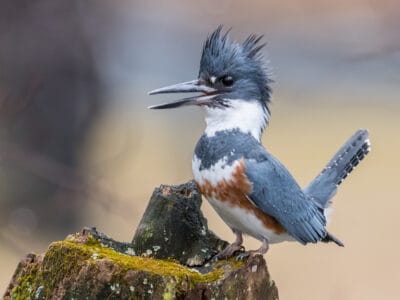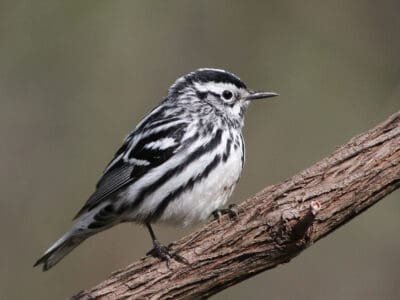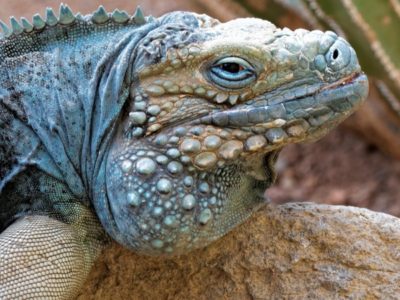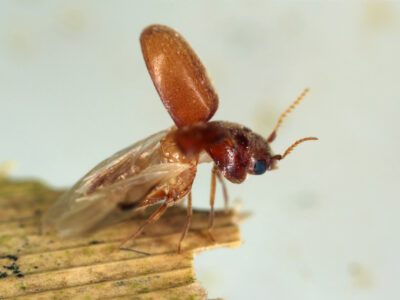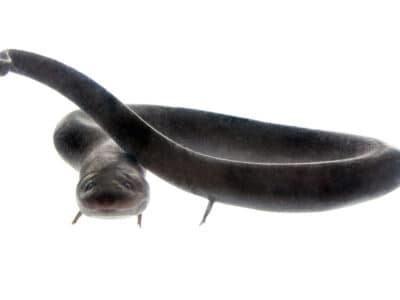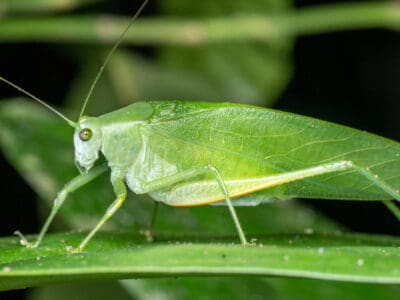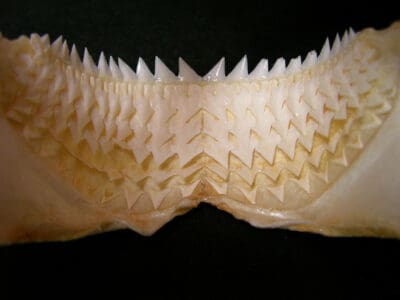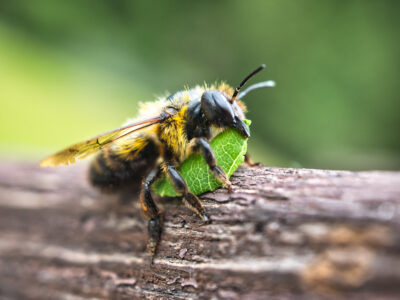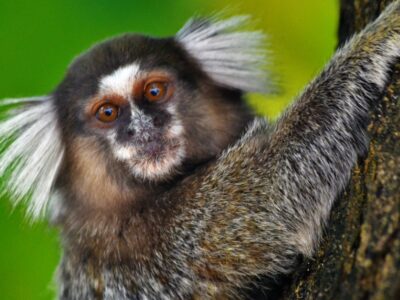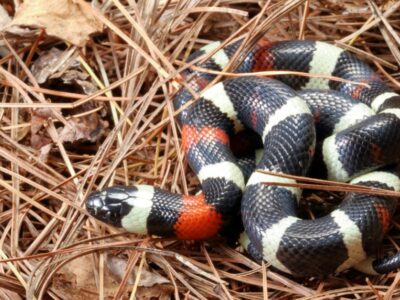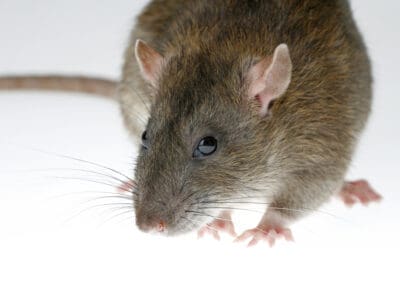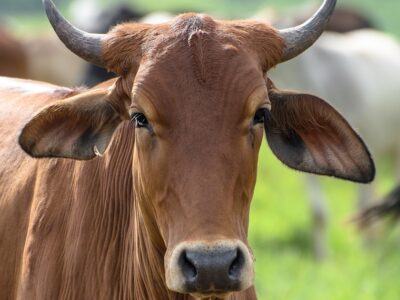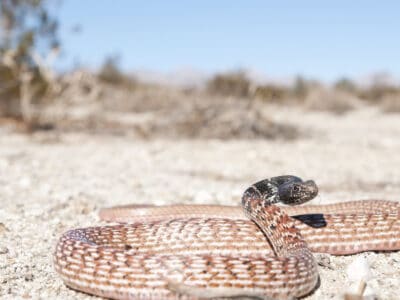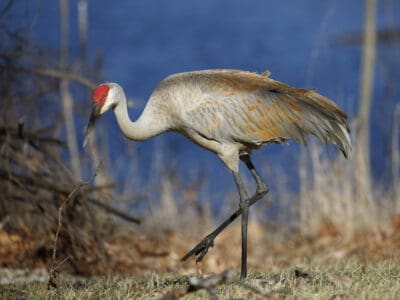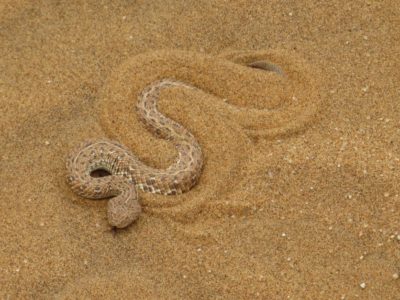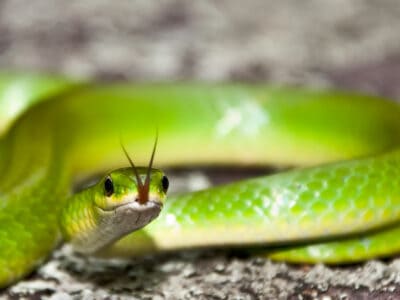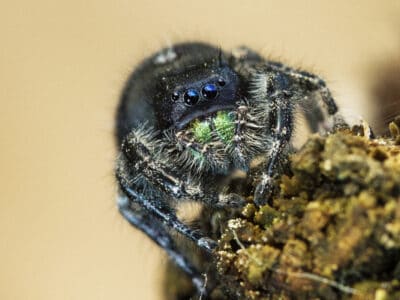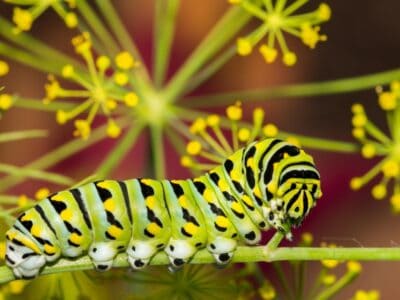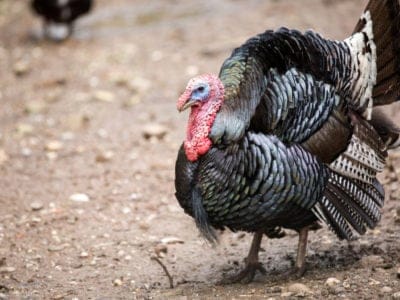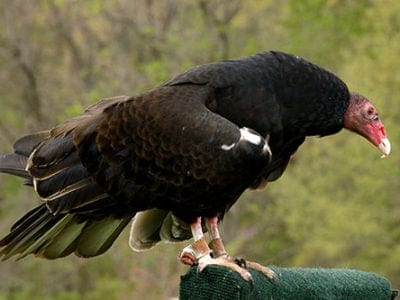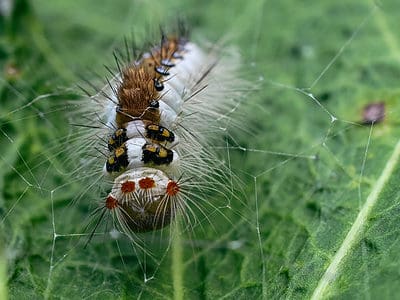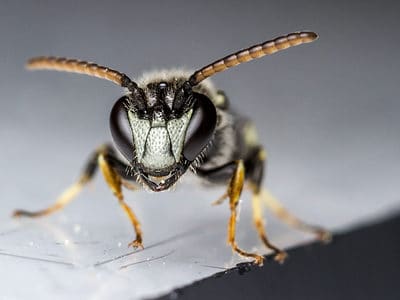Below you can find a complete list of types of animals found in Central America. We currently track 572 animals in Central America and are adding more every day!
The term Central America refers to Belize, Costa Rica, El Salvador, Guatemala, Honduras, Nicaragua, and Panama. This region connects North America to South America. It is bordered by the Pacific Ocean to the west and the Caribbean Sea to the east. With its many miles of coastline, acres of tropical forest, and centuries of unspoiled growth, Central America is an important biodiversity hotspot containing more than 7% of the earth’s biodiversity.
What Are the National Animals of Central American Countries?
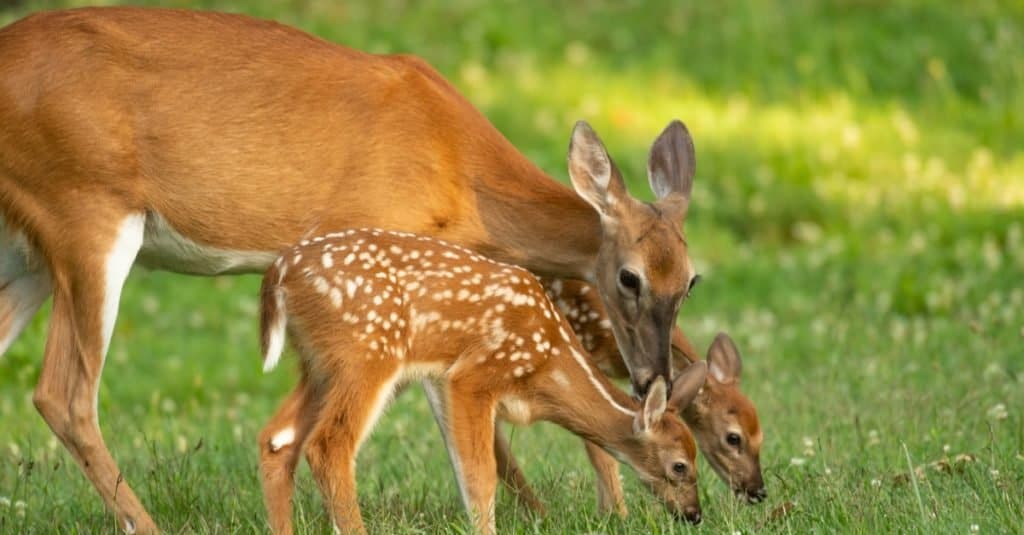
A white-tailed deer is the national animal of both Costa Rica and Honduras.
©Tony Campbell/Shutterstock.com
Many countries select a national animal as a symbol to represent their nation. This is often done in order to honor the unique biodiversity of the country and its culture. The choice of an animal can be significant, with some animals being seen as symbols of strength, courage, or even luck.
National animals are usually featured prominently on flags or other national emblems. In addition, many countries have laws that protect their national animal from harm or hunting in order to preserve them for future generations.
By selecting a national animal, each country is able to recognize and celebrate the special wildlife within its borders and promote environmental conservation efforts. While many of the countries share similar types of animals, they all have differing national animals. Here are a few:
- Belize: Mountain tapir.
- Costa Rica: White-tailed deer.
- El Salvador: Torogoz.
- Guatemala: Quetzal.
- Honduras: White-tailed deer.
- Nicaragua: Guardabarranco.
- Panama: Harpy eagle.
Where To Find the Top Wild Animals in Central America
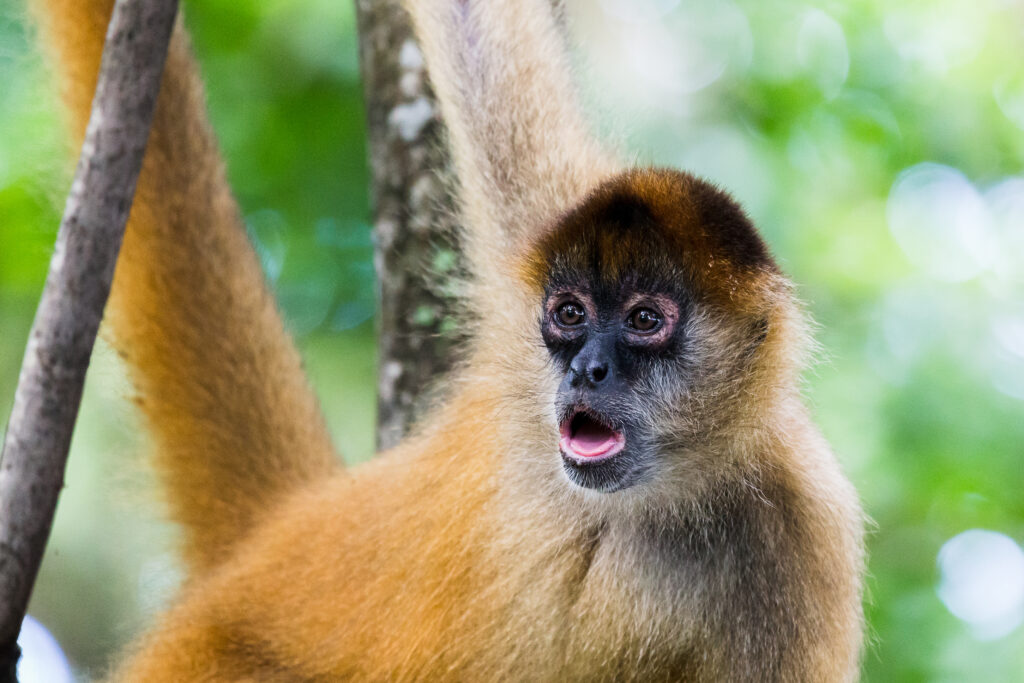
You can see many types of monkeys, like this spider monkey, at wildlife sanctuaries in Central America.
©Jason Wells/Shutterstock.com
Central America is home to a variety of wildlife, including endangered species such as jaguars, sea turtles, and monkeys. As such, many countries have established national parks, marine reserves, and wildlife sanctuaries in order to protect these animals from poaching and other threats. This has allowed visitors the opportunity to experience the beauty of Central American nature firsthand while also helping to preserve it for future generations.
Eco-tourism is becoming increasingly popular in Central America due to its ability both economically benefit local communities by providing jobs related to tourism as well as preserving their unique natural resources. Many of the eco-tours available take visitors on guided hikes through pristine rainforests or boat rides along mangrove estuaries, where they can observe some of the region’s most iconic animals up close. Tourists are educated about how their presence helps support conservation efforts before being taken back into town with newfound knowledge and appreciation for what makes Central America so special.
Here are some well-known places to visit animals in Central America.
- Cockscomb Basin Wildlife Sanctuary in Belize is the world’s first jaguar preserve. It is a sanctuary for hundreds of birds, mountain tapirs, deer, and other wildlife.
- Tikal National Park in Guatemala is home to the greatest Maya ruins and a sanctuary for endangered tropical birds, jaguars, and other animals.
- Arenal National Park in Costa Rica is a protected area for more than 800 bird species, endangered wildlife, and reptiles.
- Cerro Azul de Copan National Park in Honduras protects a cloud forest in the Honduran mountains. It is a protected area for many bird and wildlife species.
- Volcan Baru National Park in Panama is on Panama’s only volcano. Guacha Island wildlife reserve is an island of Gatun Lake, one of the largest lakes in Central America.
Native Birds
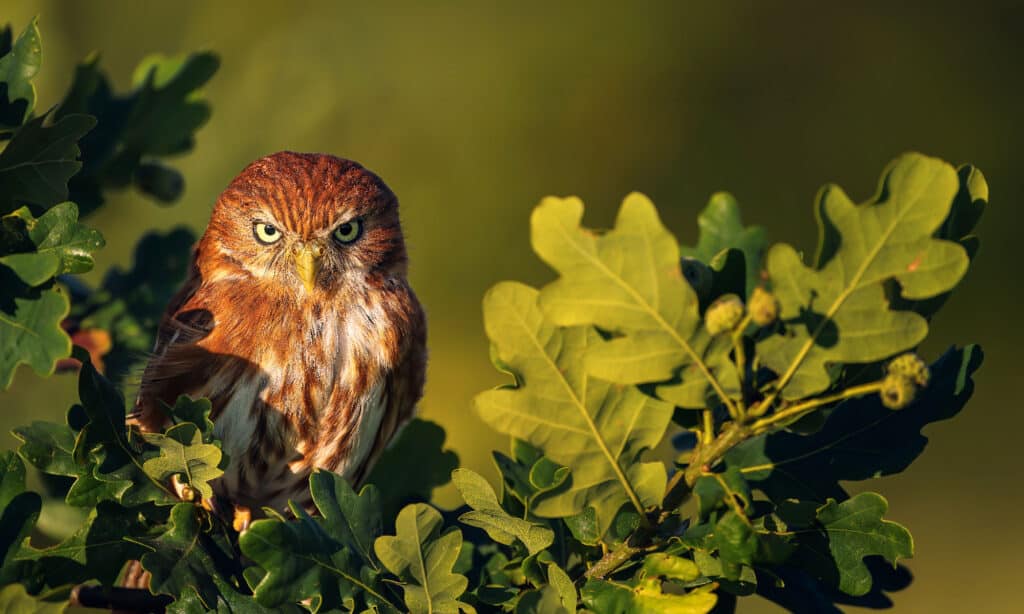
Pygmy owls are just one of the many beautiful birds found in Central America.
©Jan Stria/Shutterstock.com
Various habitats make up the region of Central America, as it is a string of several countries bridging South America to North America. As a result of the differing environments, Central America has a vast variety of wildlife, making it one of the most biodiverse zones in the world.
From the American Cordillera mountain range to Pacific lowlands to volcanoes, extraordinary avifauna is especially prevalent in this part of the world, seen flying the open skies and enjoying the vegetation. Below is a list of Central American countries and some of the most unique bird species found there.
Guatemala
- 750 bird species
- National bird: resplendent quetzal
- Unique species: Guatemalan pygmy owl, pink-headed warbler, keel-billed toucan, ocellated turkey, wine-throated hummingbird
Costa Rica
- 850 bird species
- National bird: clay-colored thrush
- Unique species: violaceous trogon, blue-crowned motmot, scarlet macaw, great green macaw, golden-hooded tanager
Belize
- 580 bird species
- National bird: Keel-billed toucan
- Unique species: Harpy eagle, red-footed booby, great egret, magnificent frigate bird, jabiru stork
Honduras
- 770 bird species
- National bird: Scarlet macaw (guaras)
- Unique species: Honduran emerald, green-breasted mountain gem, highland guan, ocellated quail
Panama
- 1,000 bird species
- National bird: Harpy eagle
- Unique species: golden-green woodpecker, rufous-winged ant wren, bare-crowned antbird, spectacled owl, today motmot
Nicaragua
- 783 bird species
- National bird: Guardabarranco (torogoz)
- Unique species: Lineated woodpecker, Lesson’s motmot, bushy-crested jay, white-collared manakin, crowned woodnymph
Traveling Central America is a dream for birders worldwide, experiencing the multitudes of avifauna, as well as their breathtaking habitats. Unfortunately, deforestation has diminished the natural homes of many birds, limiting their existence to conserved and protected areas.
Native Fish
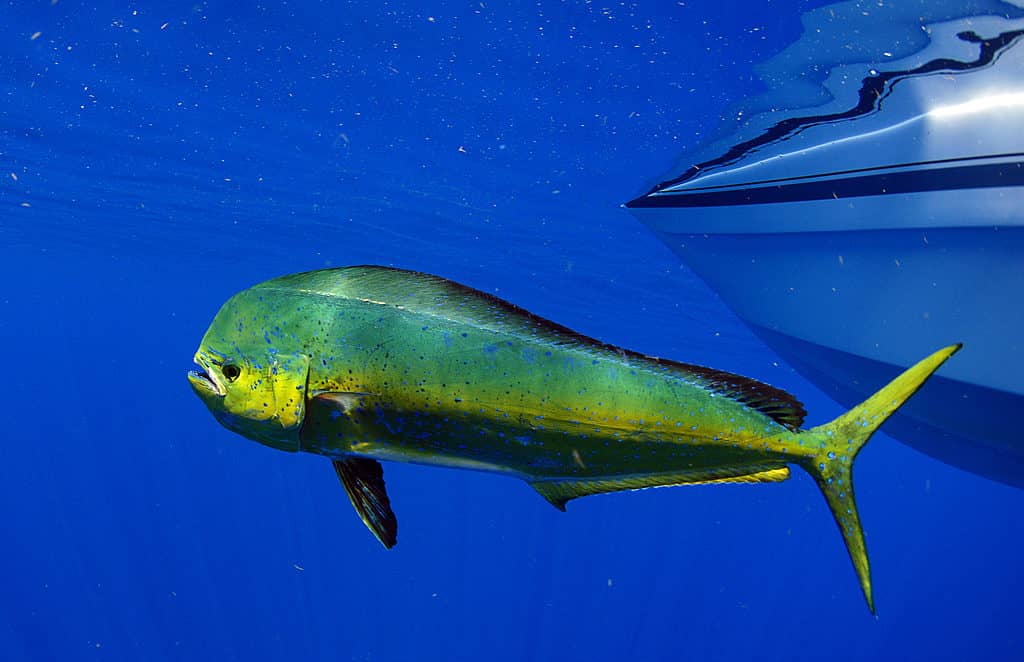
Mahi Mahi is also called dolphinfish. They live in the warm waters surrounding Central America.
©FtLaud/Shutterstock.com
Almost every country within the region of Central America is bordered by both the Caribbean and the Pacific Oceans, warm waters home to multitudes of fish species. Avid sports fishermen come from around the world to catch sailfish, marlin, tuna, dorado, and wahoo. The most popular offshore fishing sites are found on the Pacific side, resulting from Californian Current meeting the southern, Peru Current.
Other types of fishing are highly popular in the region, as well, thanks to the various environments. The saltwater flats of Belize are especially alluring to fly fishermen looking for bonefish, tarpon, and permit. Fly fishing can also be done from the coastlines for billfish of huge sizes.
The Pacific Shoreline of Central America is also called the “Ring of Fire” as a tribute to its volcanic nature that gives rise to reefs, rocky outcroppings, pinnacles, and islands. These differing territories make the perfect inshore fishing spot, particularly in Costa Rica, Belize, and Panama. Game fish found here include jacks, roosterfish, mackerel, and snappers.
Freshwater fishing can prove the most enjoyable, with views surpassing that of the oceans surrounding Central America. Freshwater sources are found running through jungles, at the bases of volcanoes, and surrounded by other magnificent wildlife. Many species of bass, gar, snook, and mojarra are often caught in these environments.
Overall, Central America is the ideal destination for fishing with a view, whether it be in the oceans or rivers of the surrounding countries. Unlike other places, fishing is productive year round, weather permitting. Some of the most exciting catches include:
- Billfish
- Dorado
- Yellowfin Tuna
- Bass
Native Snakes
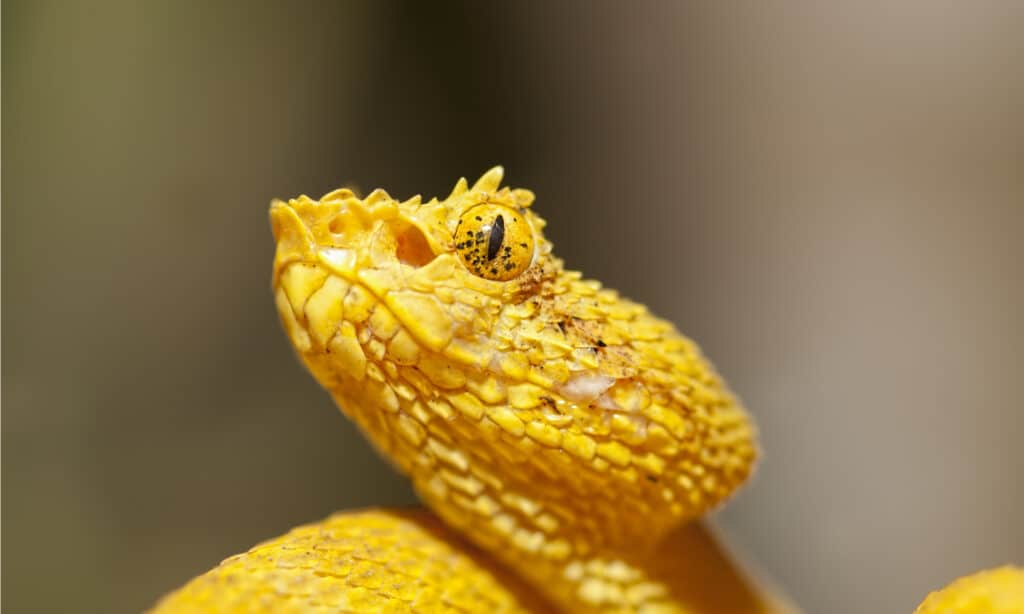
The Eyelash Viper has a distinct set of scales above their eyes that look like bold eyelashes. They thrive throughout Central America.
©Roy H./Shutterstock.com
Snakes play an important role in the Central American ecosystems, both as predators and prey. Non-venomous snakes can be found throughout the region, including species like boa constrictors, king snakes, rat snakes, and gopher snakes.
Venomous species are also common in Central America, including several pit vipers such as bushmasters and fer-de-lances, various coral snake species, and sea snakes that make their home in coastal waters.
All of these reptilian creatures have adapted to life among humans both on land and at sea. However, some populations may be threatened by habitat destruction or overhunting for food or traditional medicine ingredients.
Some of the most notable snake species are:
- Bushmaster — largest snake in Central America
- Fer-de-lance — most dangerous snake in Central and South America
- Eyelash viper — various coloration such as yellow, teal, or green with eyelash-like protrusions above eyes
Snake bites are not common in Central America but do occur. If bitten, seek medical treatment immediately regardless of toxicity, as allergies or reactions may still arise.
3 Largest Animals in Central America
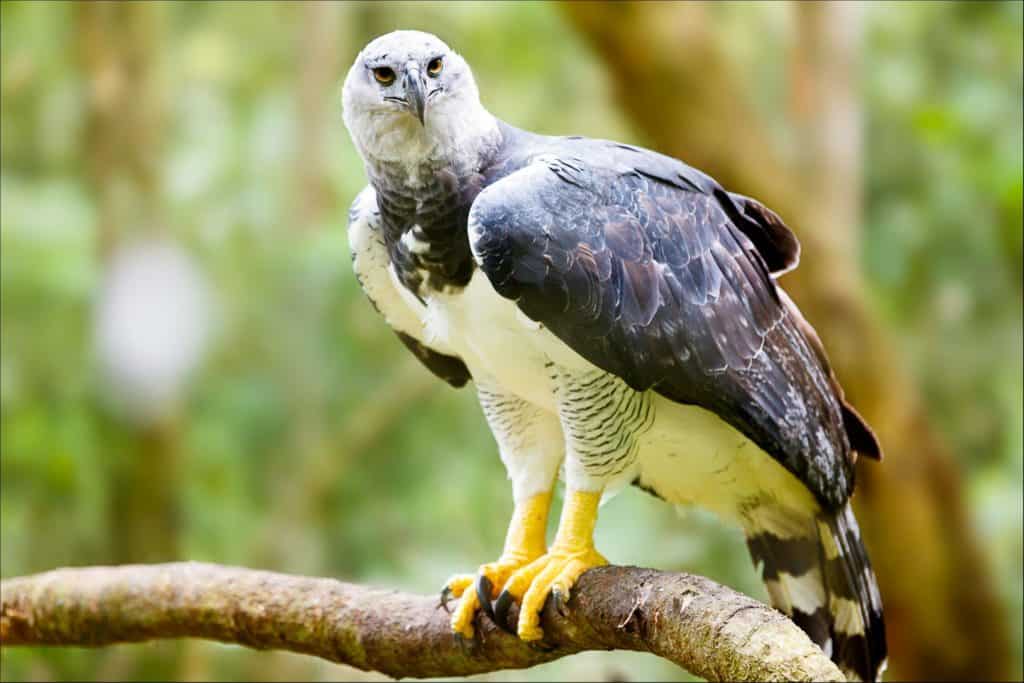
Harpy eagles are one of the largest animals in Central America, with a wingspan of up to 7 feet!
©MarcusVDT/Shutterstock.com
The three largest animals in Central America are Baird’s tapir, jaguar, and harpy eagle. The Baird’s tapir is the largest land mammal of Central America, weighing up to 550 pounds and reaching lengths of 6 feet. They make their homes in lowland forests near rivers or swamps for easy access to water sources. These tapirs have a unique mask-like pattern on their faces that helps identify individuals from one another.
The jaguar is the second biggest animal found in Central America and can weigh up to 250 pounds, with its body length reaching 4 feet long. This apex predator prefers habitats like a tropical rainforest but also ventures closer to human settlements as they expand into new areas looking for food sources such as deer or wild pigs. It has excellent night vision which allows it to hunt at night when most other animals have gone into hiding.
Finally, the harpy eagle is believed by many locals to be the king of birds due to its impressive size and strength. With wingspans between 5-7 feet long and weighing an average of 20 pounds, this eagle certainly lives up to its reputation! Unlike many other eagles, these birds prefer dense jungles where they build nests high up in tree tops, making them hard to see until you look closely at treetops while out on nature walks or hikes.
3 Rarest Animals in Central America
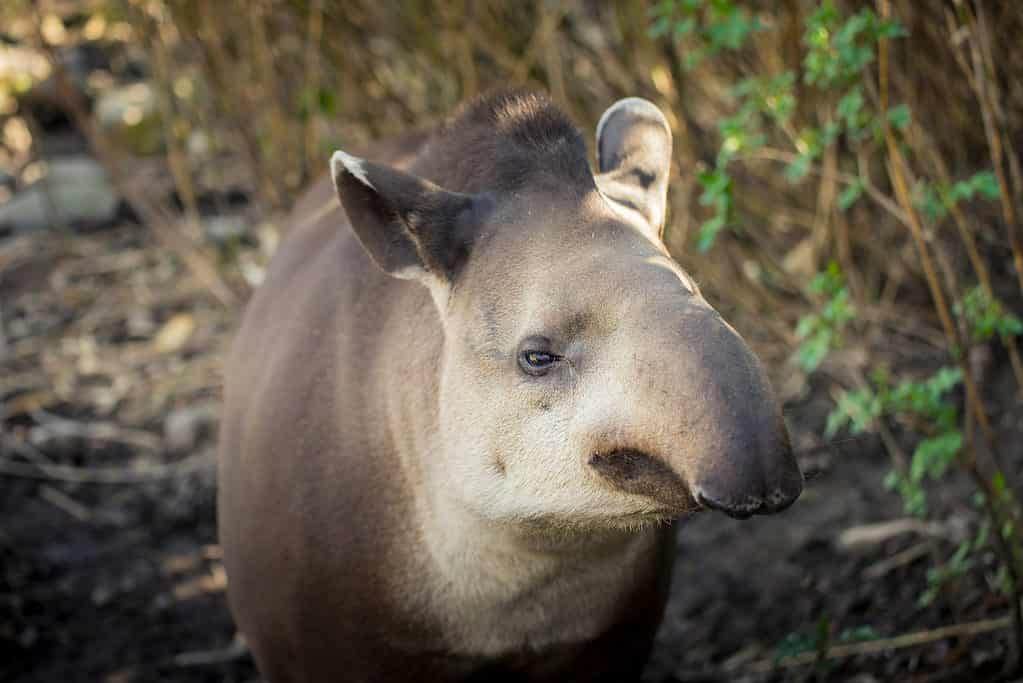
The national animal of Belize is Baird’s Tapir. It is now a critically endangered species.
©Silvia.cozzi/Shutterstock.com
The rarest animals in Central America are the Mexican spider monkey, the horned guan, and Baird’s tapir. The Mexican spider monkey is a critically endangered species of monkey native to Mexico and Central America. It has long arms for swinging from tree branches and a prehensile tail that it uses as an extra hand. Its habitat includes wet tropical lowland forests with abundant trees for climbing.
The horned guan is another critically endangered species found in central Mexico and Guatemala. Its distinguishing feature is its two large horns on its head which stand erect when displaying aggression or courtship behavior. This bird inhabits humid montane forests located at fairly high elevations, where it feeds mainly on fruits, nuts, leaves, and flowers.
Finally, the Baird’s Tapir is an extremely rare mammal native to Central America whose population remains dangerously low due to hunting pressure as well as habitat destruction caused by deforestation. This tapir lives in dense jungle areas near rivers where they can find food such as grasses, aquatic vegetation, fruits, and insects while also having access to pools of water for swimming or wallowing during hot days. Although their numbers remain low today due to human activity, conservation efforts have seen some success recently thanks to wildlife reserves established across many parts of Central American countries like Nicaragua or Costa Rica.
The Most Dangerous Animals in Central America
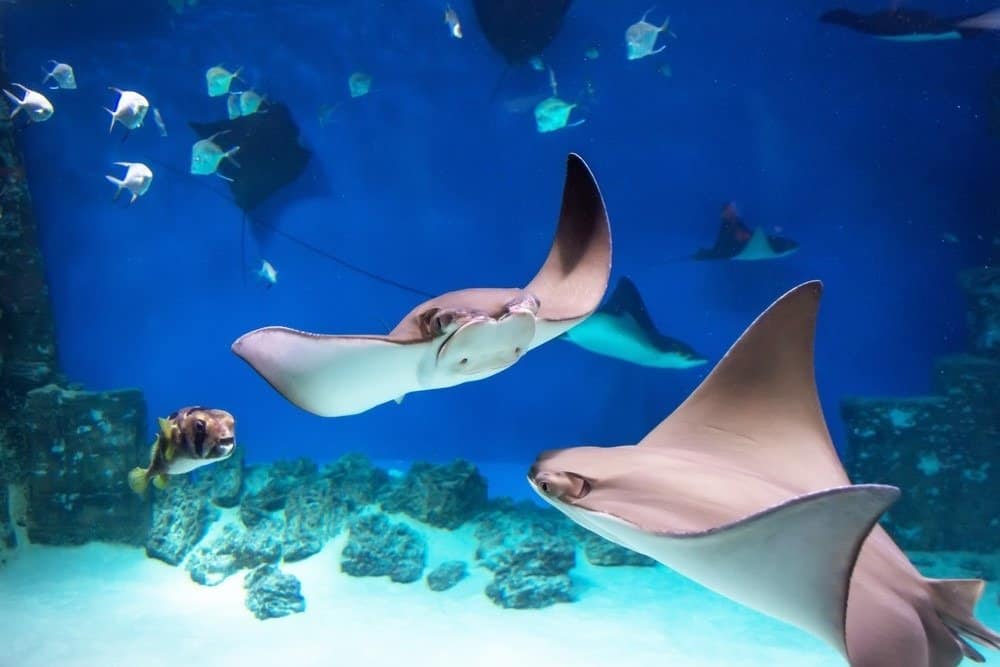
Stingrays live in the waters of Central America.
©aapsky/Shutterstock.com
Central America is home to a wide variety of dangerous animals, including insects, reptiles, and fish. While some of these creatures may only pose a slight risk to humans, others can be deadly if encountered in the wild.
Insects such as scorpions and centipedes are common throughout Central America and can deliver painful stings or bites that could require medical attention. Venomous spiders like the brown recluse spider are also present in the region and should be avoided at all costs due to their potentially severe symptoms.
Reptiles like crocodiles, caimans, and sea turtles have inhabited Central American waters for centuries but can still pose serious risks when encountered by unsuspecting swimmers or fishermen. Some local rivers contain large numbers of these aquatic predators, which should always be treated with caution when near them in water or on land.
The Caribbean Sea off Central America’s coast is known for its many species of venomous fish, such as stingrays, lionfish, stonefish, and moray eels. They can inflict incredibly painful injuries with their spines or teeth if stepped on or touched accidentally underwater. In order to avoid any potential conflicts with these animals, it’s important to stay vigilant while swimming in open waters around this part of the world!
Here are some examples of harmful types of animals in Central America:
- American crocodile: While not as large or aggressive as its Australian cousin, the American crocodile, also known as the Central American alligator, is dangerous when provoked. Fortunately, these crocodiles prefer smaller prey.
- Venomous snakes: The fer-de-lance viper, which is native to the Central American forests, is one of the world’s deadliest snakes. Central America is also home to the tropical rattlesnake, yellow-bellied sea snake, and the Mexican bearded lizard. They are all highly poisonous.
- Amazonian giant centipede: The world’s largest centipede can reach 14 inches. These long, brightly colored insects kill their prey by injecting venom. Their bite won’t kill you, but it will cause intense pain and swelling.
- Bullet ant: Locals say the sting of this ant is like getting hit by a bullet. It is not fatal, but it will hurt.
- Red-bellied piranha: Piranhas are carnivorous fish that live in the Amazon River and surrounding streams. Piranhas are aggressive, but attacks on humans are rare.
Endangered Animals in Central America

Leatherback sea turtle is an endangered species native to Central America.
©iStock.com/YasserBadr_Beenthere
Central America is home to a wide variety of endangered species, including the jaguar, giant anteater, Baird’s tapir, cougar, Central American river turtle, green sea turtle, hawksbill sea turtle, leatherback sea turtle, and Olive Ridley Sea Turtle.
All of these animals are threatened by the destruction of their habitats due to agricultural development or pollution. Additionally, poaching is also a major problem for many species in Central America due to a lack of enforcement against illegal hunting and trade.
As global temperatures continue to rise due to climate change, it will become increasingly difficult for these animals to survive in their natural habitats. Conservation efforts must be made now if we want future generations to enjoy the beauty and diversity of wildlife in Central America.
Other endangered species include howler monkeys, iguanas, and scarlet macaws, all animals native to Central America. The Bahama Swallow, Bang’s mountain squirrel, big deer mouse, funnel-eared bat, and brown pelican are all animals that may become extinct if current trends continue.
For a complete list, see HERE.
Zoos in Central America
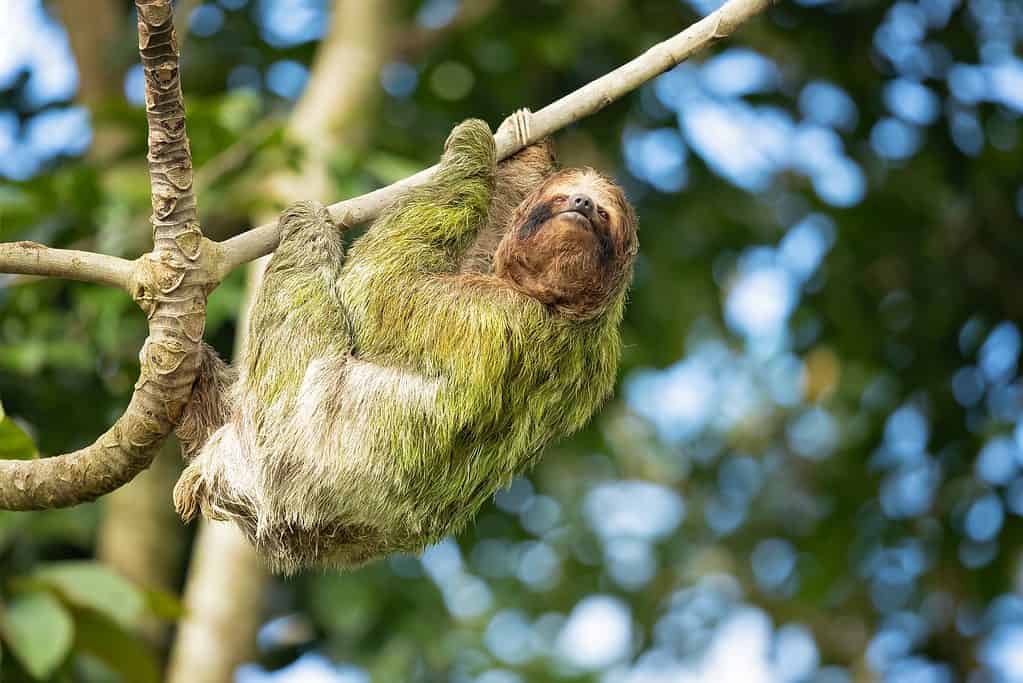
This good-looking sloth is just one of the awesome animals you can see at a zoo in Central America.
©Milan Zygmunt/Shutterstock.com
Central American countries are home to a wide variety of wildlife, but animals can also be seen in the many zoos located throughout the region. These zoos serve an important purpose by educating visitors on different species and providing sanctuary for those that are endangered or need special care due to injury or other circumstances.
Visiting these animal parks is a great way to get up close with some of Central America’s unique creatures without having to venture into their natural habitats. Many of the zoos host daily events such as guided tours, educational seminars, and even hands-on experiences with certain animals like reptiles and mammals.
There is something for everyone at any one of Central America’s leading zoological gardens, each offering its own unique experience! Whether it be admiring exotic birds in Panama or viewing rare amphibians in Costa Rica, there is no better place than a zoo if you want to explore Central American wildlife while staying safe and comfortable.
Read more about the top zoos within each country below.
Guatemala
- La Aurora Zoo — Founded in 1924, the zoo heavily focuses on the education and immersion of visitors into the wildlife experience. The zoo covers 37 acres and displays animal species ranging from Humboldt penguins to Asian elephants.
Costa Rica
- Zoo Ave — Animals are donated to this zoo for the purpose of rehabilitation and life-long care. The wildlife that comes in is usually injured, orphaned, or both and are nursed back to health in the zoo’s facilities.
- Arenal Eco Zoo — Renowned for having the largest reptile and amphibian collection in all of Costa Rica. The zoo’s animals were originally part of wildlife enthusiast Victor Hugo Quesada’s collection which he opened to the public.
Honduras
- Joya Grande Zoo y Eco Parque — Incorporates wildlife sightseeing with family fun. Many large cat species are born and raised within the zoo, providing a large big cat attraction.
Nicaragua
- Zoologico Nacional — A smaller zoo that has many exhibits of monkeys, big cats, and reptiles. Colorful birds fly around in tropical environments while the animals roam their habitats. The zoo also has a magnificent butterfly display.
Panama
- El Nispero Zoo and Botanical Garden — Nestled into tropical forest, this zoo enables visitors to get a close-up view of some of Panama’s most exquisite animals. Toucans, macaws, and monkeys dazzle visitors while they learn about the rescue and rehabilitation of species that are becoming increasingly endangered within the region.
While visiting the many amazing countries that make up Central America, be sure to support the local zoos and rehabilitation centers. A huge goal of the region is to promote the preservation of native species and many local zoos are involved in these endeavours.
Central American Countries Animals Lists
Click any of the countries below to see a detailed list of animals located in that country!
- Animals in Antigua and Barbuda
- Animals in Bahamas
- Animals in Belize
- Animals in Cayman Islands
- Animals in Costa Rica
- Animals in Cuba
- Animals in Dominica
- Animals in Dominican Republic
- Animals in El Salvador
- Animals in Grenada
- Animals in Guatemala
- Animals in Haiti
- Animals in Honduras
- Animals in Jamaica
- Animals in Nicaragua
- Animals in Panama
- Animals in Puerto Rico
- Animals in Trinidad and Tobago
Central American Animals

Acadian Flycatcher
Their nests are sloppily held together and have an abandoned appearance
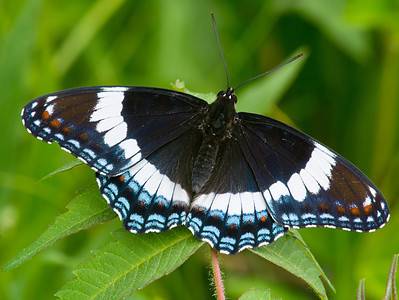
Admiral Butterfly
Stunningly beautiful wings
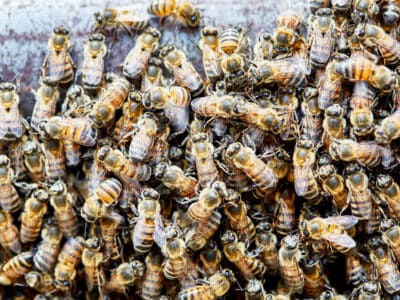
Africanized bee (killer bee)
Will chase intruders up to a quarter mile from their hives
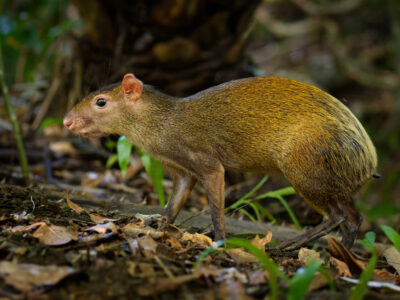
Agouti
The agouti is one of the only animals that can crack open Brazil nut pods!
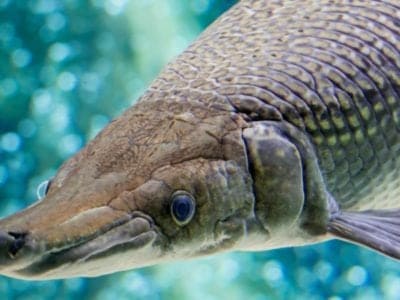
Alligator Gar
The alligator gar has toxic eggs to protect against predators
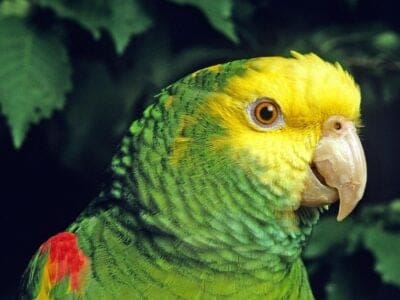
Amazon Parrot
These parrots can be trained to be "talking birds" that mimic human speech
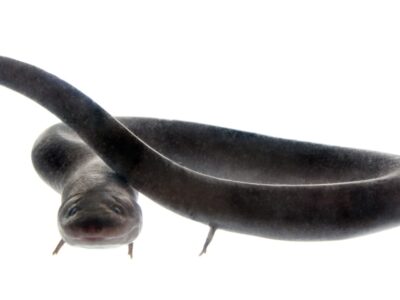
American Eel
Don't eat raw eel! Their blood is poisonous to humans when consumed raw.
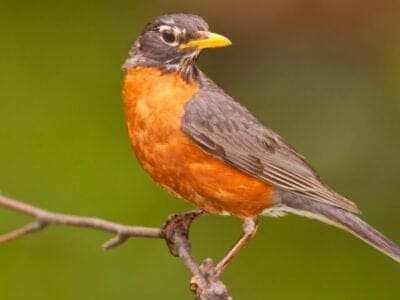
American Robin
The color “Robin egg blue” is named after the hue of their eggs.
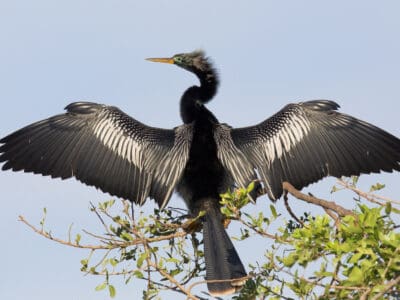
Anhinga
Their name means snake bird
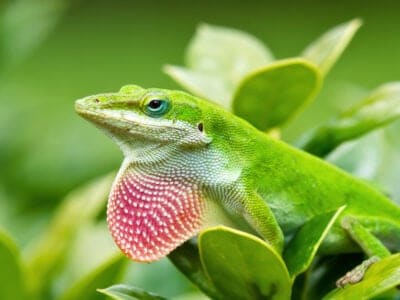
Anole Lizard
There are just under 400 species, several of which change color.

Ant
First evolved 100 million years ago!

Anteater
Has the longest tongue of any animal in relation to its body size!
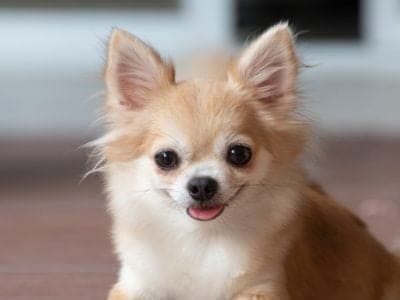
Apple Head Chihuahua
Apple Head Chihuahuas are toy breed dogs with a history dating back to ancient Mexico. They are lovable, loyal, smart and courageous with a lengthy lifespan despite being the world's smallest canines.

Arctodus
The South American spectacled bear is its closest relative living today.
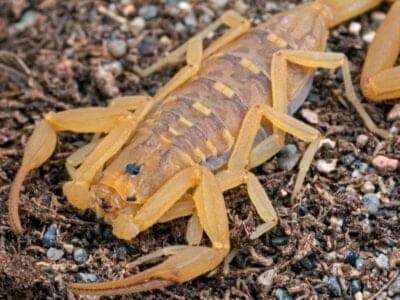
Arizona Bark Scorpion
Under UV light they glow a bright blue or green, making them easy to spot.

Armadillo
Can curl into a hard, protective ball!

Armyworm
They are so named because they "march" in armies of worms from one crop to another in search of food
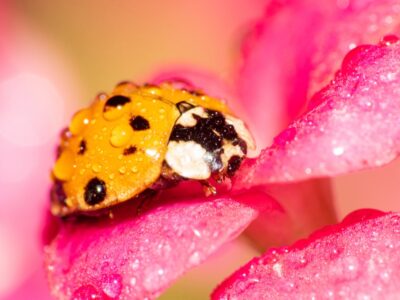
Asian Lady Beetle
Asian lady beetles infest indoor spaces, but they do not reproduce indoors.
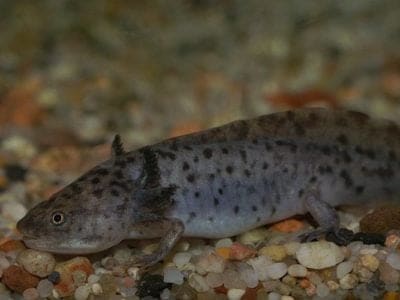
Axolotl
Found only in one complex of lakes!

Bagworm Moth
There are approximately 1350 species in the bagworm moth family (Psychidae), which forms part of the order Lepidoptera.

Bagworm Moth Caterpillar
They continually enlarge their protective cases
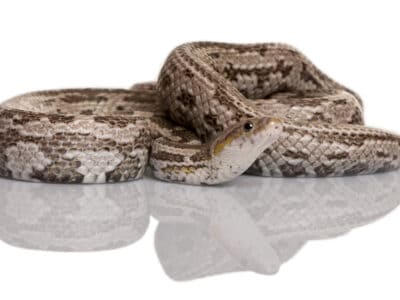
Baird’s Rat Snake
Baird’s rat snake subdues its prey through suffocation.
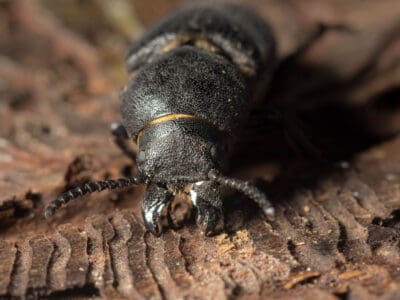
Bark Beetle
Not all bark beetles feed on a tree's bark. Some species feed on fruits, seeds, and other parts of the plant
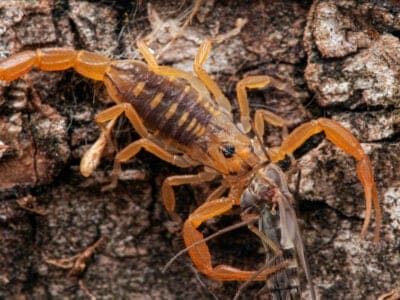
Bark Scorpion
Glow under UV light

Barn Owl
Found everywhere around the world!

Barn Swallow
Older offspring help care for new hatchlings.

Barred Owl
Like other owls, the barred owl swallows its prey whole.
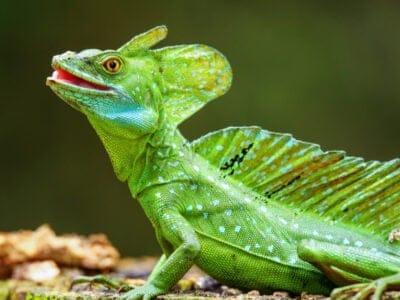
Basilisk Lizard
Can run/walk on water.

Bat
Detects prey using echolocation!
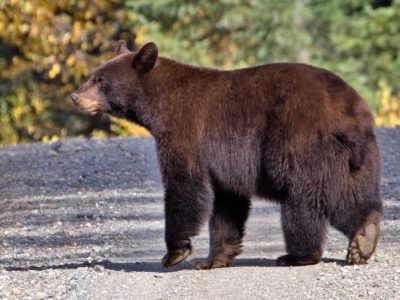
Bear
There are 8 different species!

Bed Bugs
Bed bugs feed for 4-12 minutes.

Bee
Rock paintings of bees date back 15,000 years

Beetle
There are more than 350,000 different species

Beewolf wasp
They hunt bees
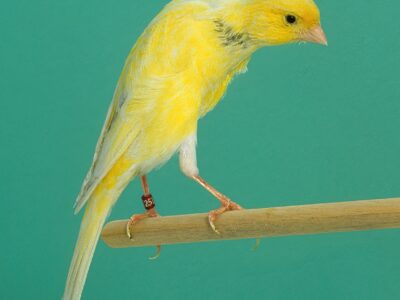
Belgian Canary
The Belgian canary is one of the oldest and most influential in its genus.
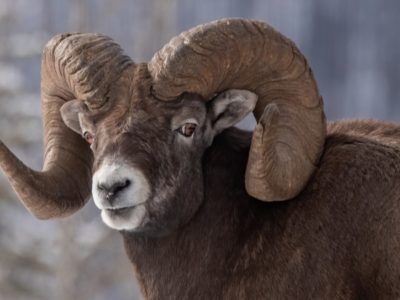
Bighorn Sheep
Bighorn rams can run at speeds up to 40 miles per hour when fighting for dominance.

Bird
Not all birds are able to fly!

Biscuit Beetle
The biscuit beetle form a symbiotic relationship with yeast

Black Widow Spider
They typically prey on insects!
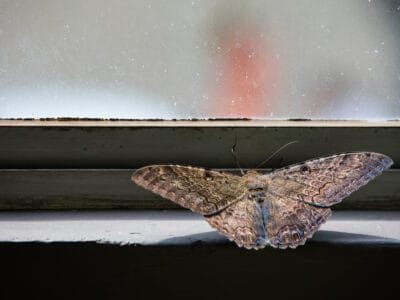
Black Witch Moth
Some folklore associate Black Witch Moths with bad luck (and even death!), while other associates them with good fortune.
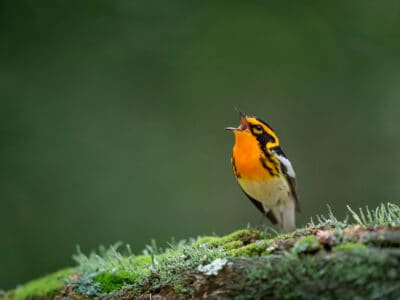
Blackburnian Warbler
They are the only songbird in North America with an orange throat!
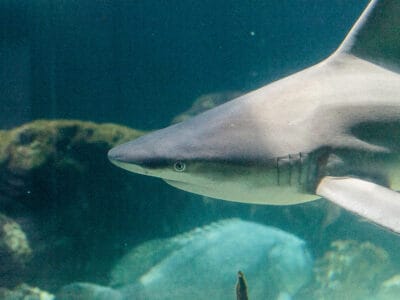
Blacknose Shark
When threatened, Blacknose sharks raise their head, arch their back, and lower their pectoral fins.
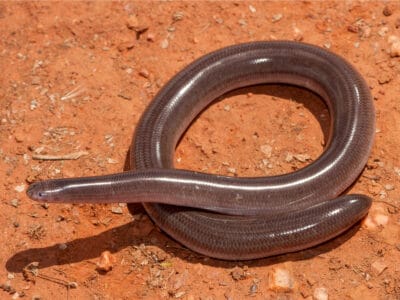
Blind Snake
The blind snake is often mistaken for a worm.
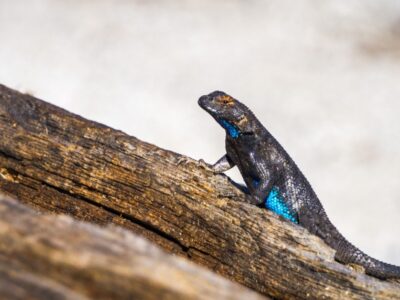
Blue Belly Lizard
This species can detach its tail to escape from predators
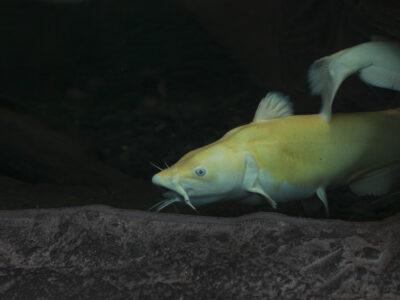
Blue Catfish
It's a strong fighter when caught on a fishing line
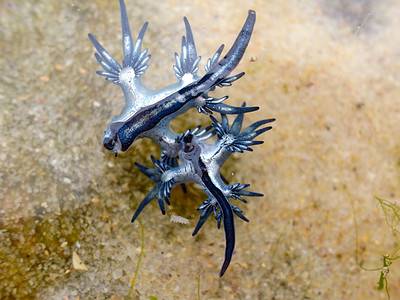
Blue Dragon Sea Slug
They inflict a painful, venomous sting
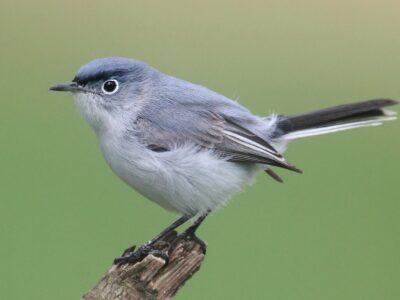
Blue Gray Gnatcatcher
Joy and happiness are the spiritual meaning of this bird.
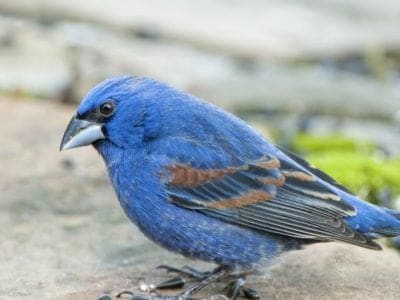
Blue grosbeak
Blue grosbeak parents take off the head, legs and wings of an insect before feeding it to their baby.
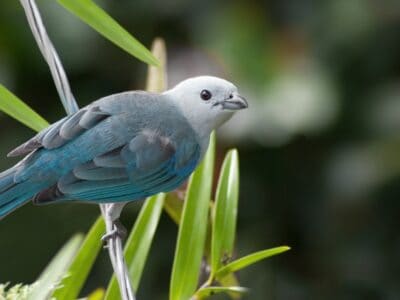
Blue Tanager (Blue-Grey Tanager)
They travel and forage in pairs or groups
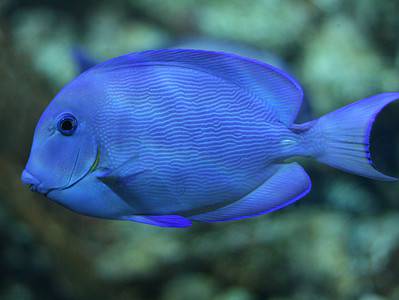
Blue Tang
One of the most colorful members of the genus Acanthurus
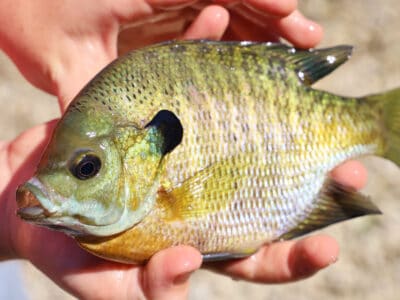
Bluegill
The world record for longest bluegill is 15 inches.
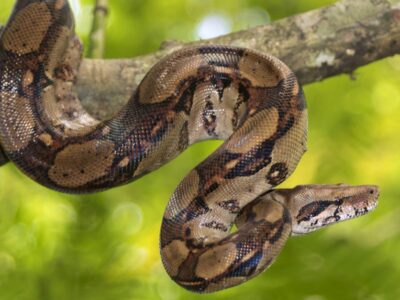
Boas
Boas are considered primitive snakes and still have vestigial legs, called spurs.
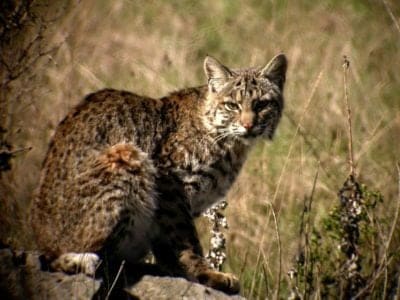
Bobcat
About double the size of a domestic cat!
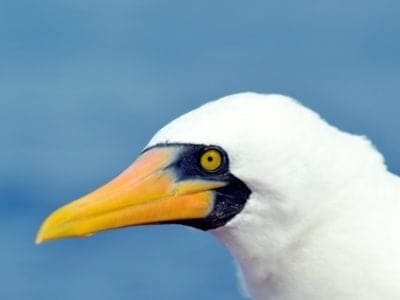
Booby
Seabirds found across the South Pacific!

Bowfin
The bowfin is a primitive fish that first evolved in the Jurassic
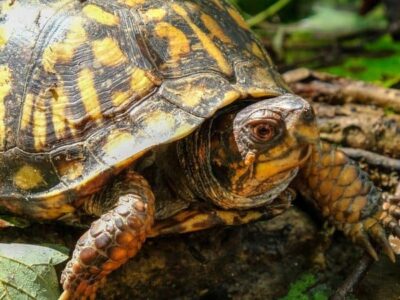
Box Turtle
This reptile has an S-shaped neck allowing it to pull its entire head into its shell.
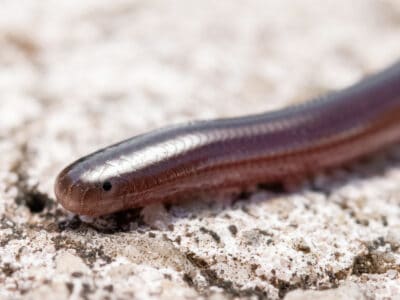
Brahminy Blindsnake
These snakes have been introduced to all continents, except Antarctica!
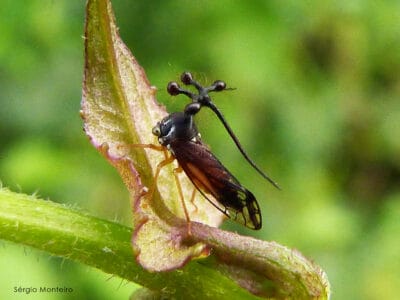
Brazilian Treehopper
“Mild-Mannered Minimonsters”

Brown Dog Tick
Can live its entire life indoors
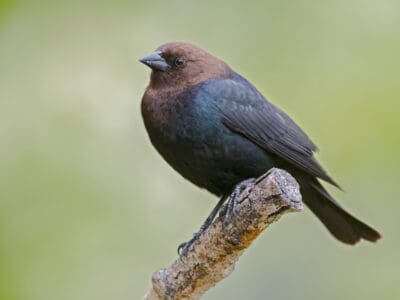
Brown Headed Cowbird
Males are generally monogamous during mating season and will protect the female from other males. However, females tend to venture from their partners and mate with other males.
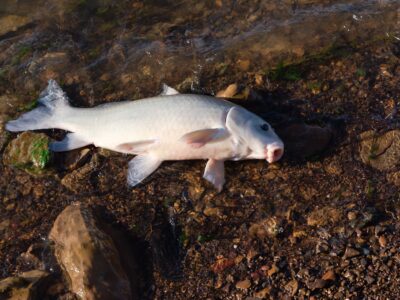
Buffalo Fish
The oldest Buffalo fish recorded was 112 years old!
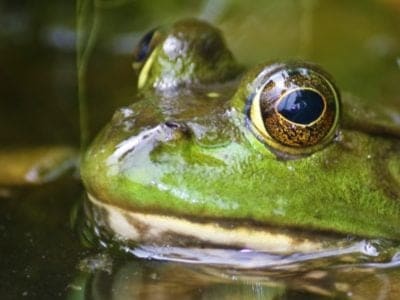
Bullfrog
Has loud cow-like calls!
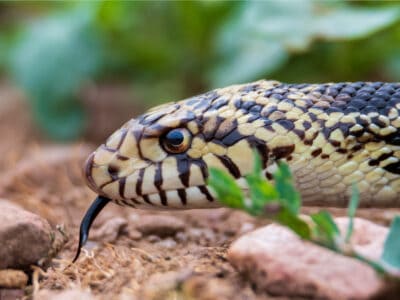
Bullsnake
Considered “The farmer’s friend” because it eats mice and other vermin.
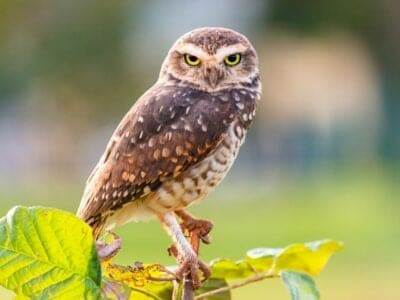
Burrowing Owl
The burrowing owl lives in underground burrows
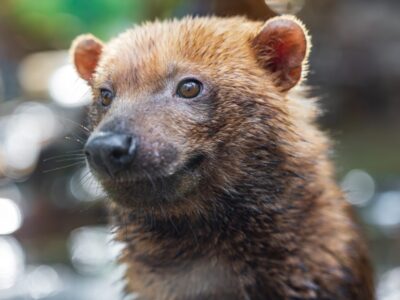
Bush Dog
Bush dogs have webbed toes to help them swim.
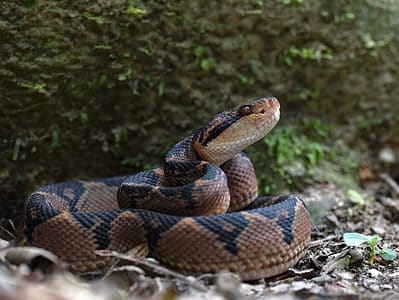
Bushmaster Snake
The bushmaster’s scientific name means “silent death.”

Butterfly
There are thought to be up 17,500 species!
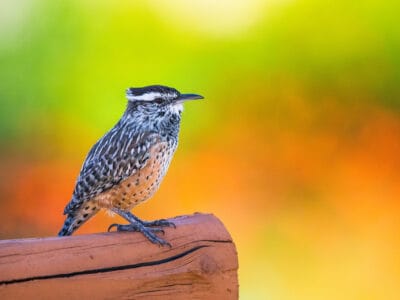
Cactus Wren
It is the largest wren in the United States
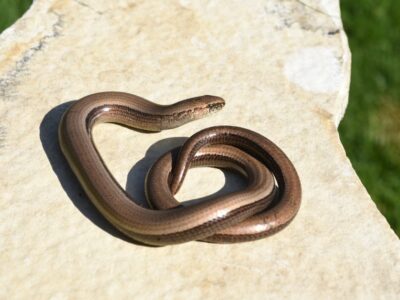
Caecilian
Some species' babies use their hooked or scraper-like teeth to peel off and eat their mother's skin
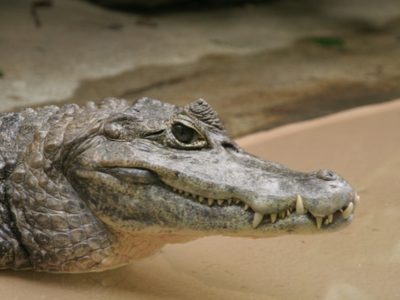
Caiman
Can grow to up 6 meters long!
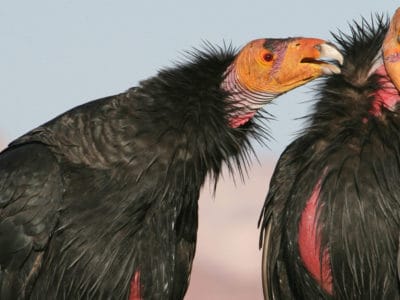
California Condor
They are the largest bird in North America
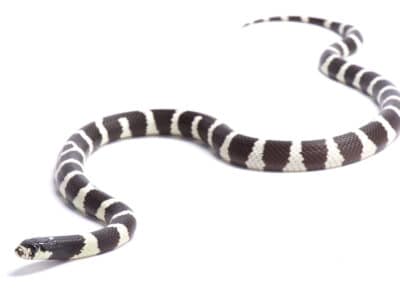
California Kingsnake
A full-grown California kingsnake can be about 3.5 feet long, though there are some cases in Mexico of the snake being almost twice this size.
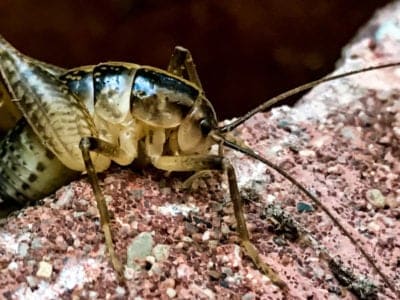
Camel Cricket
The camel crickets that are found in the USA are light brown in color. They also have dark streaks all over their body.
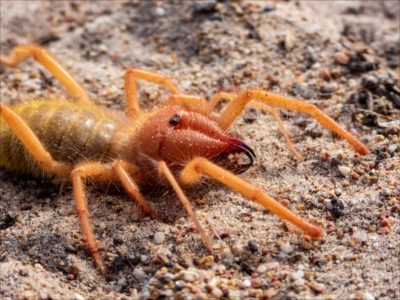
Camel Spider
Fast, carnivorous arachnid with a painful bite.
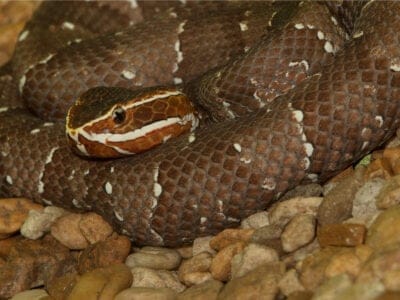
Cantil
Cantils heads are marked with bright white lines on each side of their heads.

Capuchin
Named after Capuchin friars.

Carpenter Ant
Carpenter ants can lift up to seven times their own weight with their teeth!

Carpet Beetle
Carpet beetles eat different animal and plant-based products, depending on what stage of their lifecycle they are in; these foods include pollen, flour, wool, and fur.
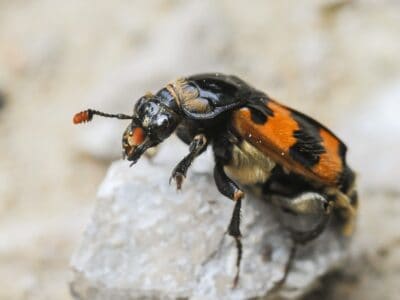
Carrion Beetle
Carrion beetles' diets depend on the specie. Some eat decaying carcasses, while others scavenge in decaying plant matter and dung.
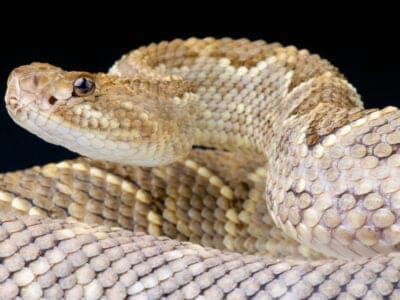
Cascabel
Cascabels rely on their camouflage first, and rattle if that doesn't work.

Cat
May have been domesticated up to 10,000 years ago.
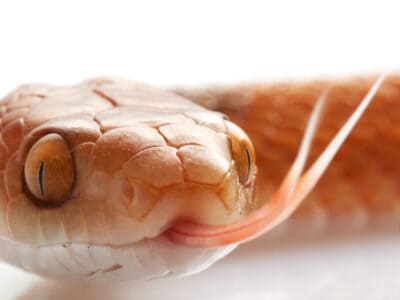
Cat-Eyed Snake
Evidence indicates that females can delay fertilization and store sperm for later years to produce eggs even in the absence of contact with a male!

Caterpillar
The larvae of a moth or butterfly!

Catfish
There are nearly 3,000 different species!

Cedar Waxwing
Their feathers have red, waxy tips that can be hard to identify unless you’re up close.

Centipede
There are about 3,000 documented species!

Checkered Garter Snake
It has the ability to expel a stinky liquid from its body as a way to make predators (and humans) retreat!
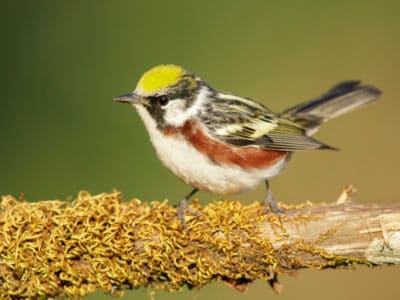
Chestnut-Sided Warbler
They inhabit regrowing forests
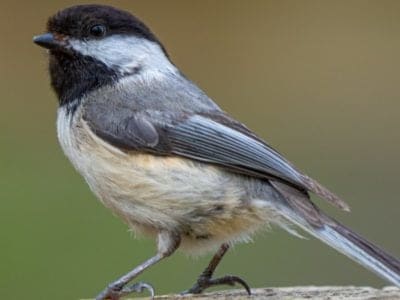
Chickadee
Chickadees are named for the sound they make: Chick-a-dee-dee-dee-dee-dee!

Chicken
First domesticated more than 10,000 years ago!
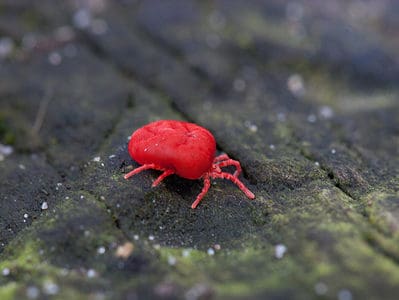
Chigger
Surviving on the skin cells of humans and animals
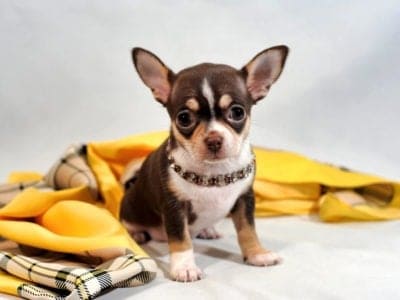
Chihuahua
Curious and devoted personality!

Cichlid
There are more than 2 000 known species!
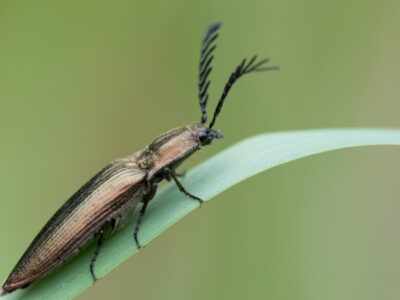
Click Beetle
Click beetles are named for the clicking noise they make to escape predators.
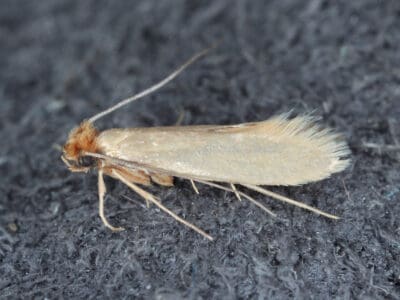
Clothes Moth
Clothes Moths can remain in the larvae stage for up to 2 years, but adults only live 10 days.
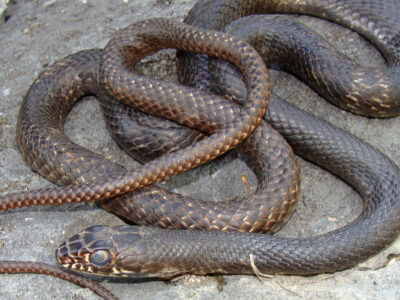
Coachwhip Snake
Coachwhip snakes pose little danger to people
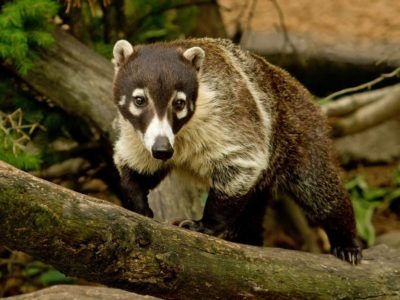
Coati
Found in dense forests and wet jungles!

Cockroach
Dated to be around 300 million years old!
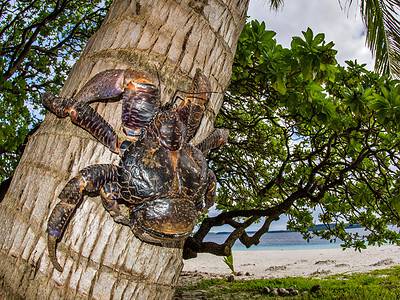
Coconut Crab
The largest terrestrial arthropod in the world

Codling Moth
Pupae are able to undergo diapause to survive poor fruit yield years and winter.
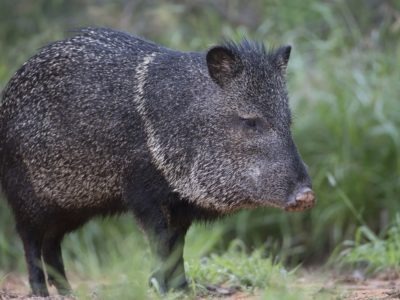
Collared Peccary
Form bands of up to 12 individuals!

Common Furniture Beetle
The common furniture beetle feeds exclusively on wood

Common Grackle
Common grackles are a pest species that damage crops and spread disease.

Common House Spider
House spiders have the ability to eat most insects in a home.

Common Raven
A group of ravens is called an unkindness or a conspiracy.
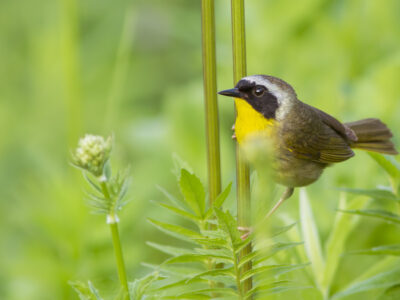
Common Yellowthroat
The Common Yellowthroat stays close to the ground and uses stealth to survive!

Conure
They are intelligent and noisy, often mimicking sounds and learning vocabulary.
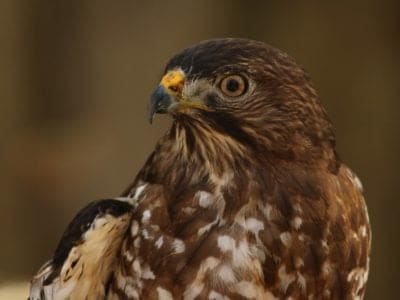
Cooper’s Hawk
Eyes change color as they age
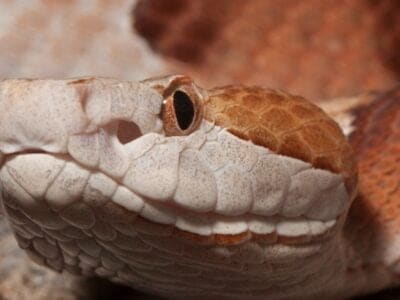
Copperhead
Copperheads get their name, unsurprisingly, from their bronze-hued heads.
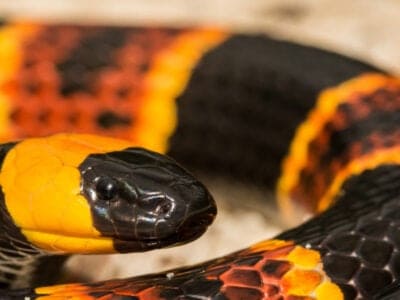
Coral Snake
There are over 80 species of coral snake worldwide.
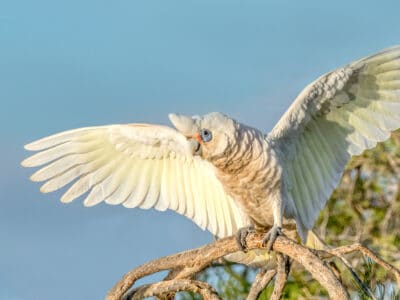
Corella
Corella birds are noisy, especially during the early morning or late evening.

Cormorant
They can fly 35 mph and dive 150 feet below water.

Cow
There are nearly 1.5 billion worldwide!
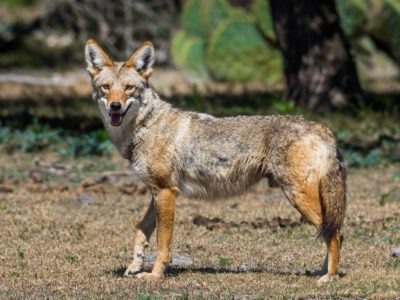
Coyote
Also known as the Prairie Wolf!

Crab
There are 93 different crab groups

Crab Spider
Crab Spiders can mimic ants or bird droppings
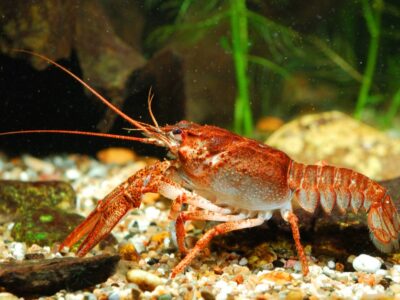
Crayfish
Female crayfish aren't that maternal; they have to secrete a form of pheromone, referred to as maternal pheromones, that encourages them to take care of their offspring and prevents them from eating their young.

Cricket
Male crickets can produce sounds by rubbing their wings together
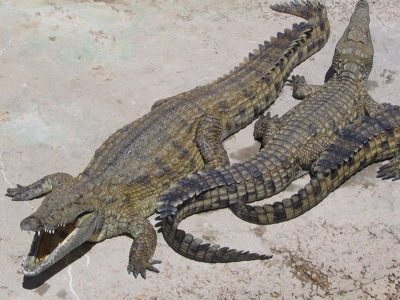
Crocodile
Have changed little in 200 million years!

Crocodylomorph
Crocodylomorphs include extinct ancient species as well as 26 living species today.

Crow
A group of these birds is called a Murder.
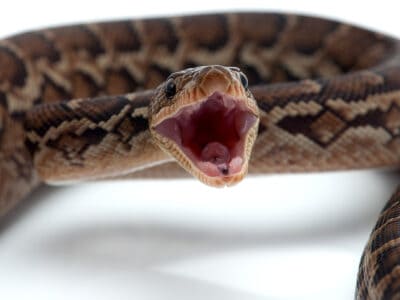
Cuban Boa
One of the only snakes observed using cooperative hunting tactics.
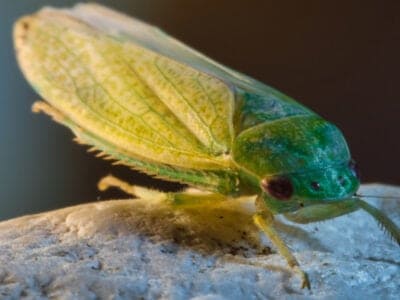
Cuban Cockroach
Believed to have been introduced to the United States by being shipped with green bananas.
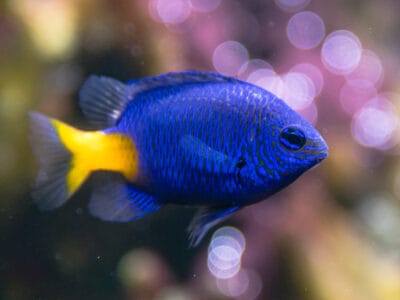
Damselfish
Damselfish belong to the family Pomacentridae
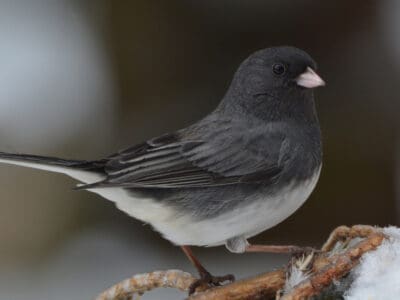
Dark-Eyed Junco
They are called snowbirds because many subspecies reappear in the winter.
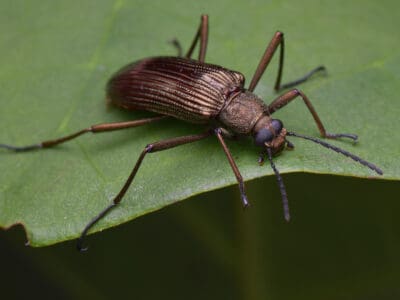
Darkling Beetle
Darkling Beetles have segmented antennae. Each one is divided into eleven segments.
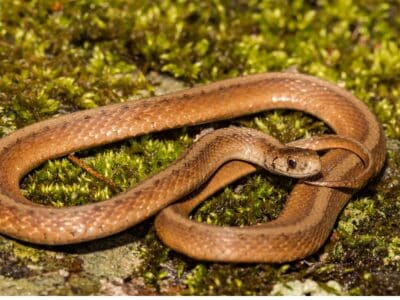
De Kay’s Brown Snake
They have specialized jaws for removing snails from shells.
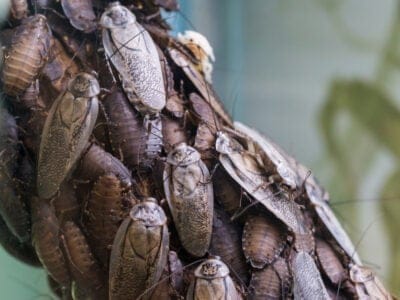
Death’s Head Cockroach
People buy Death's Head Cockroach nymphs and raise them as pets!

Deer Head Chihuahua
The Chihuahua is the smallest dog breed in the world.
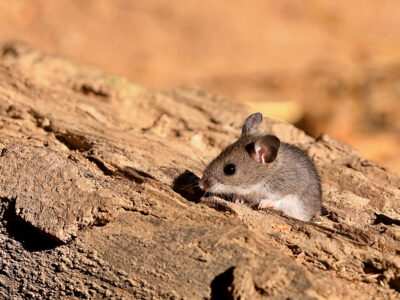
Deer Mouse
Roughly 60 different species of deer mice range from Canada to Central America!
Desert Tortoise
Lives in burrows underground!
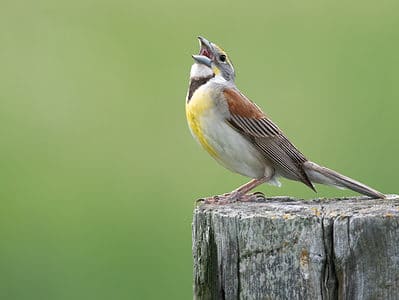
Dickcissel
They have a unique call that they are named for.

Dog
First domesticated in South-East Asia!

Dog Tick
Dog ticks feed on dogs and other mammals

Donkey
First domesticated 5,000 years ago!

Dragonfly
It's larvae are carnivorous!
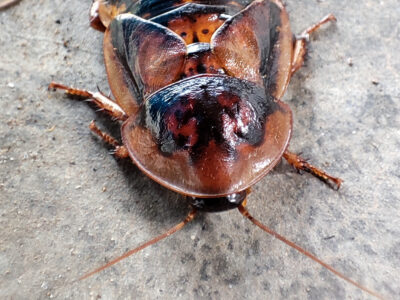
Dubia Cockroach
The most popular species of feeder roach

Duck
Rows of tiny plates line their teeth!

Dung Beetle
The dung beetle can push objects many times its own weight
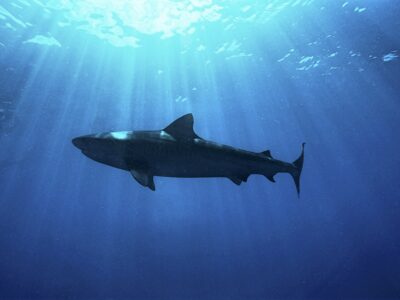
Dusky Shark
The Dusky Shark sometimes eats trash discarded by humans.
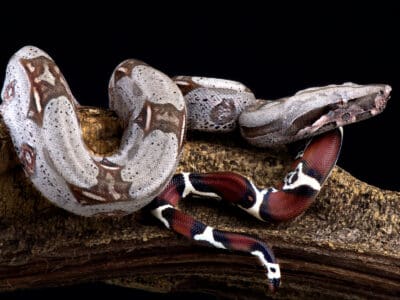
Dwarf Boa
Some species can change color from dark to light, and back again.
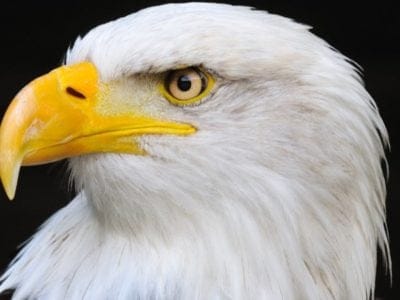
Eagle
Has exceptional eyesight!

Earthworm
They are hermaphrodites, which means they have male and female organs

Earwig
There are nearly 2,000 different species!

Eastern Bluebird
Bluebirds drop straight down on their prey from their perch, much like leopards.
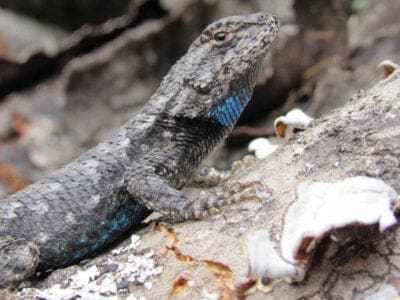
Eastern Fence Lizard
Females are usually larger than males.
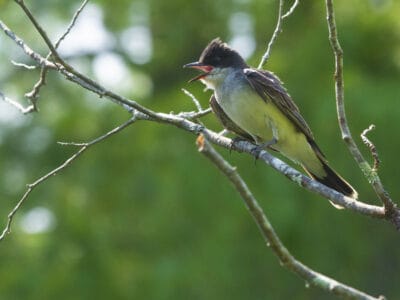
Eastern Kingbird
The eastern kingbird is a fierce fighter once known as the butcher king!

Eastern Meadowlark
They can live up to 9 years.
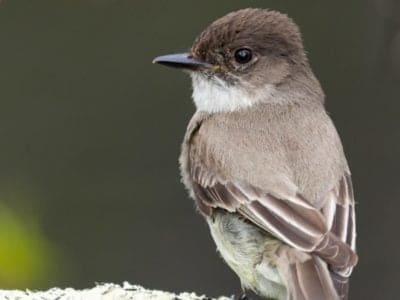
Eastern Phoebe
This passerine bird can sing its song without ever hearing another bird vocalize first.

Eastern Racer
Fast and Furious!

Eel
Eels can be a mere few inches long to 13 feet!
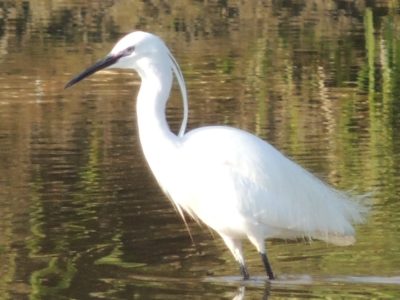
Egret
Most species are relatively vocal, making harsh croaking sounds and squeals.

Elegant Tern
Have a lifespan of 20 years or more
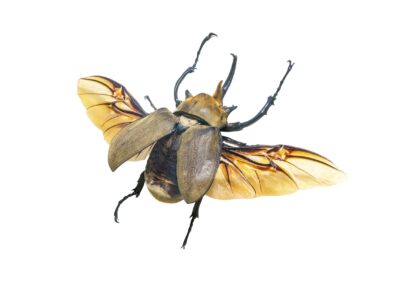
Elephant Beetle
The males have multiple horns at the front of their bodies.
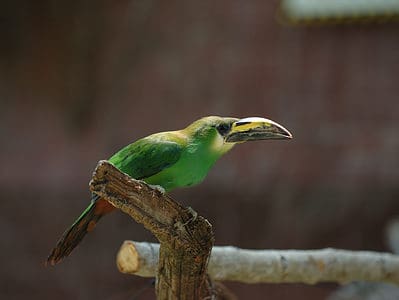
Emerald Toucanet
Emerald Toucanets spend their lives high in the canopy of tall forests, almost never coming to the ground!
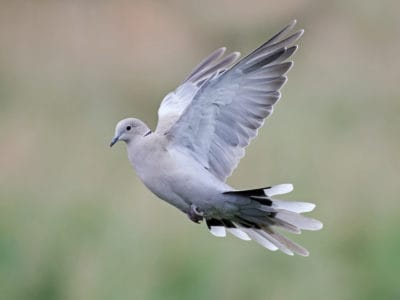
Eurasian Collared Dove
The Eurasian collared dove has been extensively studied due to its amazing ability to rapidly colonize new territories.

European Starling
European starlings are accomplished mimics, often copying songs or sounds of other birds and animals (frog calls, goats, cats), or even mechanical sounds and human speech!
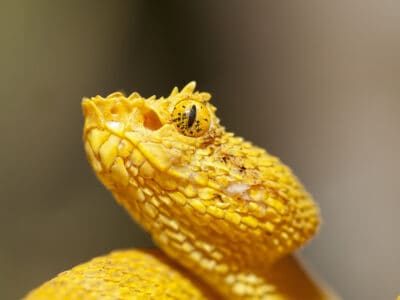
Eyelash Viper
While the eyelash viper can be a pet, be cautious – they are extremely venomous!

Falcon
The fastest creatures on the planet!

False Widow Spider
False spiders actually prey on black widow spiders and other hazardous spiders

Fancy Mouse
Fancy mice are beloved pets with a history of domestication spanning thousands of years!
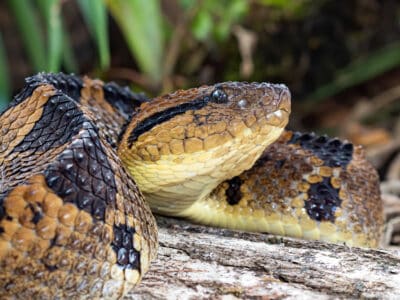
Fer-de-lance Snake
The Most Dangerous Snake in the Americas
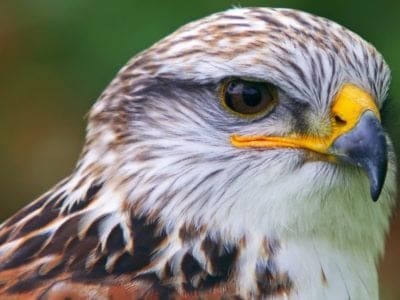
Ferruginous Hawk
The ferruginous hawk comes in both light and dark morphs
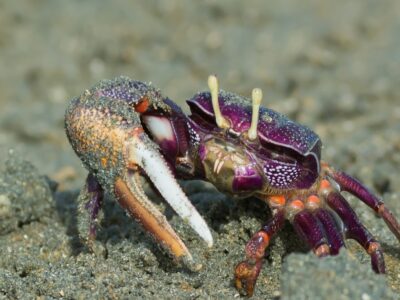
Fiddler Crab
The fiddler crab gets its name from the motion the males make with their over-sized claw during the mating ritual.

Firefly
The firefly produces some of the most efficient light in the world
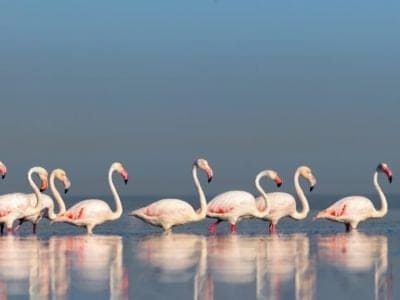
Flamingo
Sleeps on just one leg!
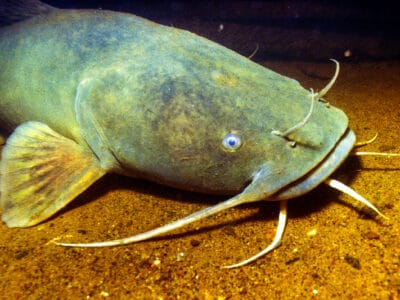
Flathead Catfish
The only predators that prey on flathead catfish are members of their own species and humans who catch them for commercial and recreational purposes.

Flea
Adult fleas can jump up to 7 inches in the air
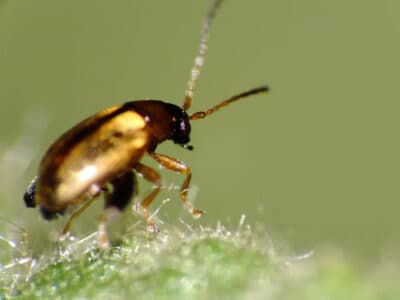
Flea Beetle
Flea beetles can jump like fleas when threatened.
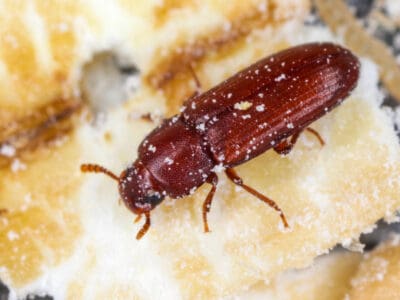
Flour Beetle
Flour beetles are adapted to survive in very dry environments.

Fly
There are more than 240,000 different species!
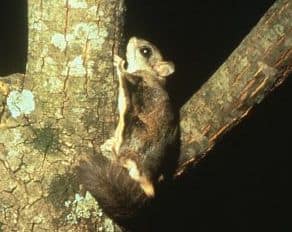
Flying Squirrel
Can glide up to 90 meters!
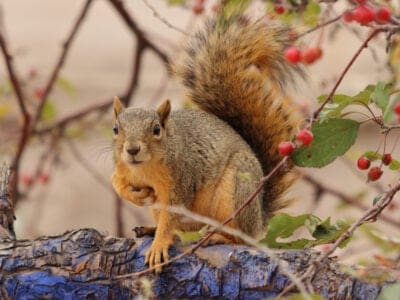
Fox Squirrel
Although it is a tree squirrel, it spends most of its time on the ground.
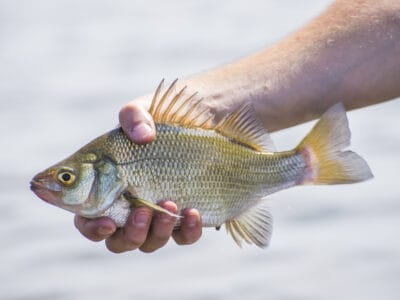
Freshwater Drum
These fish are very vocal, and males make a rumbling or grunting noise during breeding season to attract a mate.
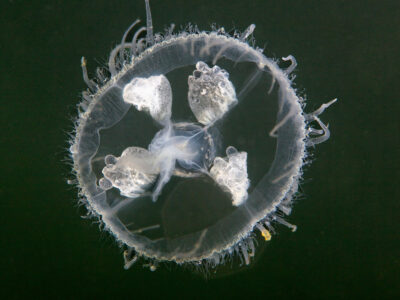
Freshwater Jellyfish
The freshwater jellyfish is native to China but is now found all over the world

Frog
There are around 7,000 different species!

Fruit Fly
Fruit flies are among the most common research animals in the world
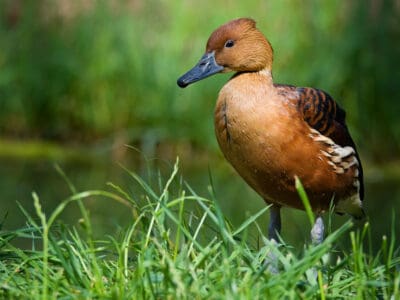
Fulvous Whistling Duck
They build a ramp from their nest, which leads to a nearby water source
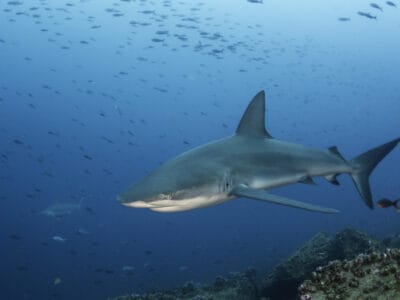
Galapagos Shark
Galapagos sharks are cannibalistic and sometimes eat their young, so the pups stay away from the adults in shallow water.
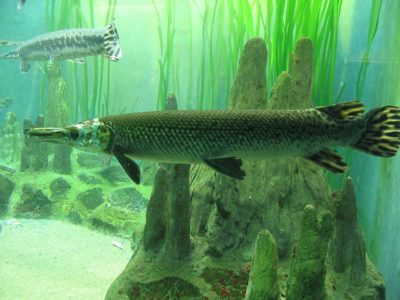
Gar
Can grow to more than 3m long!
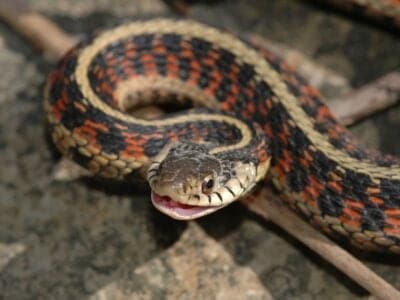
Garter Snake
Female garter snakes give birth to live young rather than laying eggs!
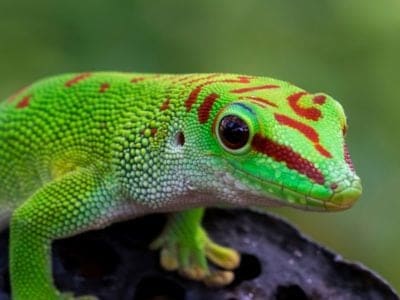
Gecko
There are thought to be over 2,000 species!
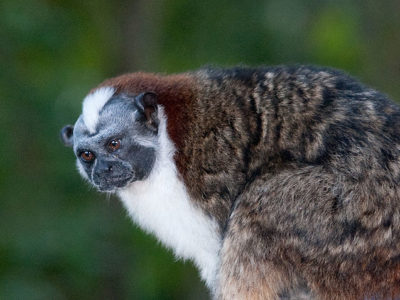
Geoffroys Tamarin
Has distinctive V shape on head!

German Cockroach
The most common type of urban roach
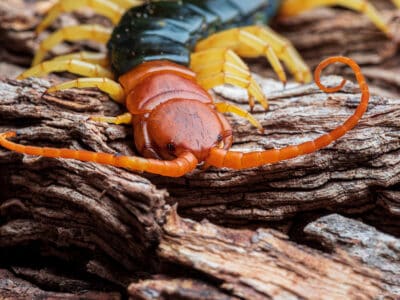
Giant Desert Centipede
They are the largest centipede in North America
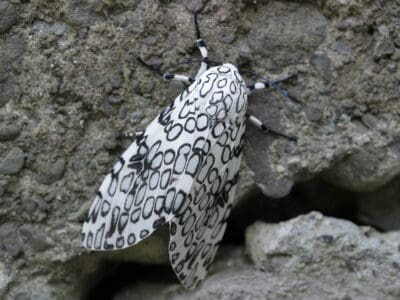
Giant Leopard Moth
When giant leopard moths mate, their mating sessions last over 24 hours.
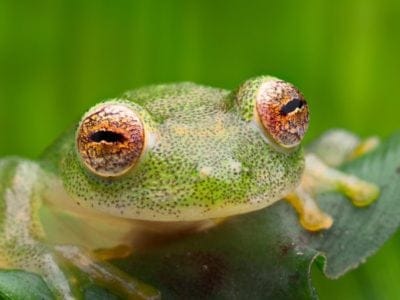
Glass Frog
You can see their internal organs.

Glowworm
Found inhabiting dense woodland and caves!

Gnat
Males form large mating swarms at dusk
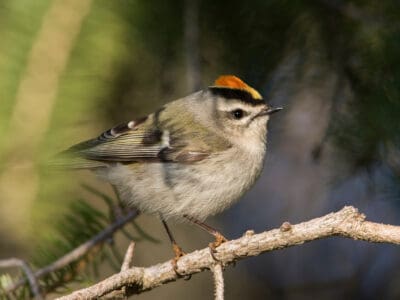
Golden-Crowned Kinglet
They huddle together for warmth
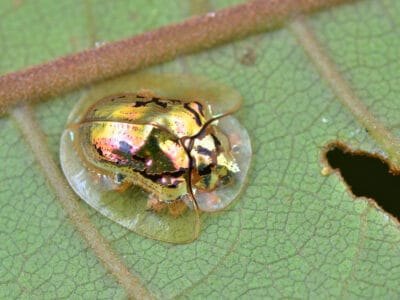
Golden Tortoise Beetle
Golden tortoise beetles have a metallic gold color which can change to dull brown when disturbed.

Gopher
They dig large networks of tunnels!
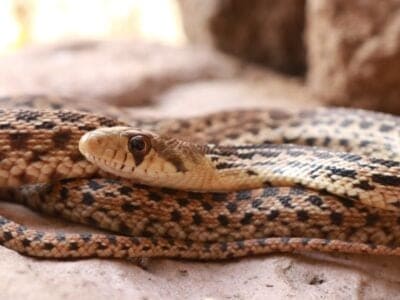
Gopher Snake
Gopher snakes can reach up to 9 feet long.
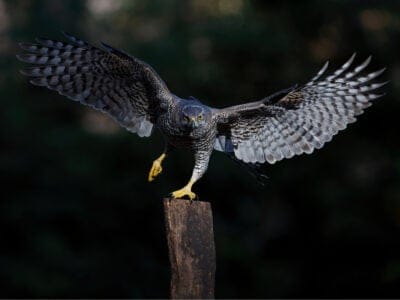
Goshawk
The goshawk is a popular choice among European falconers
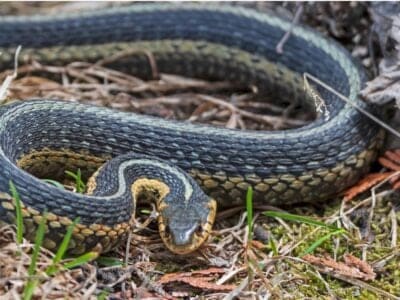
Grass Snake
Use acute hearing to hunt
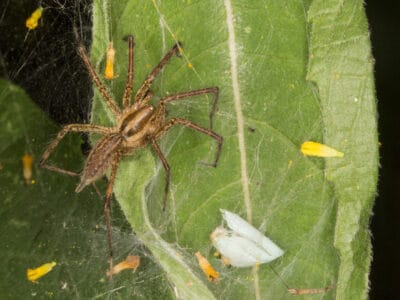
Grass Spider
Their fangs aren't big enough to penetrate human skin.

Grasshopper
There are 11,000 known species!

Grasshopper Mouse
The grasshopper mice attack predators using the poison of their venom.
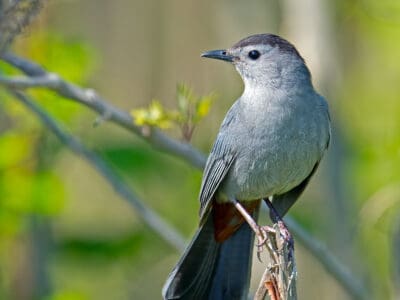
Gray Catbird
Their songs have cat-like qualities and can mimic other birds and animals, like tree frogs.
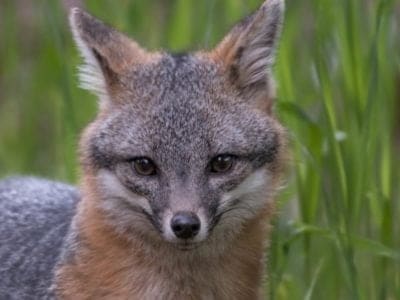
Gray Fox
The gray fox has retractable claws and a rotating wrist that allow it to climb trees with some proficiency

Great Blue Heron
Their wingspan is larger than an eagle’s; both males and females help hatch the eggs; rich in symbolism
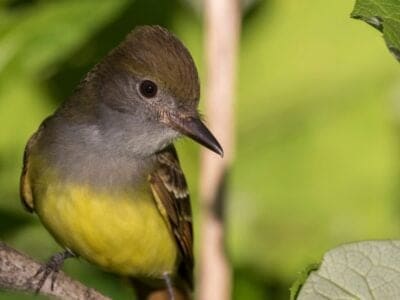
Great Crested Flycatcher
This species makes use of some truly unusual nesting material, including snakeskin and garbage
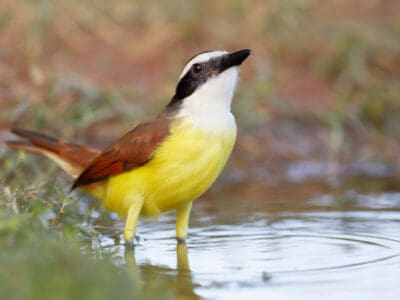
Great Kiskadee
The great kiskadee is a highly adaptable predator that can live in almost any habitat within its range and can hunt in the air, on the ground and in the water.
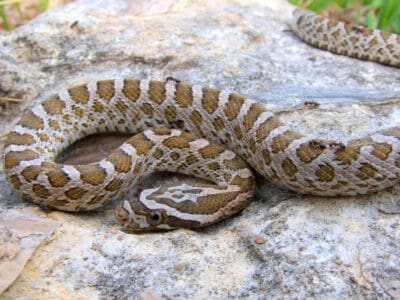
Great Plains Rat Snake
This snake vigorously shakes its tail as a way to frighten away predators.

Great Potoo Bird
At night, they make a terrifying low call that sounds like a distressed moan or growl.
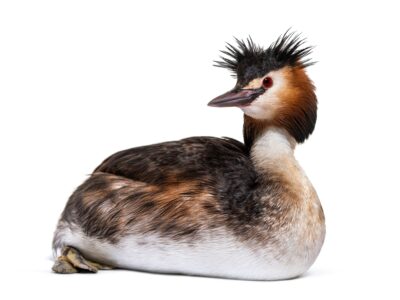
Grebe
They swim like frogs
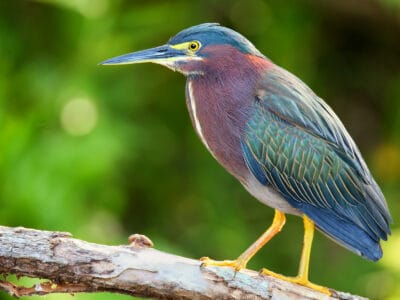
Green Heron
Uses bait to catch prey

Green Snake
There are two types of green snakes: smooth green snakes and rough green snakes

Ground Snake
It’s sometimes called a miter snake due to the marking on its head that looks like a bishop’s miter
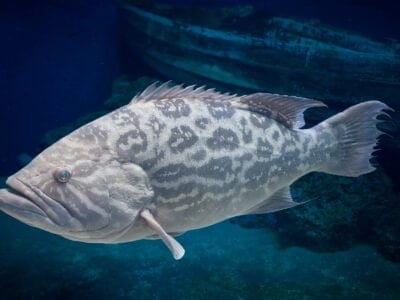
Grouper
Many grouper can change their sex, and it is always from female to male.

Guppy
Also known as the Millionfish!
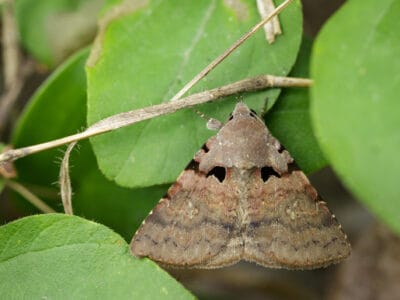
Gypsy Moth
One of the most invasive species in the world
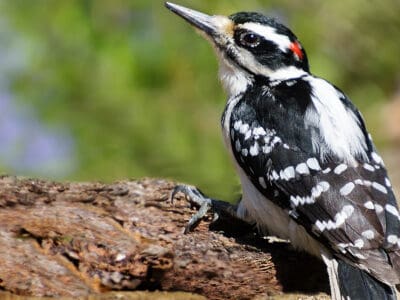
Hairy Woodpecker
They are natural pest controls
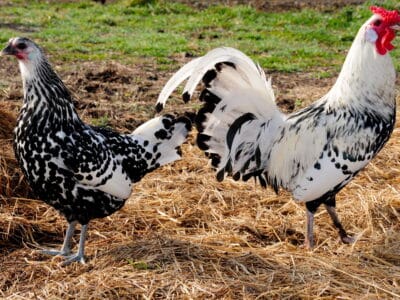
Hamburg Chicken
This breed doesn't usually make nests or incubate their own chicks.
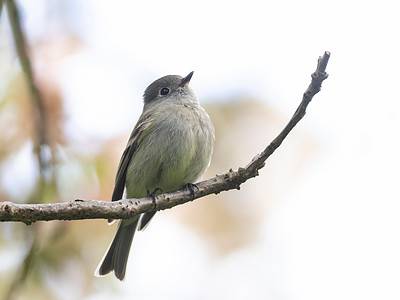
Hammond’s flycatcher
“Hammond’s flycatcher has a call known as a sharp peek!”

Hamster
Able to run as quickly backwards as forwards!

Hare
Can reach speeds of over 50 mph!
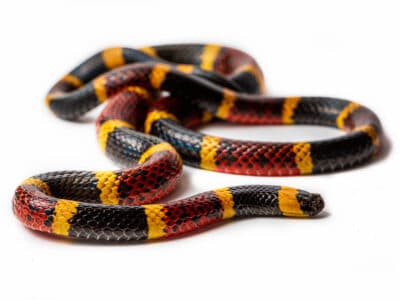
Harlequin Coral Snake
Red touches yellow kills a fellow, red touches black a friend of Jack.
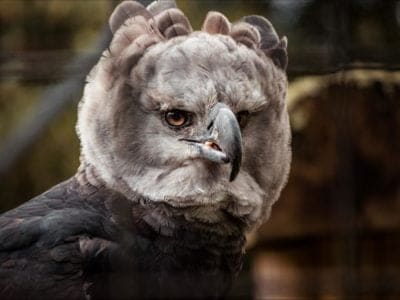
Harpy Eagle
Talon's the size of a grizzly bear's claws!
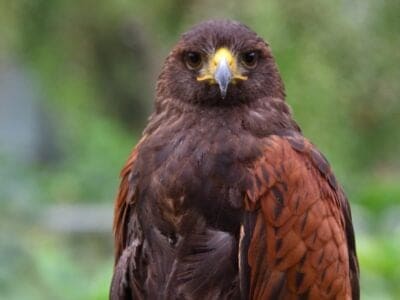
Harris’s Hawk
Their vision is eight times better than a human's

Havanese
These are the only dogs that are native to Cuba

Hawk Moth Caterpillar
Many hawk moth caterpillars eat toxins from plants, but don’t sequester them the way milkweed butterflies do. Most toxins are excreted.
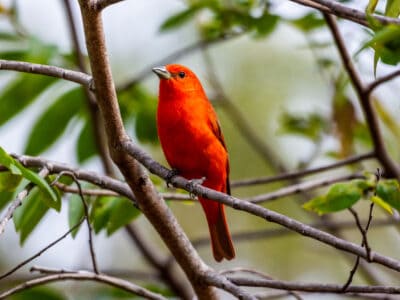
Hepatic Tanager (Red Tanager)
Parents and their young sing sweetly to each other

Hercules Beetle
This dynastine scarab beetle makes a weird huffing sound when it’s disturbed.

Heron
Inhabits wetlands around the world!
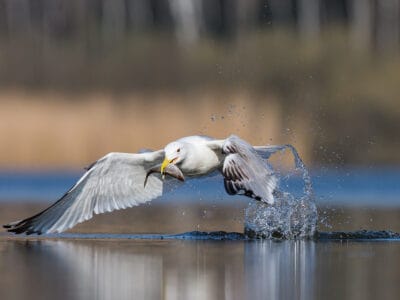
Herring Gull
They are loud, spirited birds with raucous cries that sound like bursts of laughter.
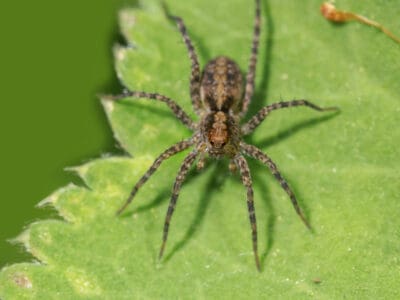
Hobo Spider
The Hobo Spider travels city to city like an actual Hobo and is often found near railroad tracks!
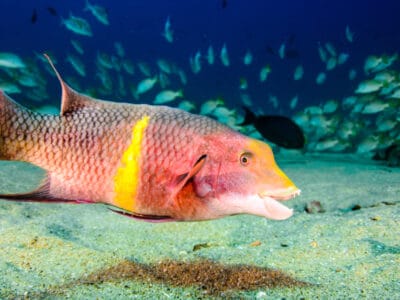
Hogfish
Hogfish can change their sex from female to male
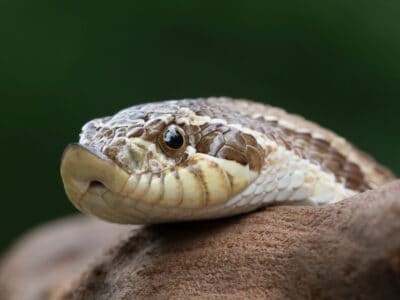
Hognose snake
Prima Donnas of the Snake World
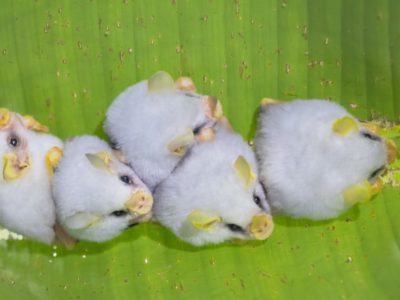
Honduran White Bat
The bat only eats figs.

Honey Bee
There are only 8 recognized species!
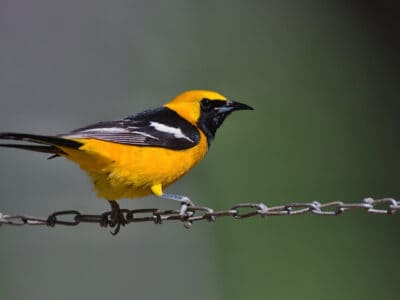
Hooded Oriole
Hooded orioles have a strong sweet tooth that makes nectar and jelly among its favorite foods.
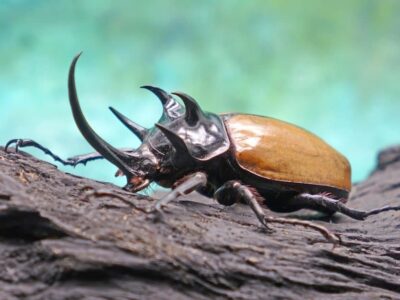
Horned Beetle
These beetles are herbivores but have an intimidating appearance because of the horn-like projection on their heads. However, they are entirely harmless to humans, as they don't sting or bite.
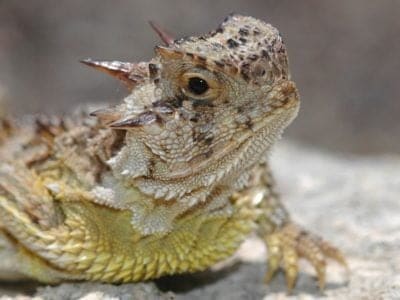
Horned Lizard
The horned lizards are able to squirt blood from their eyes.

Horse
Has evolved over 50 million years!

Horsefly
Horseflies have been seen performing Immelmann turns, much like fighter jets.
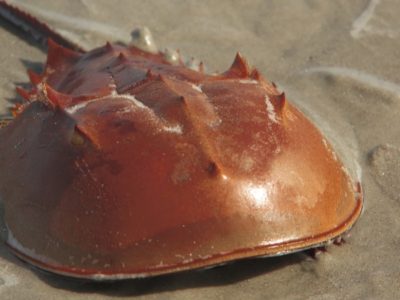
Horseshoe Crab
Changed little in over 500 million years!
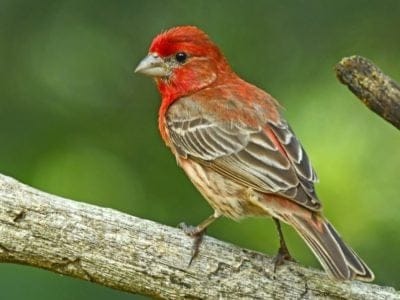
House Finch
The house finch can become redder depending on what it eats
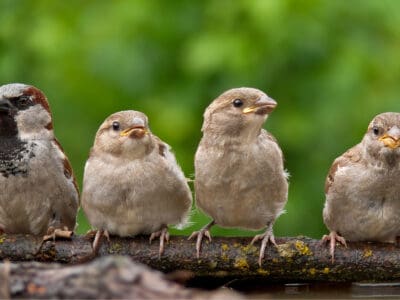
House Sparrow (English Sparrow)
The house sparrow has been introduced all over the world

House wren
The wren’s epithet, aedon, comes from a Greek queen who accidentally killed her only son. She was actually aiming for her nephew, and Zeus took pity on her and turned her into a nightingale.

Housefly
The fly has no teeth
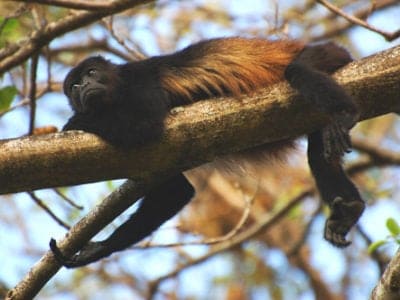
Howler Monkey
Spends 80% of it's time resting!

Human
Thought to have orignated 200,000 years ago!
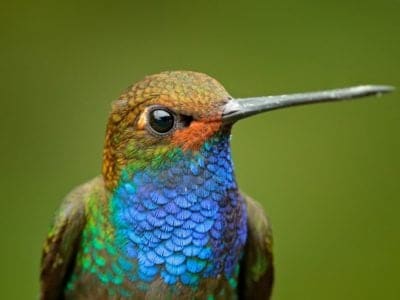
Hummingbird
Beat their wings up to 80 times per second!

Huntsman Spider
Some huntsman spiders have an interesting way of moving around. Some cartwheel while others do handsprings or backflips.

Ibis
Found in swamps, marshes and wetlands!
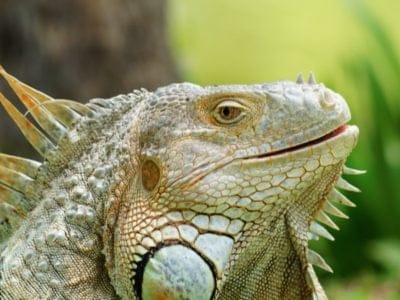
Iguana
Uses visual signals to communicate!
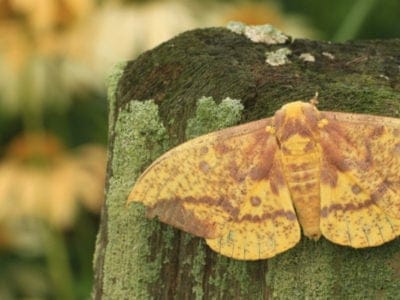
Imperial Moth
Since the imperial moth doesn’t eat, it does die shortly after it lays its eggs. Its lifespan is only about one week.
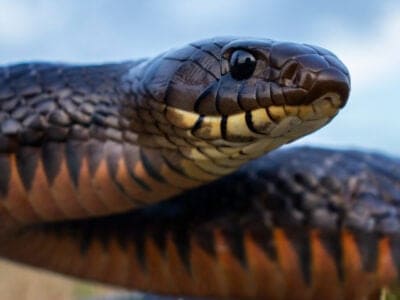
Indigo Snake
Indigo snakes use brute force to overpower their prey.
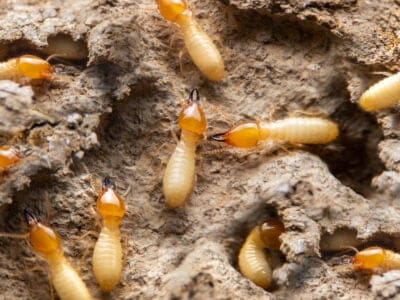
Insect
Insects go back over 350 million years, making the creatures older than man, flowering plants and dinosaurs.

Insects
There are an estimated 30 million species!
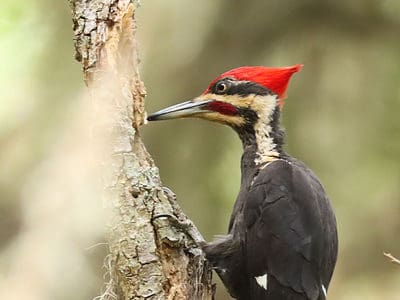
Ivory-billed woodpecker
The ivory-billed woodpecker can drill into wood with its sharp beak
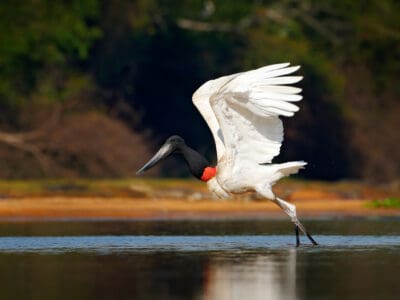
Jabiru
They form lifelong pair bonds and live in groups near water sources.

Jacana
The jacana has the ability to swim underwater
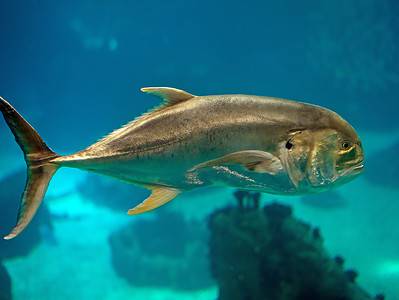
Jack Crevalle
One of the biggest species in the Caranx genus
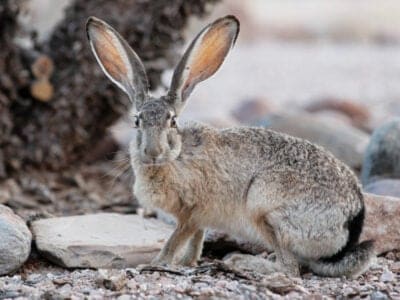
Jackrabbit
They can run as fast as 45 mph.
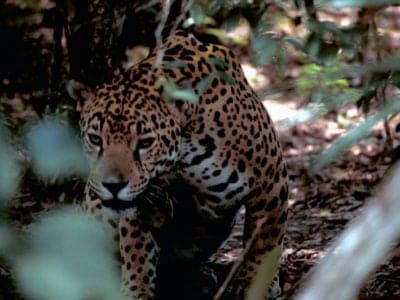
Jaguar
The largest feline on the American continent!
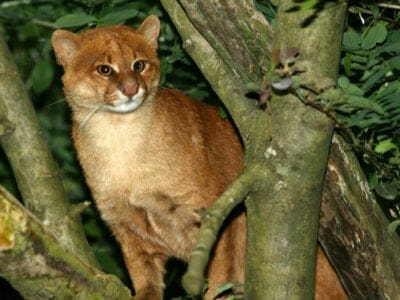
Jaguarundi Cat
These cats are expert swimmers.
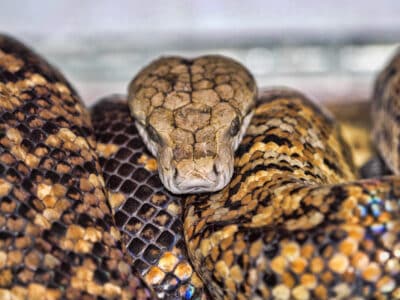
Jamaican Boa
When a Jamaican boa is coiled up, it almost looks like two snakes together because of color pattern.
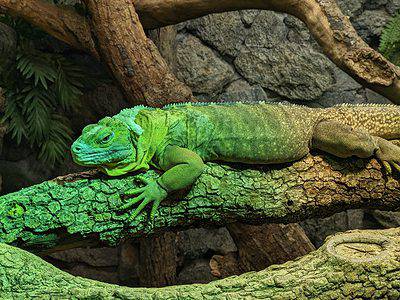
Jamaican Iguana
Almost went extinct for 40 years
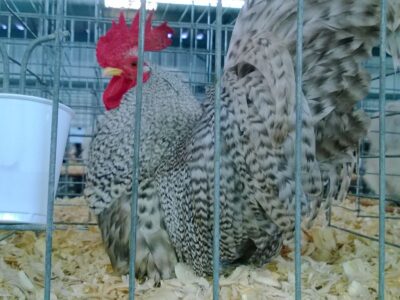
Japanese Bantam Chicken
Japanese bantam chickens are the best flying chicken species

Jumping Spider
Some can jump 50 times the length of their bodies
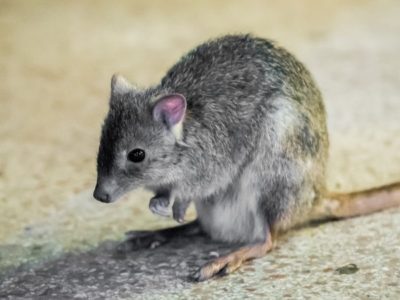
Kangaroo Rat
Merriam’s kangaroo rats literally never have to drink water
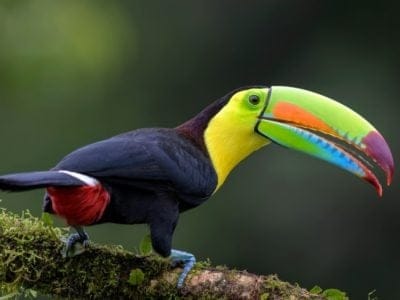
Keel-Billed Toucan
It's beak can reach nearly 20 cm long!
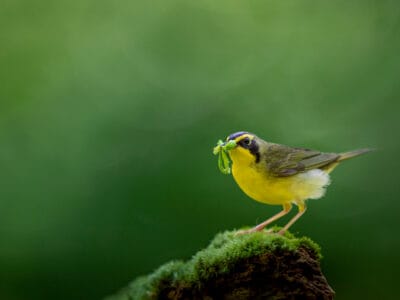
Kentucky Warbler
The Kentucky Warbler appears to wear bright yellow cat-eye glasses!
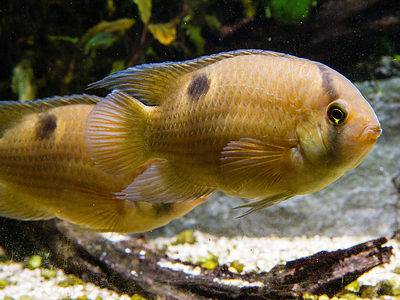
Keyhole Cichlid
When these fish feel stressed, their skin color will change from yellow-cream to brown.
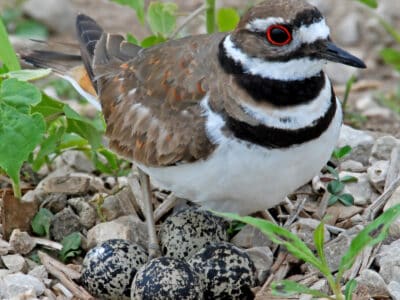
Killdeer
The killdeer feigns injury to draw a predator away from its nest.

Killifish
Killifish are highly sought after for their peaceful nature and ability to adapt to most aquarium communities.
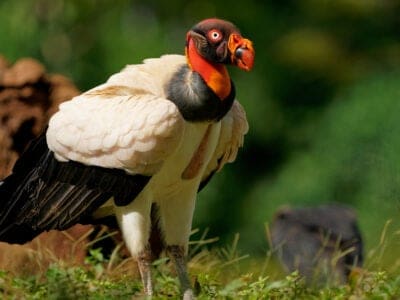
King Vulture
The king vulture is the second largest New World vulture species

Kingfisher
Inhabits wetlands and woodlands worldwide!
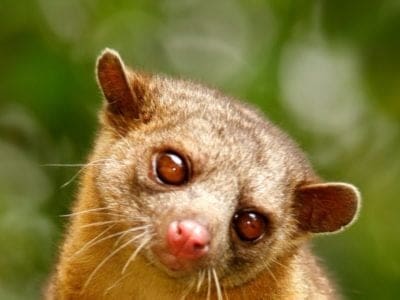
Kinkajou
The kinkajou is a nimble forest-dwelling mammal of Central and South America.

Kissing Bugs
Kissing bugs derive their name from the location they prefer to bite, which is usually close to the lips of the host
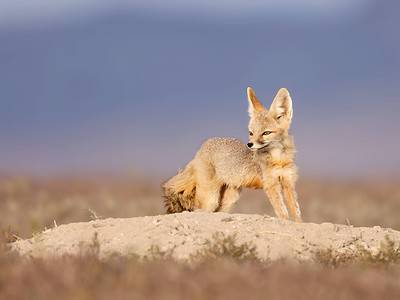
Kit Fox
The kit fox is the smallest canid in North America.

Knifefish
Produce weak electric fields
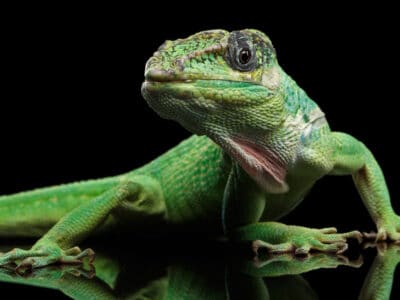
Knight Anole
When threatened, the promiscuous knight anole rises on all fours and turns bright green, and gives a menacing look.

Ladybug
There are more than 5,000 species worldwide!

Larder Beetle
Larder beetles were named based on their attraction to food storage rooms or cupboards, but they do not feed on stored food products.
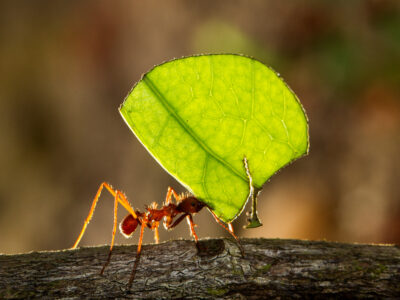
Leafcutter Ant
Leafcutter ants have been farming fungus under the forest floor for up to 50 million years!
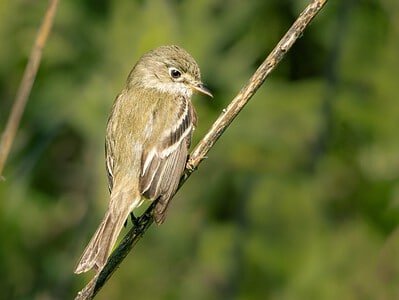
Least Flycatcher
They can travel up to 72 miles in a single day.
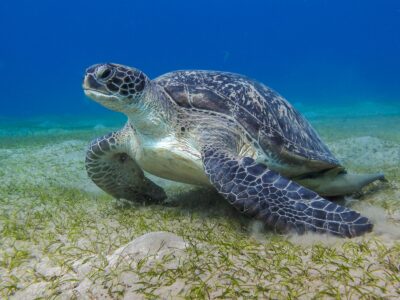
Leatherback Sea Turtle
They are the largest living turtle and the only sea turtle without a hard shell!

Leech
Has 10 pairs of eyes!
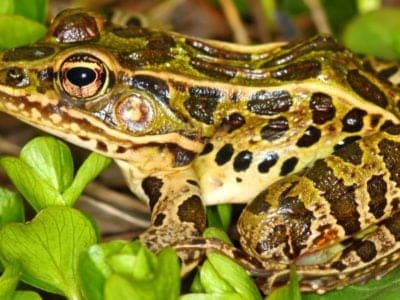
Leopard Frog
They can jump up to three feet

Leopard Lizard
Can jump a distance of two feet to capture prey

Lesser Scaup
Young lesser scaups learn to dive as soon as their down dries.

Lizard
There are around 5,000 different species!
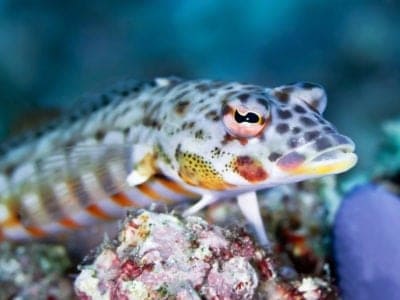
Lizardfish
The lizardfish can camouflage itself against the sandy bottom to avoid predators.

Locust
Each locust can eat its weight in plants each day.
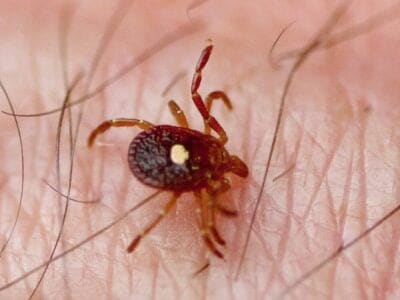
Lone Star Tick
Only females have the ‘lone star’ marking
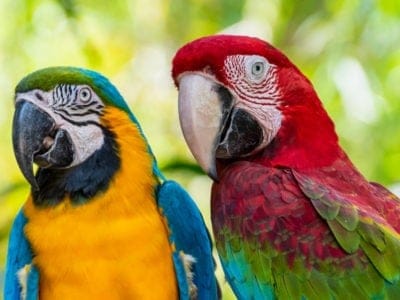
Macaw
The largest species of parrot in the world!
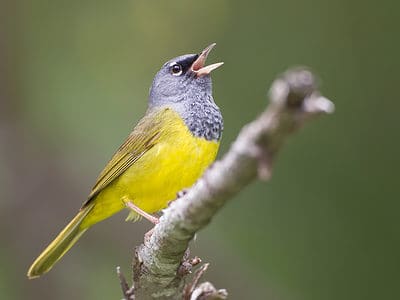
MacGillivray’s Warbler
The complicated story of how MacGillivray’s Warblers got their name involves three ornithologists, a physician and a compromise.
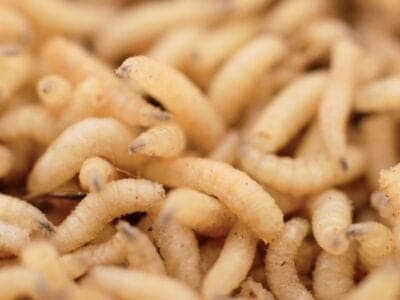
Maggot
Will only live in wet areas
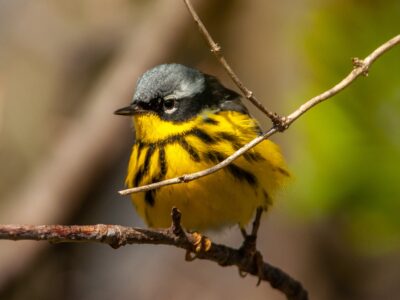
Magnolia Warbler
They line their nests with fungi strands
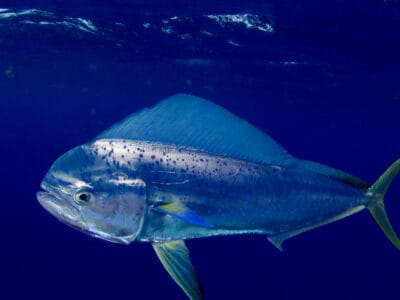
Mahi Mahi (Dolphin Fish)
It's called the rabbit of the ocean because it multiplies so quickly.
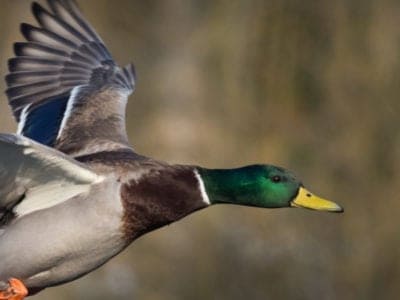
Mallard
With an appropriate tail wind, the mallard can travel hundreds of miles a day
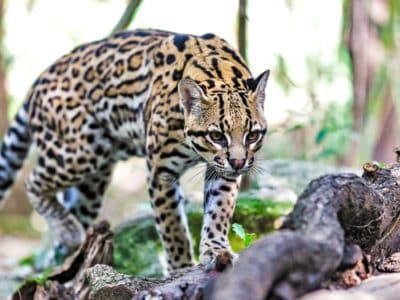
Margay
Margays are one of the world’s most highly adapted cat species for climbing trees!
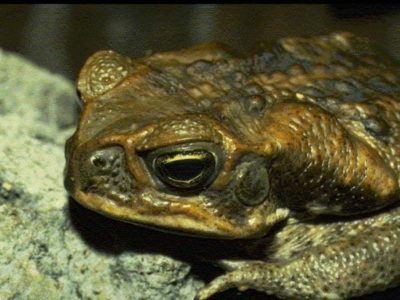
Marine Toad
Produces a toxin used in arrow darts!
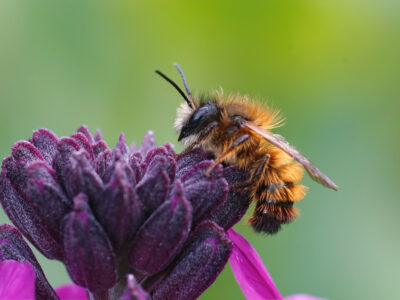
Mason Bee
N/A
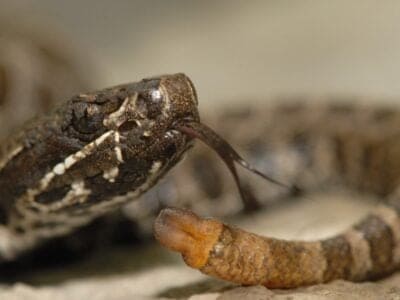
Massasauga
The name “Massasauga” comes from the Chippewa language, meaning “Great River Mouth”.
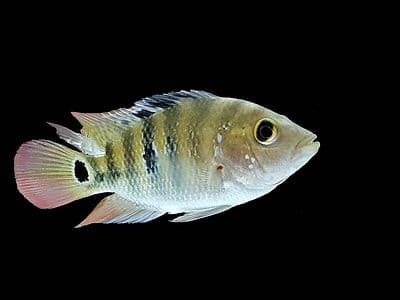
Mayan Cichlid
Mayan cichlids live longer in captivity than they do in the wild.

Mayfly
There are 2,500 known species worldwide!

Mealybug
They have a symbiotic relationship with ants.
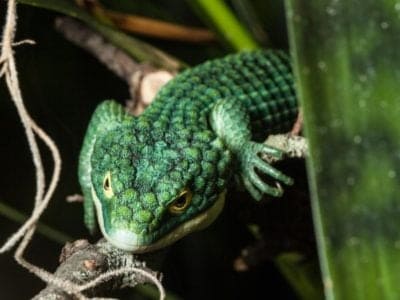
Mexican Alligator Lizard
Mexican alligator lizards shed their skin like snakes.
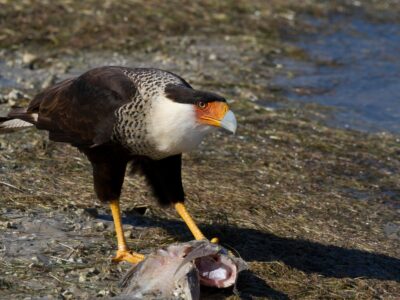
Mexican Eagle (Northern crested caracara)
The northern crested caracara mates for life with its partner

Mexican Free-Tailed Bat
Some colonies have millions of bats

Mexican Mole Lizard
They can break off part of their tail, but it will not grow back.

Millipede
Some species have a poisonous bite!

Mockingbird
Mockingbirds are incredible mimics that can learn hundreds of songs!
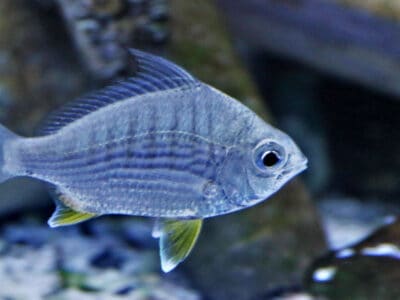
Mojarra
The mojarra's protruding mouth allows it to sift along the seabed for food
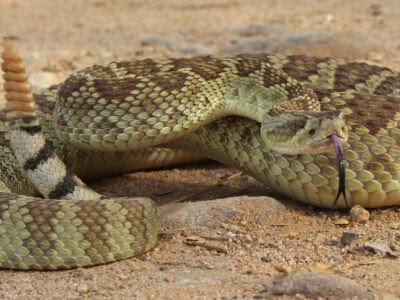
Mojave Rattlesnake
"The Mojave rattlesnake is the most venomous rattlesnake in the world."

Mole
Primarily hunts and feeds on Earthworms!

Mole Cricket
Adult Mole crickets may fly as far as 5 miles during mating season and are active most of the year.
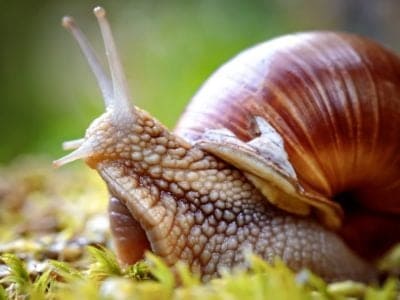
Mollusk
Most molluscs have more than one heart
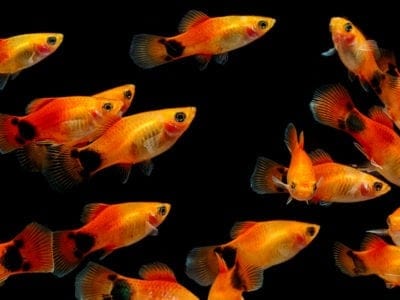
Molly
Known for their calm and peaceful nature!

Monarch Butterfly
During migration, Monarch Butterflies may travel 250 or more miles each day.

Mongrel
Has characteristics of two or more breeds!

Monkey
There are around 260 known species!
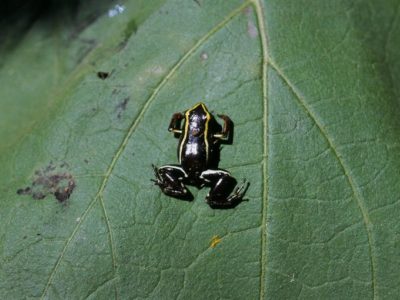
Monte Iberia Eleuth
The smallest frog in the Northern Hemisphere!
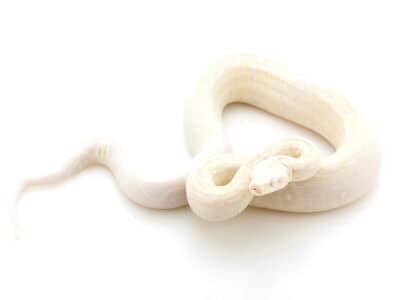
Moonglow Boa
Moonglow boas are the result of mixing three genetic traits.

Moorhen
Feeds on aquatic insects and water-spiders!
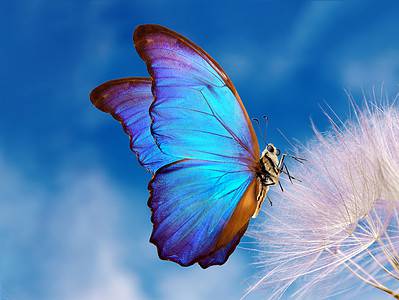
Morpho Butterfly
Collectors prize them for their bright wings

Mosquito
Only the female mosquito actually sucks blood

Moth
There are 250,000 different species!
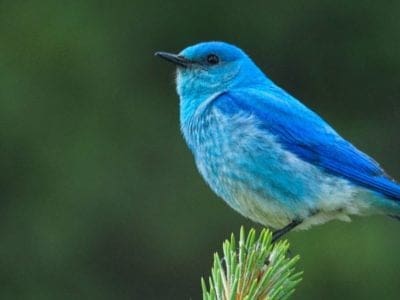
Mountain Bluebird
Depending on the time of the year, the mountain bird can live as far north as Alaska.
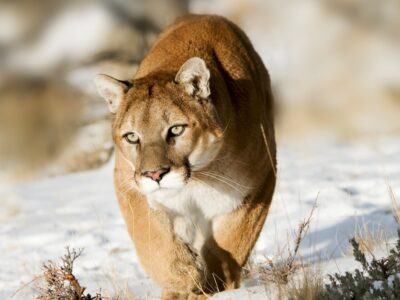
Mountain Lion
Has no real natural predators!
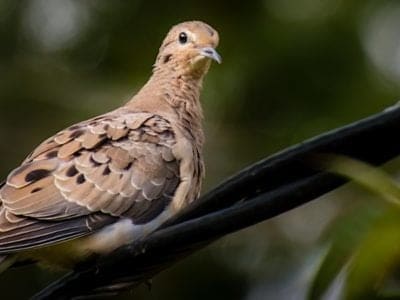
Mourning Dove
It is almost always the male who makes the famous sad sound, which is a wooing call
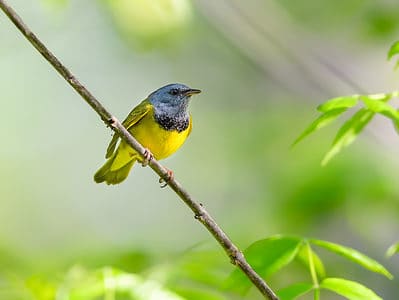
Mourning Warbler
The Mourning Warbler was named for its gray head, which resembles a mourning veil!

Mouse
Found on every continent on Earth!

Mule
The offspring of a horse and donkey parents!
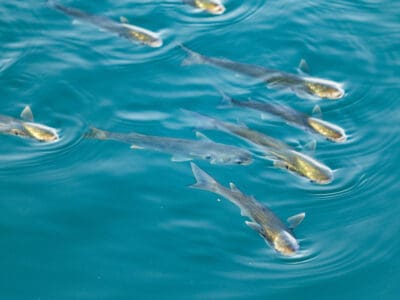
Mullet Fish
The Striped Mullet is one of the best-known and most easily identified species, with black horizontal stripes along its body.
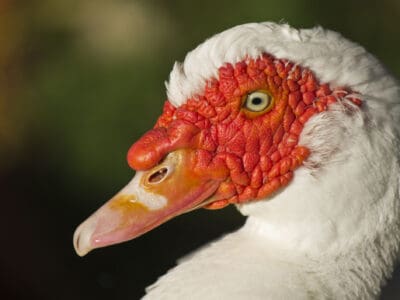
Muscovy Duck
Unlike most duck species, the Muscovy is silent and only makes noise when excited or threatened.
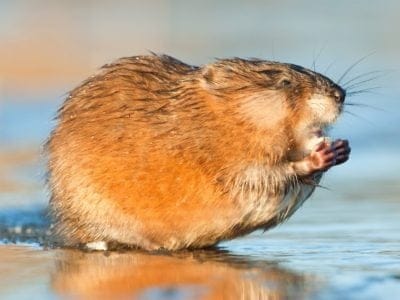
Muskrat
The muskrat can stay underwater up to 17 minutes at a time
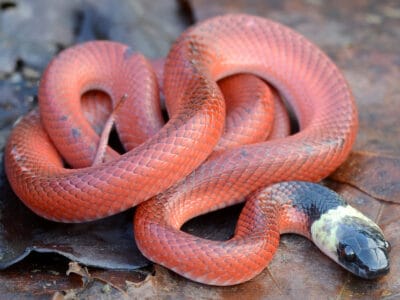
Mussurana Snake
Mussurana snakes help keep rodents from overrunning farms.
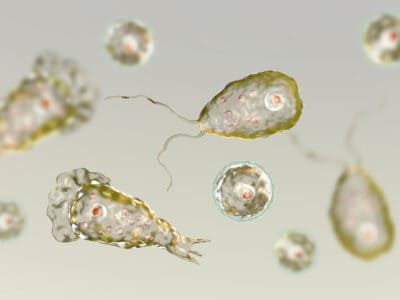
Naegleria
Causes primary amoebic meningoencephalitis
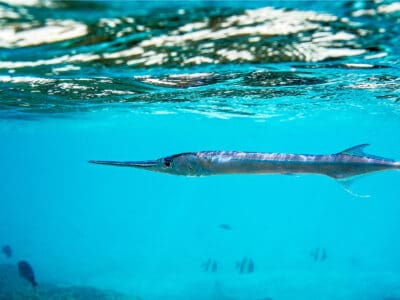
Needlefish
no stomach to digest food

Nematode
Nematodes range in size from 1/10 of an inch to 28 feet long
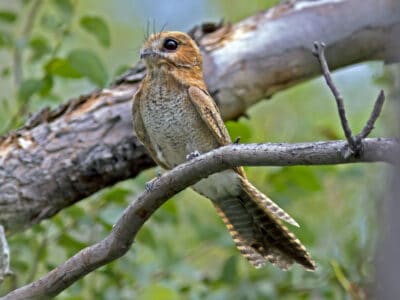
Nightjar
There are 97 nightjar species across 20 genera!

No See Ums
There are more than 5,000 species.
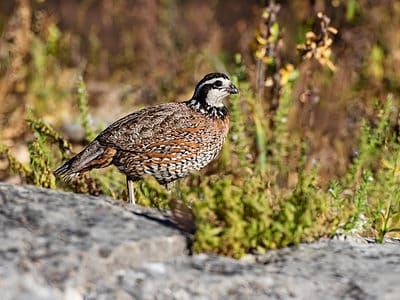
Northern Bobwhite
The northern bobwhite is named for its distinctive whistling call that sounds like ‘bob-white’.
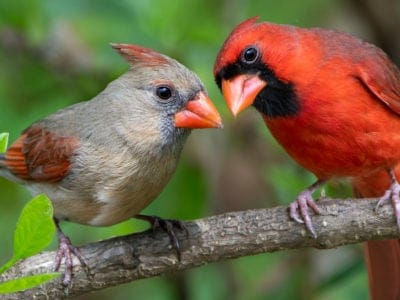
Northern Cardinal
Males are a bright red color, also called "cardinal red"
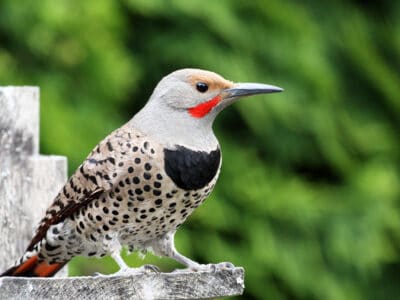
Northern Flicker
Northern Flickers often make their homes in dead trees.
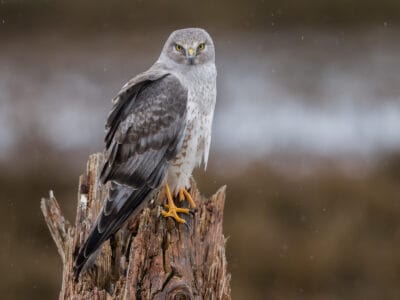
Northern Harrier
They can reach speeds of 25 Mph but prefer to soar low and slow.

Northern Jacana
The northern jacana is one of two species found in the Americas, from the United States to Panama.
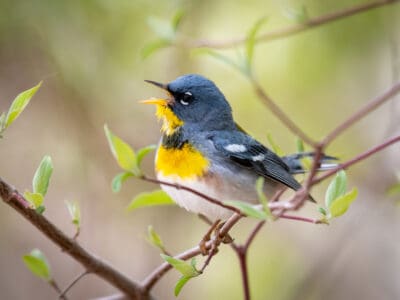
Northern Parula
They live in coffee and citrus plantations during the winter
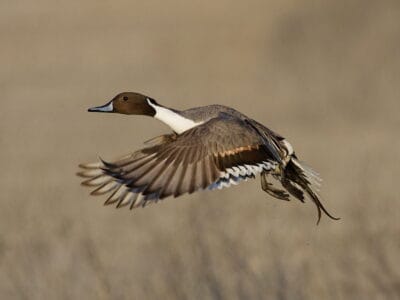
Northern Pintail
Northern pintails migrate at night with speeds reaching 48 miles per hour!
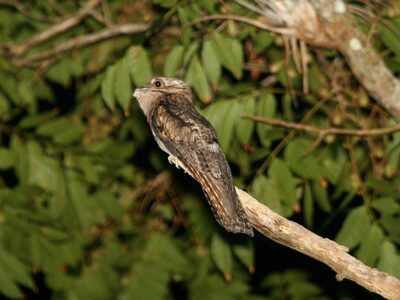
Northern Potoo
You can find them near golf courses in urban areas
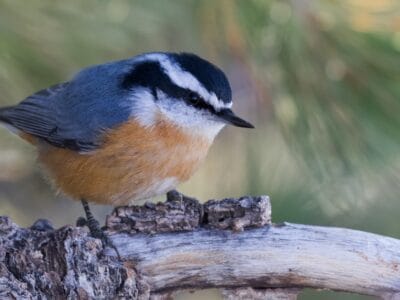
Nuthatch
Nuthatches spend a lot of their time upside down.

Ocellated Turkey
These birds are timid and hard to spot, but their noisy gobbles give them away.

Ocelot
Also known as the Painted Leopard!
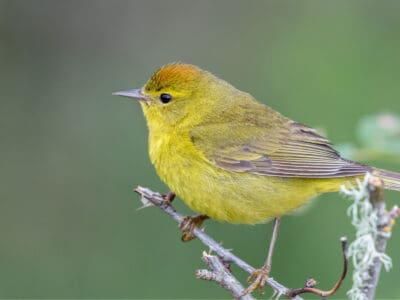
Orange-Crowned Warbler
Often mistaken for the Tennessee Warblers, which are equally dull.

Orb Weaver
Females are about four times the size of males
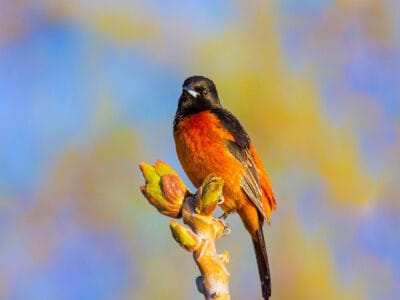
Orchard Oriole
They use rapid wingbeats to hover over foliage as they search for food.

Osprey
They reuse nesting sites for 70 years!

Otter
There are 13 different species worldwide
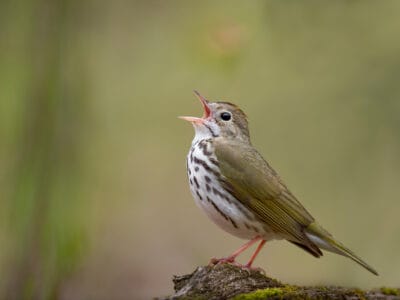
Ovenbird
The ovenbird is named for its unusual nest, which is shaped like an oven!

Owl
The owl can rotate its head some 270 degrees

Owl Butterfly
Owl butterflies derive their name from big spots on each hindwing that resemble owl eyes
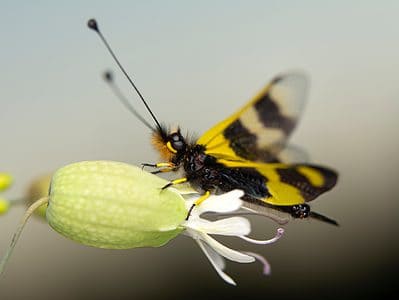
Owlfly (Ascalaphidae)
Adult owlflies can capture prey while flying in the air.
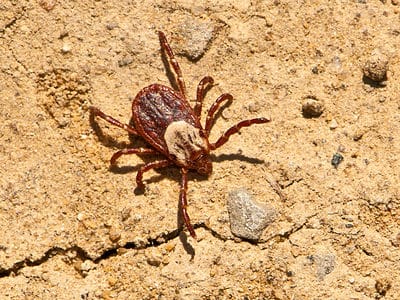
Pacific Coast Tick
Pacific Coast ticks can go without food for two to three years without dying.

Painted Bunting
They are one of the most colorful species of birds.
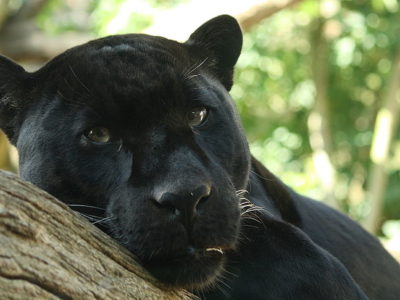
Panther
Prefers to hunt at night than during the day!
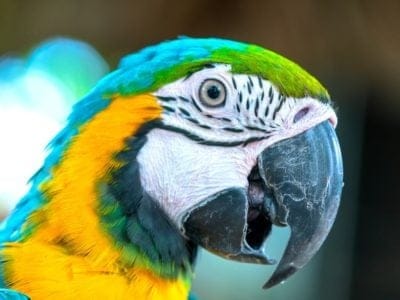
Parrot
Can live for up to 100 years!
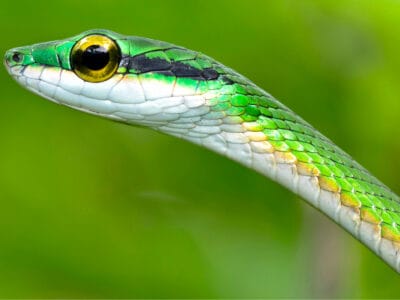
Parrot Snake
The parrot snake shows off with bright green and bronze colors that cover its entire body.
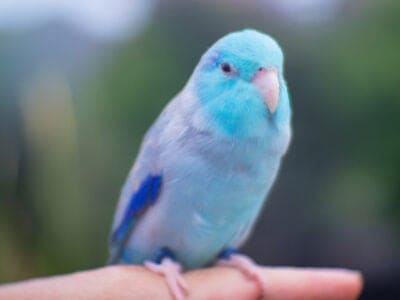
Parrotlet
Parrotlets aren't the world's tiniest parrot — that would be the pygmy parrot of Australasia.

Pelagornithidae
The biggest members of the Pelagornithidae family were the largest flying birds known.

Peregrine Falcon
Fastest animal on Earth

Pheasant
Females lay between 8 and 12 eggs per clutch!
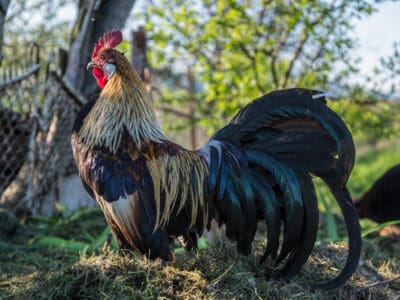
Phoenix Chicken
These small chickens have tails that can be up to five feet long!

Pigeon
They can find their way back to their nests from up to 1300 miles away.
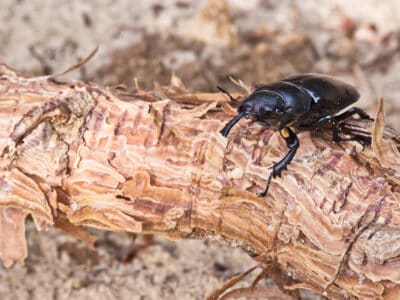
Pine Beetle
Female pine beetles can lay up to 75 eggs at once, and the males will stay with their mates for up to 3 weeks after fertilizing the eggs
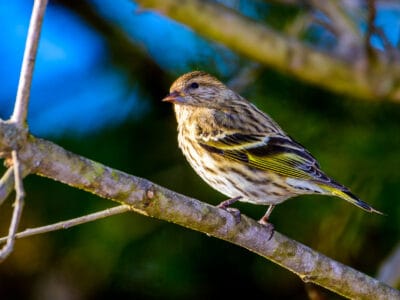
Pine Siskin
When foraging, pine siskins hang upside down to pick through the leaves and bark, collecting seeds from coniferous trees.

Pipe Snake
Some of these snakes flatten their neck and raise their heads to imitate cobras if they’re threatened.
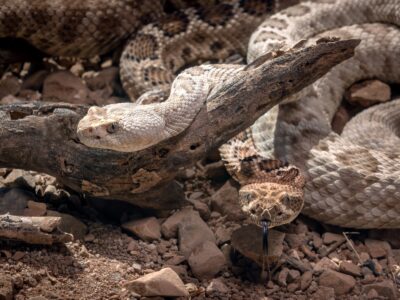
Pit Viper
Pit vipers's fangs fold up into their mouths when they don't need them.
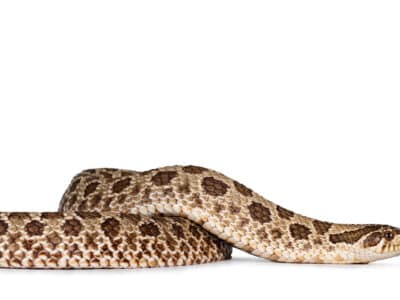
Plains Hognose Snake
The plains hognose snake gets its name from the upturned end of its snout.
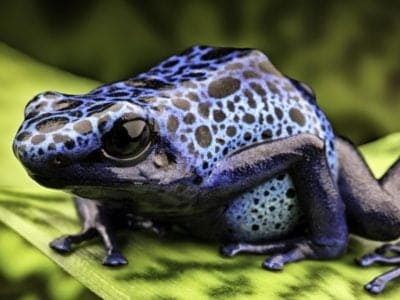
Poison Dart Frog
Inhabits the jungles of Central and South America!
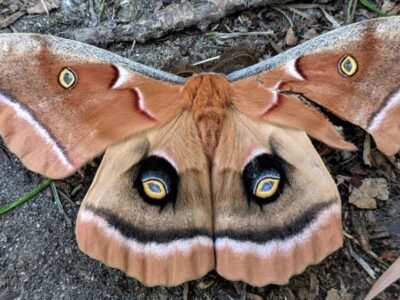
Polyphemus Moth
The Polyphemus moth doesn’t and can't eat, except when it's a caterpillar!
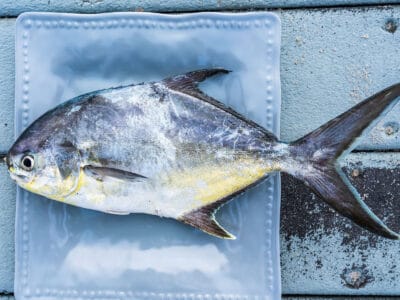
Pompano Fish
They are bottom-feeders
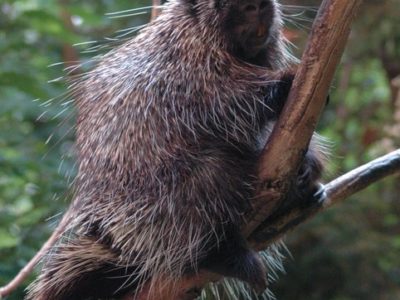
Porcupine
There are 30 different species worldwide!
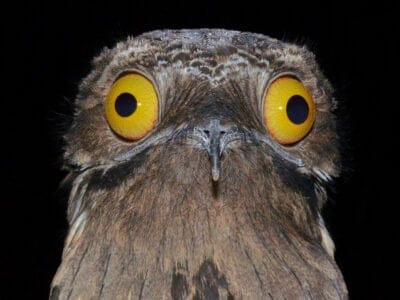
Potoo
The potoo’s eyelids have slits that let them see even when their eyes are closed.
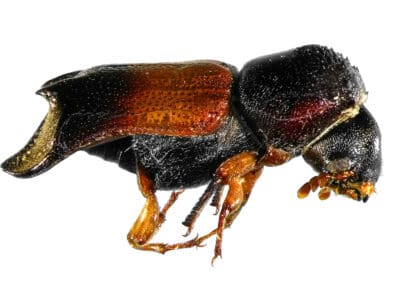
Powderpost Beetle
Powderpost beetles prefer living in moist tree limbs, dead wood, and branches. They get into homes through infested joists, paneling, rafters, flooring, and finished wood products.
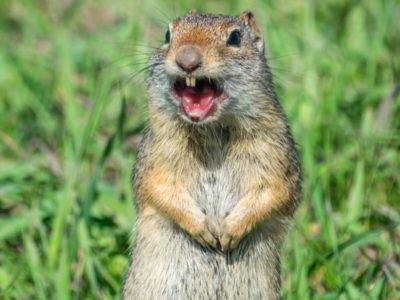
Prairie Dog
Prairie dog “towns” can consists of hundreds of individuals
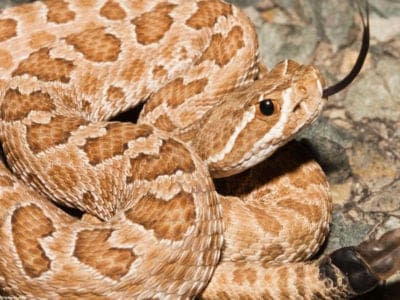
Prairie Rattlesnake
The striking distance of a prairie rattlesnake is 2/3rds the length of its body.
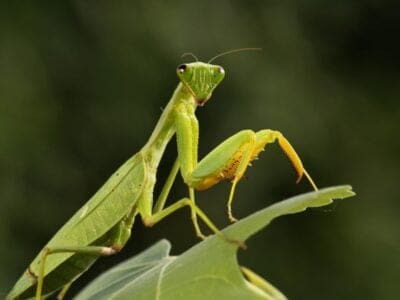
Praying Mantis
The mantis can turn its head 180 degrees.
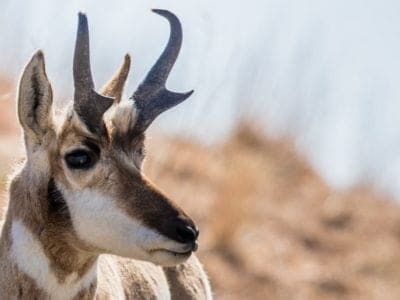
Pronghorn
While pronghorns are the fastest runner of any Western Hemisphere land animal, they are not good jumpers.

Puma
Has longer back legs than front legs!
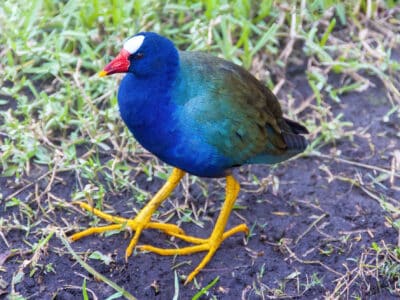
Purple Gallinule
They build their nests on the water, anchoring it to nearby aquatic vegetation.

Purussaurus
Purussaurus had a bite force that is higher than that of any creature that has ever lived
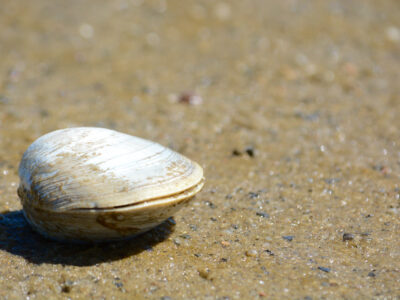
Quahog Clam
Their hinged shell protects their soft body

Quail
Inhabits woodland and forest areas worldwide!

Quetzal
The tail feathers of the male can be 1m long!
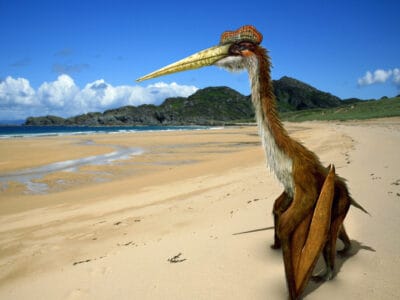
Quetzalcoatlus northropi
Quetzalcoatlus northropi was one of the largest flying animals ever found
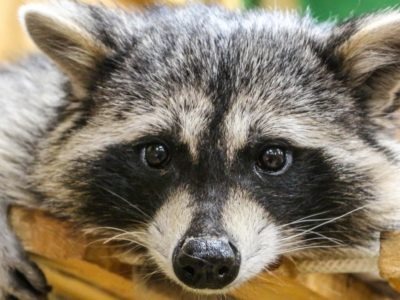
Raccoon
Known to wash their food before eating it!
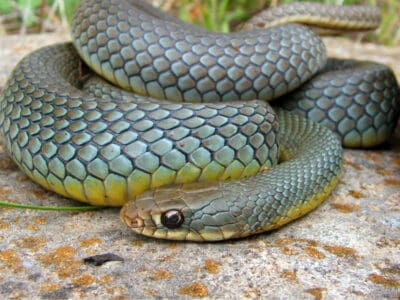
Racer Snake
The racer snake can speed away at up to 3.5 miles per hour

Rainbow Boa
The rainbow boa is named for its iridescent skin that refracts light and creates a rainbow-colored effect.

Rat
Omnivores that eat anything!
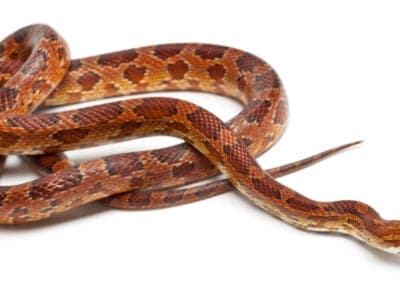
Rat Snakes
Rat snakes are constrictors from the Colubridae family of snakes.
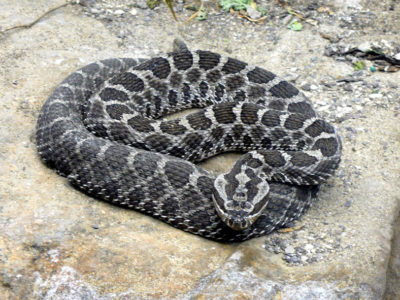
Rattlesnake
Rattlesnakes may have evolved their rattle to warn bison away from them.

Red Diamondback Rattlesnake
A rattlesnake can shake its rattle back and forth 20-100 times per second.
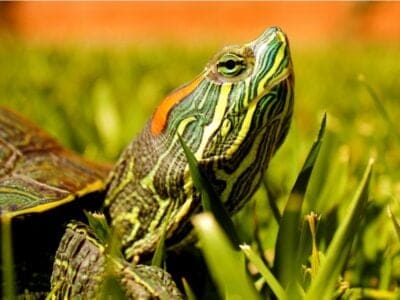
Red-Eared Slider
Sliders spend lots of time basking in the sun. As cold-blooded animals, they need the sun to heat up.
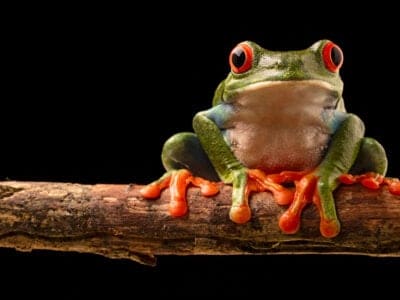
Red-Eyed Tree Frog
Despite their spectacular coloration, red-eyed tree frogs aren’t poisonous and can be kept as pets.

Red Finch
Red finches can form flocks of over 100 birds.
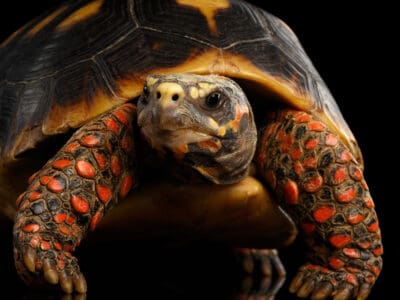
Red-Footed Tortoise
Male and female Red-Footed Tortoises move their heads to communicate.
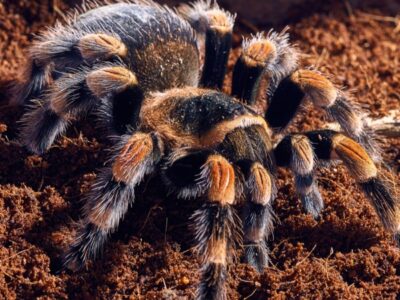
Red Knee Tarantula
Inhabits the Pacific Mountains of Mexico!
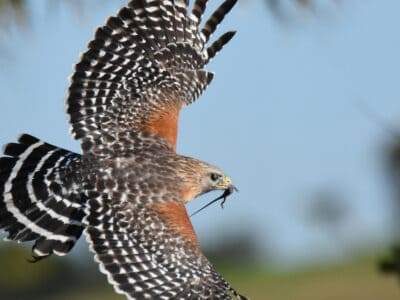
Red-Shouldered Hawk
Red-Shouldered Hawks reuse the same nesting area each year.
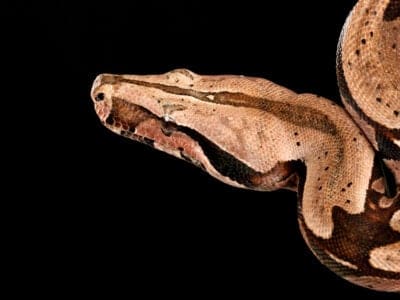
Red Tail Boa (common boa)
Red tailed boas don’t suffocate their prey, they squeeze until the heart stops circulating blood to the brain.
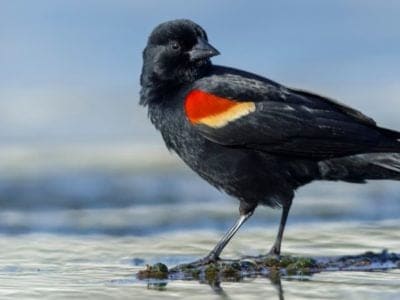
Red-winged blackbird
The male red-winged blackbird can sing to attract mates

Rhino Beetle
Rhinoceros beetles can lift objects 850 times their weight
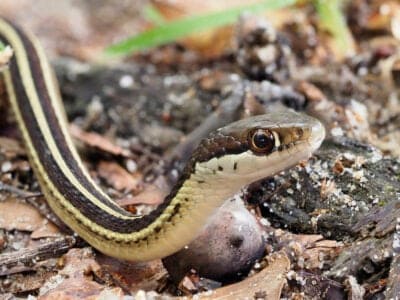
Ribbon Snake
Ribbon snakes love water, but are excellent climbers too.

Ring-billed Gull
The ring-billed gull feeds on vast quantities of human waste and garbage.

River Turtle
Inhabits freshwater habitats around the world!
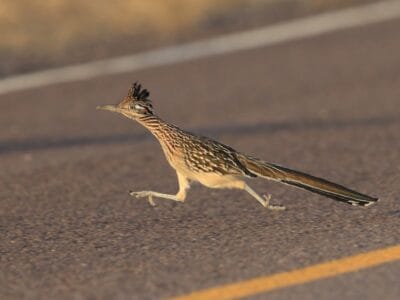
Roadrunner
Roadrunners are one of the few animals that prey on rattlesnakes and tarantula hawk wasps.
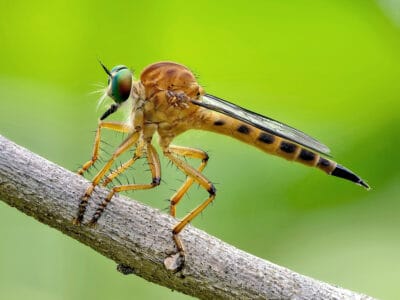
Robber Flies
The female pretend they are dead if they do not find the male worthy of mating.
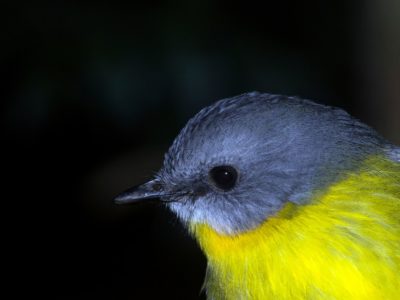
Robin
There are more than 45 species in Australia alone!

Rodents
The capybara, the world’s largest rodent, likes to be in and around bodies of water. Because of this, the Catholic Church in South America decided that it was a fish, and people were allowed to eat it during Lent and First Fridays.

Rooster
Will mate with the entire flock!

Root Aphids
Nymphs take 9 to 10 days on average to mature, with a complete lifespan of an estimated 30 days.
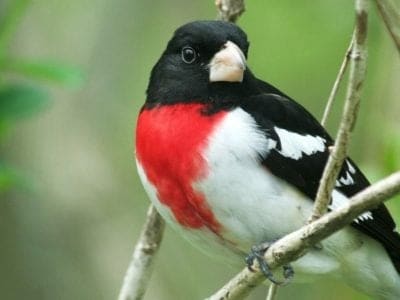
Rose-Breasted Grosbeak
This bird is also called cut-throat because the male looks like his throat has been cut and has bled over his breast.
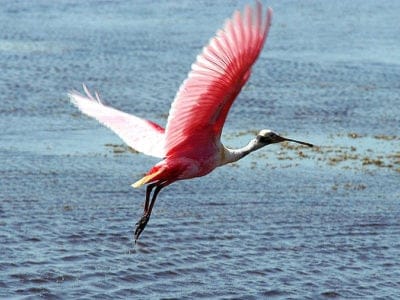
Roseate Spoonbill
The only Spoonbill in the western hemisphere!
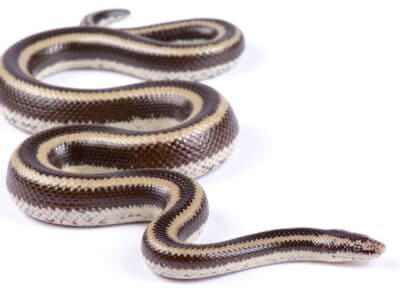
Rosy Boa
One of the few snakes that naturally comes in a rainbow of colors!
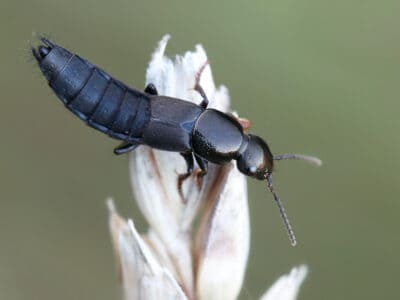
Rove Beetle
When threatened, rove beetles raise the ends of their body like scorpions, but they have no sting.
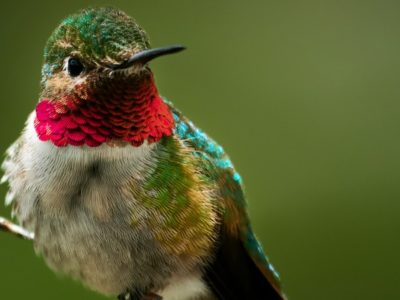
Ruby-Throated Hummingbird
Ruby-throated hummingbirds can beat their wings more than 50 times per second.
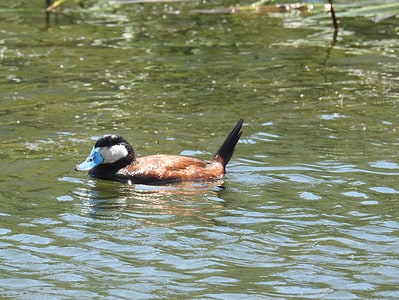
Ruddy Duck
Ruddy duck breeding males have bright blue bills!
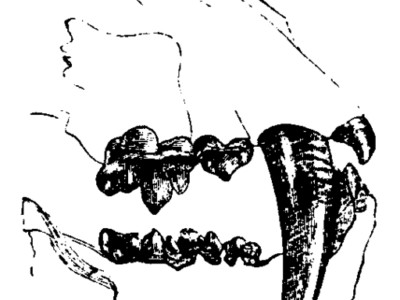
Saber-Toothed Tiger
Canines up to 7 inches long!

Sable Ferret
Ferrets were used during the Revolutionary War to keep down the rat population.
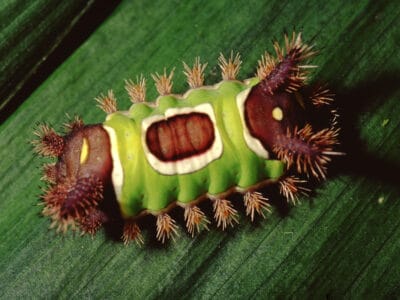
Saddleback Caterpillar
Saddleback caterpillars are solitary in nature, unlike many of their cousins that live in pairs or groups. They only intermingle when it's time to mate and lay eggs.
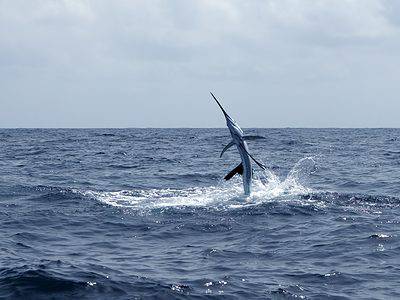
Sailfish
Fast billfish with a sail-like dorsal fin
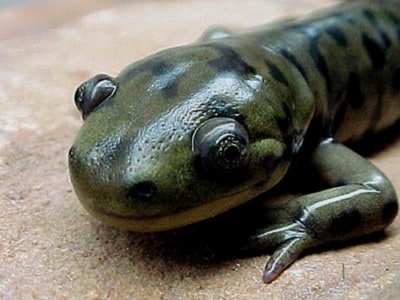
Salamander
There are more than 700 different species!
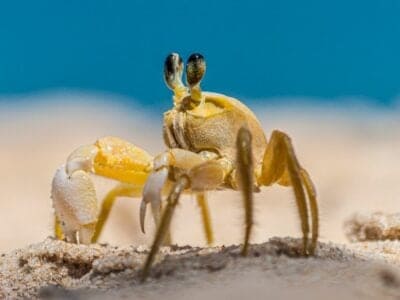
Sand Crab
The sand crab burrows beneath the sand with its tail
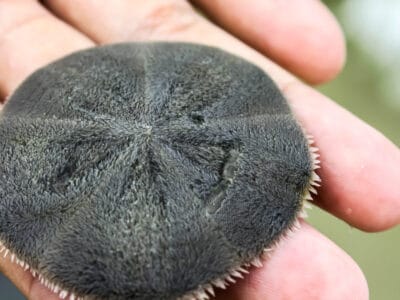
Sand Dollar
Sand Dollar skeletons make popular collection items for seashell collectors.
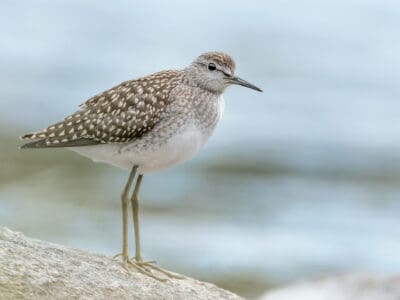
Sandpiper
Some sandpipers can migrate more than 8,000 miles without stopping!
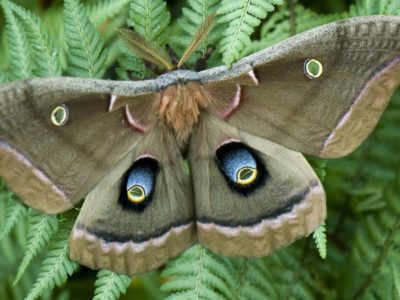
Saturniidae Moth
Some of the largest moths in the world
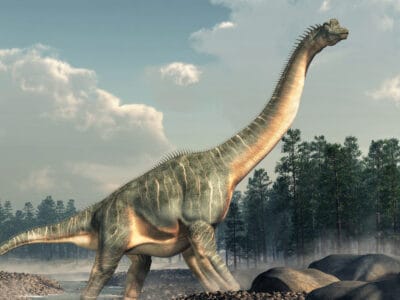
Sauropoda
Newly hatched sauropods weighted less than 11 pounds and put on 2 tons of weight a year!
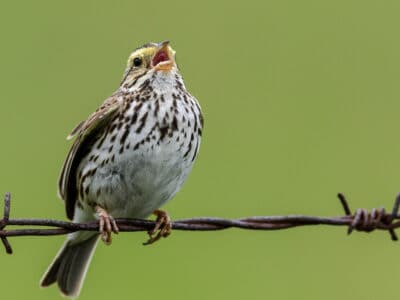
Savannah Sparrow
The Savannah sparrow gets its name because one of the first of this type of bird was found in the city of Savannah, Georgia.
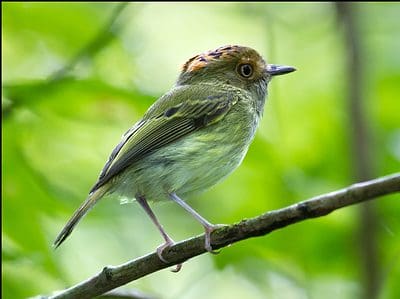
Scale-Crested Pygmy Tyrant
They raise their crests to ward off predators
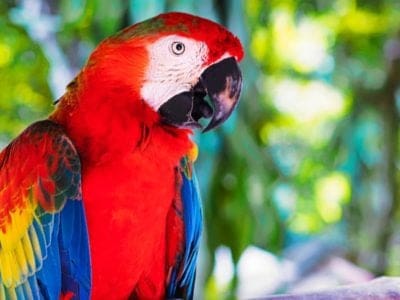
Scarlet Macaw
Like many parrots, the scarlet macaw is capable of vocal mimicry.
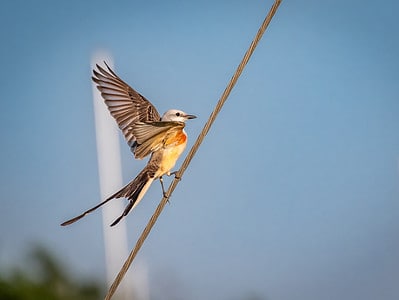
Scissor-tailed Flycatcher
Scissor-tailed flycatchers are known for their dramatically long tails!

Scorpion
There are around 2,000 known species!

Sea Eagle
The sea eagle tends to mate for life with a single partner

Seagull
Some gulls are capable of using tools

Seahorse
Males give birth to up to 1,000 offspring!
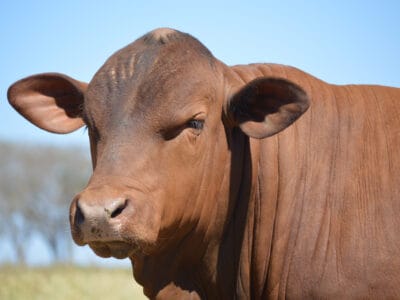
Senepol Cattle
Senepol cattle have a distinctive red color and no horns.
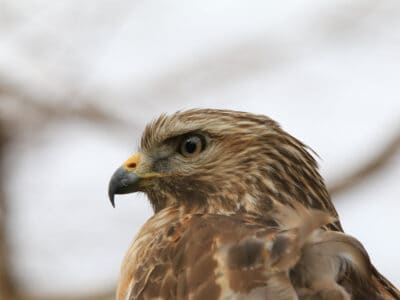
Sharp-Shinned Hawk
In captivity, sharp-shinned hawks can live up to 13 years. However, in the wild, this number is significantly reduced to 3 years!

Sheep
Around 35 million in the English countryside!
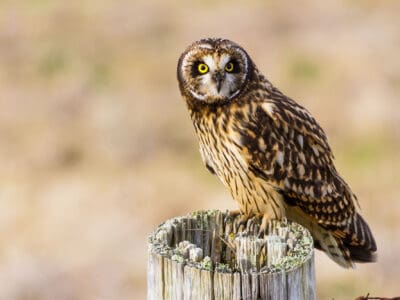
Short-Eared Owl
The short-eared owl is one of the most widespread owl species in the world, covering five continents.
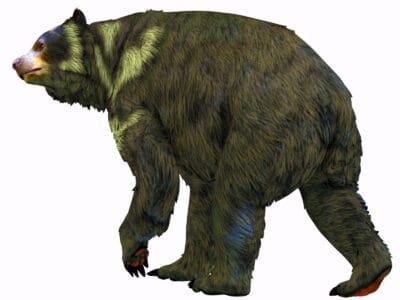
Short-Faced Bear
The modern Spectacled Bear, which lives in South America, is related to the Short-Faced Bear!

Shrew
The spinal column of the shrew Scutisorex somereni is so strong and reinforced that it can support the weight of an adult human.

Shrimp
There are 2,000 different species worldwide!

Skink Lizard
Some skinks lay eggs in some habitats while giving birth to skinklets in other habitats.

Sloth
It's body temperature is between 30 - 34 degrees!

Slug
They glide around on one foot, which is aided by the slime they produce
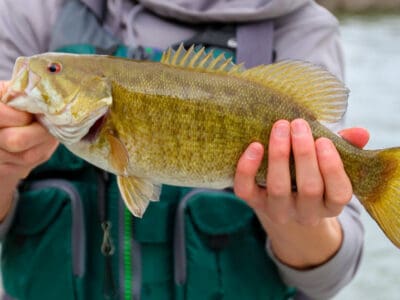
Smallmouth Bass
A fierce fighter!

Smokybrown Cockroach
Has up to 45 eggs per egg case

Snail
There are nearly 1,000 different species!

Snake
There are around 4,000 known species worldwide
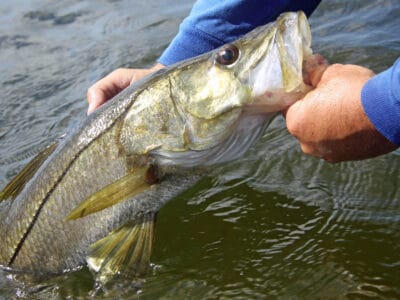
Snook Fish
Males change into females after the spawning season
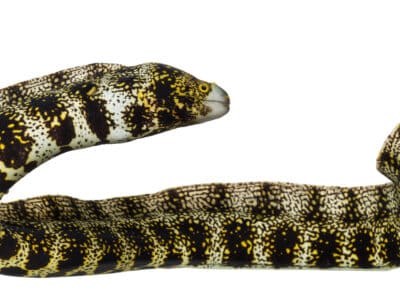
Snowflake Eel
Snowflake Eel have two jaws to help them swallow their food.
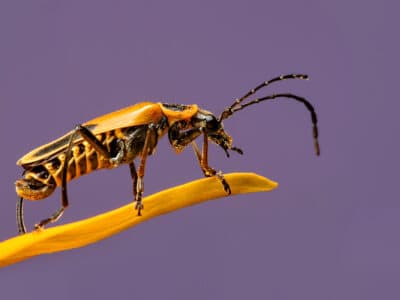
Soldier Beetle
Soldier beetles resemble fireflies, but they're not bioluminescent.
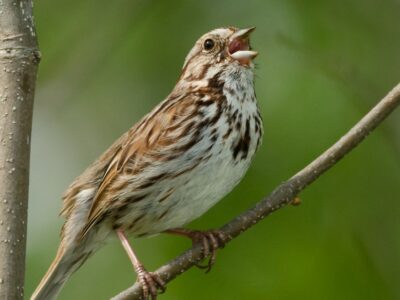
Song Sparrow
Pumps its tail when it flies!
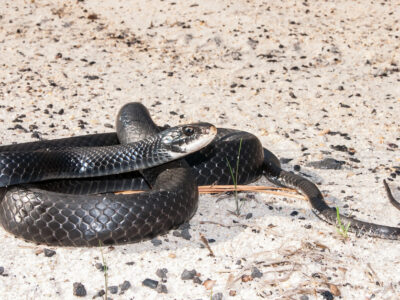
Southern Black Racer
These snakes live underground, beneath piles of leaf litter or in thickets, and they are expert swimmers.
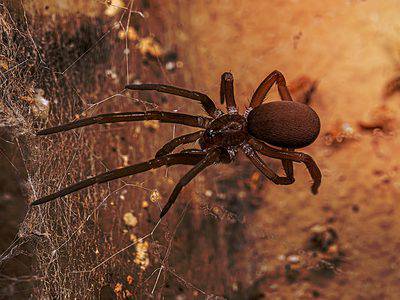
Southern House Spider
Large web making house spider
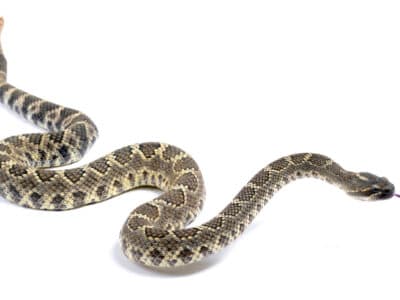
Southern Pacific Rattlesnake
Southern Pacific rattlesnakes hibernate in dens that hold hundreds of snakes.
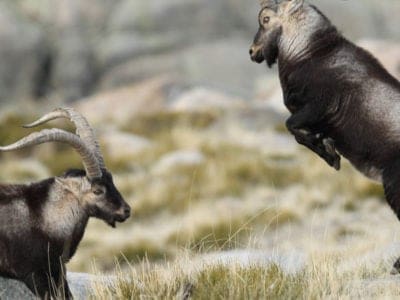
Spanish Goat
They have long, horizontal ears.

Sparrow
There are 140 different species!
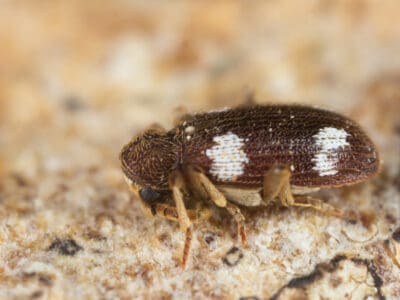
Spider Beetle
Spider beetles have globular bodies, which makes them look like spiders.
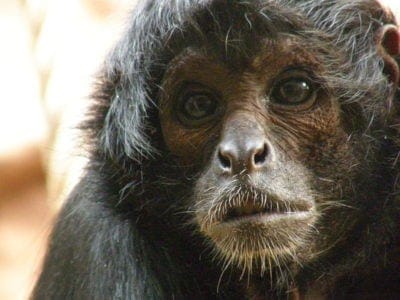
Spider Monkey
Belongs to the only family of primates in the world with full prehensile tails!

Spider Wasp
They prey on spiders to feed their larvae or they parasitize other spider wasps.
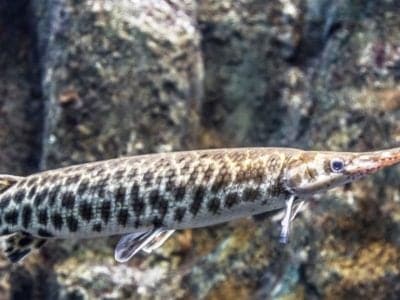
Spotted Gar
They are commonly mistaken as logs in the water due to their cylindrical body.
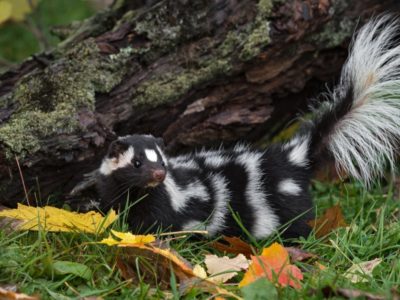
Spotted Skunk
Spotted skunks are known for their acrobatic abilities. They perform handstands before spraying their enemies.
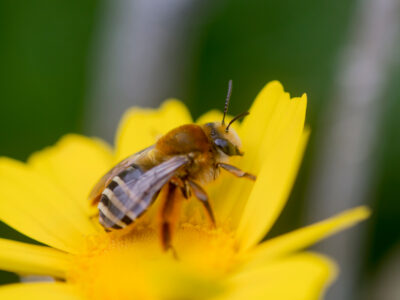
Squash Bee
N/A

Squirrel
Small rodents found in woodlands worldwide!
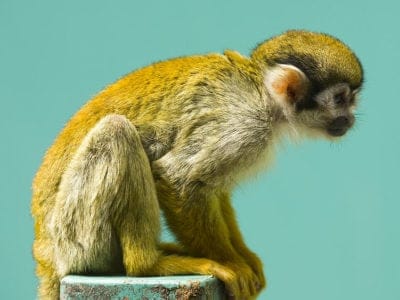
Squirrel Monkey
Lives in groups of up to 500 individuals!

Stick Insect
There are more than 3,000 different species!

Stork
They can’t sing like other birds.
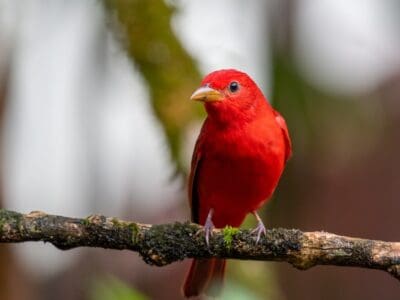
Summer Tanager
They remove bee stingers by rubbing them against a tree
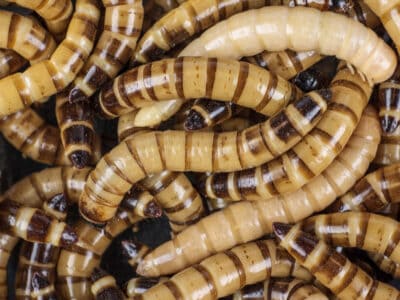
Superworm
These larvae are native to Central and South America but now occur on every continent except Antarctica
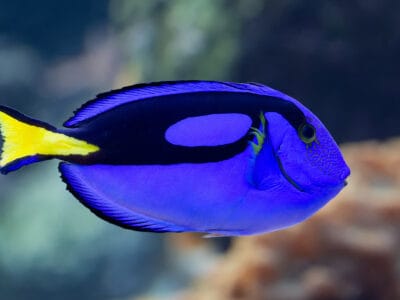
Surgeonfish
Paracanthurus hepatus, the palette surgeonfish or bluetang, is the only member of its genus
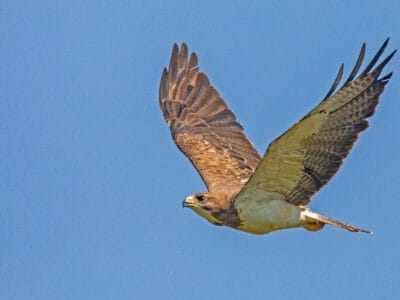
Swainson’s Hawk
Their wings form a “V” shape when flying.
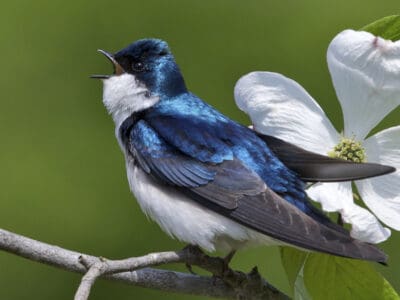
Swallow
swallows have aerodynamic bodies for hunting in flight

Swan
Populations have been affected by pollution!
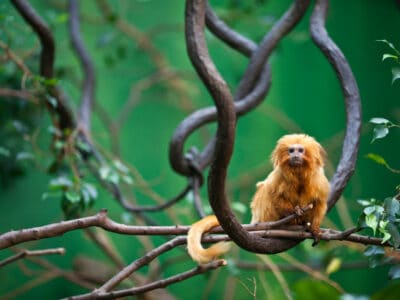
Tamarin
These tiny yet intelligent monkeys often give birth to fraternal twins.

Tarantula
More than 1000 species of tarantulas have been identified all around the world!

Tarantula Hawk
Tarantula hawks are excellent pollinators, especially for milkweed.

Termite
Their mounds can be up to 9 meters tall!

Texas Blind Snake
These snakes grow to just 11 inches long
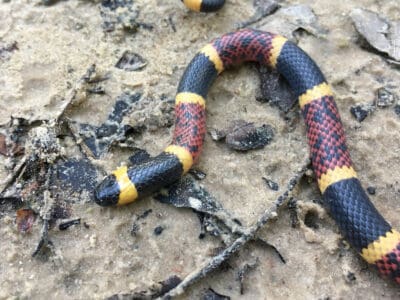
Texas Coral Snake
Texas coral snakes have the second most powerful venom in the world

Texas Indigo Snake
Texas Indigo Snakes are known for chasing down, overpowering, and eating rattlesnakes.

Texas Spiny Lizard
They hold push-up competitions!

Thrush
The American robin is called the robin because its red breast reminded European settlers of the robin back in the old country.

Tick
They inject hosts with a chemical that stops them from feeling the pain of the bite

Tiger Beetle
The adult tiger beetle is one of the fastest land insects in the world
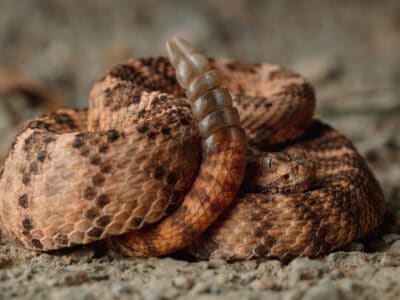
Tiger Rattlesnake
These rattlesnakes have the smallest heads of any rattlesnake.
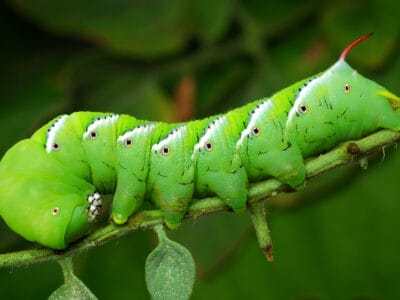
Tomato Hornworm
The tomato hornworm is a ferocious pest that can eat all parts of a plant, including the fruits.

Tortoise
Can live until they are more than 150 years old!
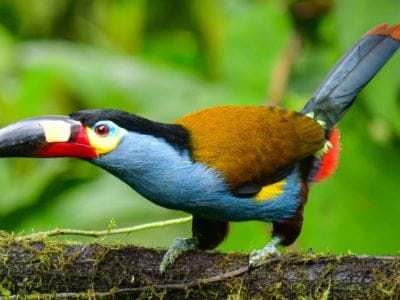
Toucan
There are more than 40 different species!
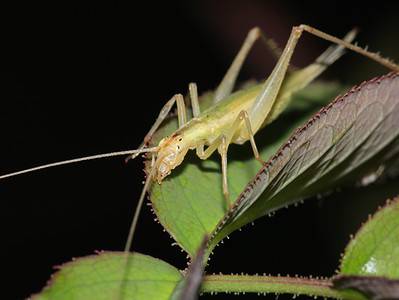
Tree Cricket
They make music with their wings

Tree Frog
Found in warmer jungles and forests!

Tree swallow
The tree swallow can make more than a dozen distinct vocalizations

Triggerfish
There are 40 species of Triggerfish, all with different coloring and patterns.
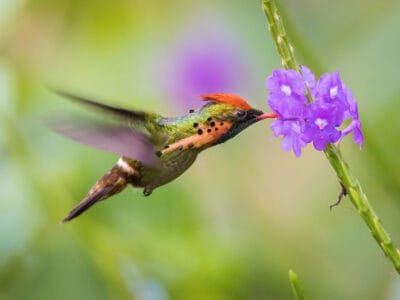
Tufted Coquette
They are tame and easy to approach

Turtles
Some species of aquatic turtles can get up to 70 percent of their oxygen through their butt.
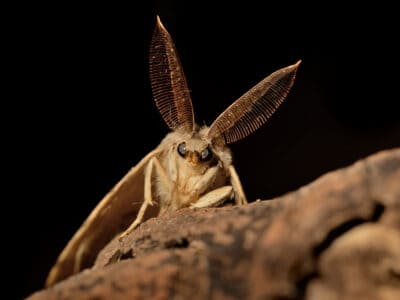
Tussock Moth
N/A
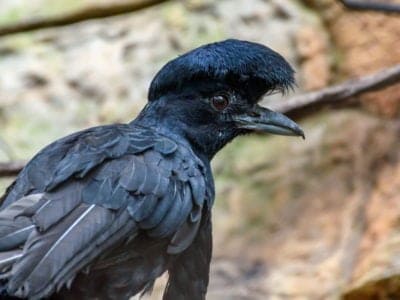
Umbrellabird
Migrates up and down the mountains!
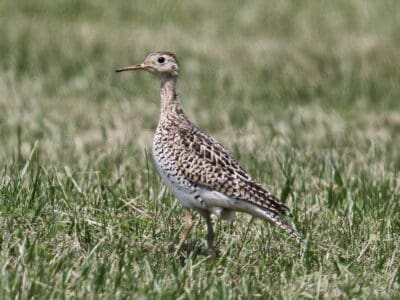
Upland Sandpiper
They make jerky movements as they walk through the grass, searching for food.
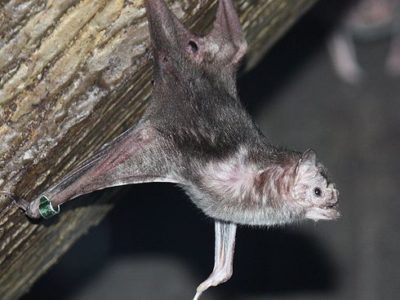
Vampire Bat
Have a heat sensor on the end of their nose!
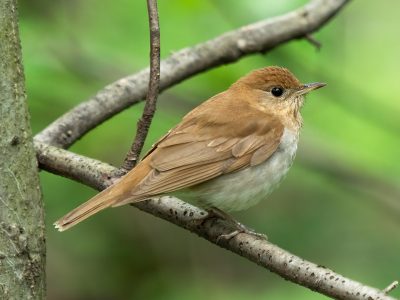
Veery
The veery is named for its sharp "veer" call.

Vermilion Flycatcher
They have a fast song that lasts up to 10 syllables at max.
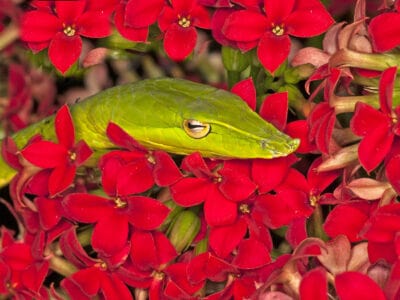
Vine Snake
A slender body and elongated snout give the vine snake a regal look.
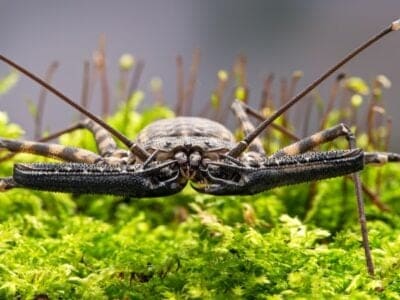
Vinegaroon
Vinegaroons can spray 19 times before the glands are depleted

Vulture
There are 30 different species worldwide!

Wasp
There are around 75,000 recognised species!
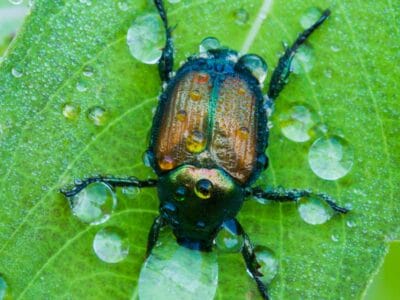
Water Beetle
Water beetles bite; they use their legs to inject venomous digestive saliva
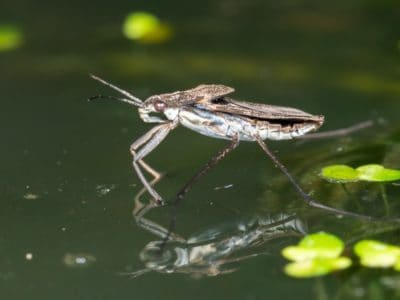
Water Bug
Some species of water bugs can deliver a painful bite when handled.
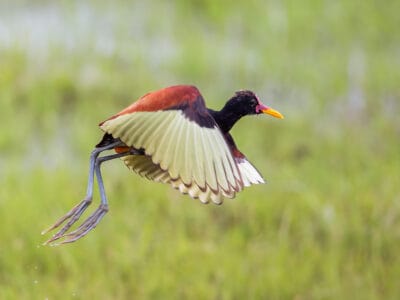
Wattled Jacana
They are typically noisy birds but take on a soft tone with their young.
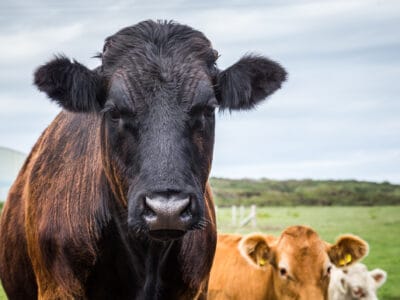
Welsh Black Cattle
Welsh Black Cattle were once used as currency in Wales and referred to as “black gold”.
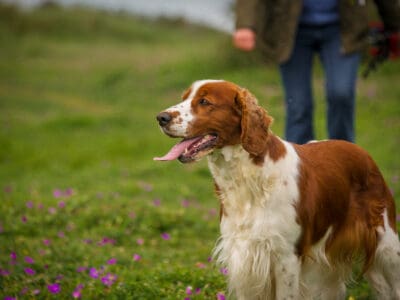
Welsh Springer Spaniel
Due to being so attached to their owners, the Welsh Springer Spaniel does not do well with being left alone and can experience separation anxiety.

Western Blind Snake
Western blind snakes are flourescent in black light!
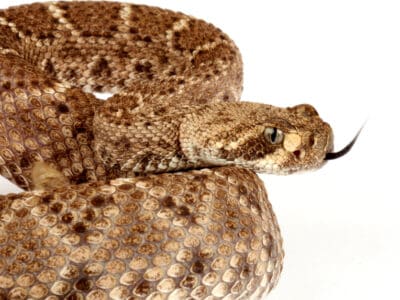
Western Diamondback Rattlesnake
They replace their fangs 2-4 times per year!
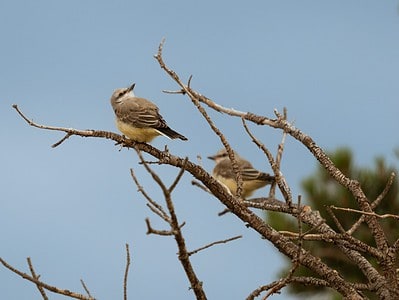
Western Kingbird
Western kingbirds have hidden red crown feathers that they can raise when threatened!
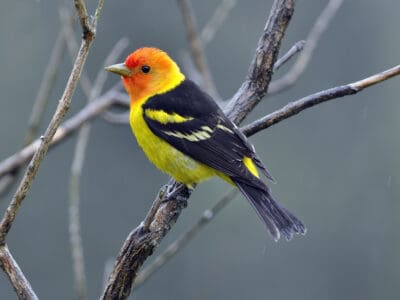
Western Tanager
They migrate farther north than any other tanager.
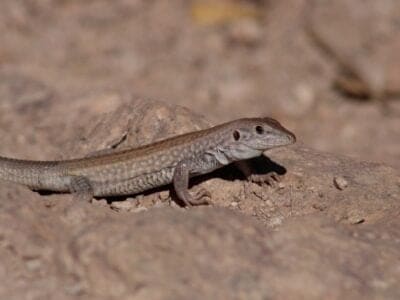
Whiptail Lizard
Many whiptail species reproduce asexually.
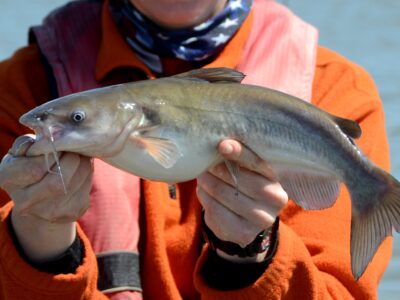
White Catfish
White catfish can grow up to 37 inches in size.

White-Crowned Sparrow
Males learn distinct songs from the community they grew up in and continue to sing in the same dialect as adults.
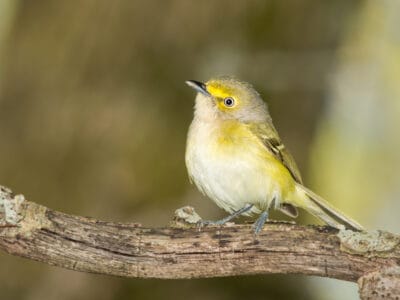
White-Eyed Vireo
During courtship, males put on exciting displays by fluffing their plumage, spreading their tails, and letting out a whining call.
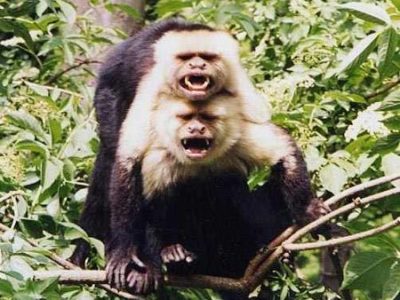
White-Faced Capuchin
One of the world's most intelligent monkeys!

White Ferret / Albino Ferrets
There are two different types of white ferrets!

White-shouldered House Moth
The larva is the pest because a fully-grown white-shouldered house moth cannot feed; it can only absorb liquid
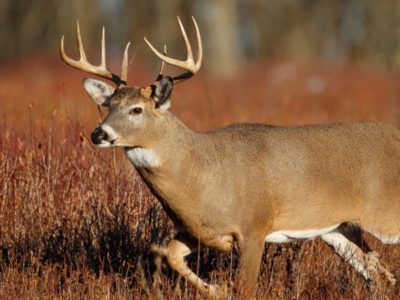
White-tail deer
White-tail deer are good swimmers
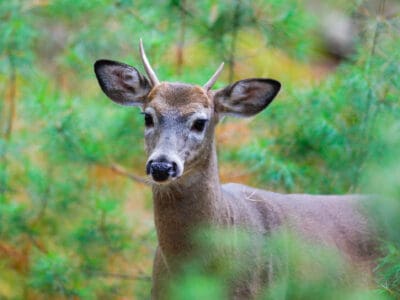
Whitetail Deer
Although deer are herbivores, they will sometimes eat mice and birds when they can catch them.

Willow Flycatcher
These birds live in the understory and are named for their propensity for flitting between willows and shrubs.
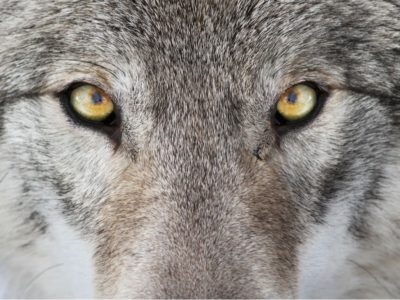
Wolf
Thought to date back more than 300,000 years!

Wolf Spider
Carnivorous arachnid that hunts its prey.
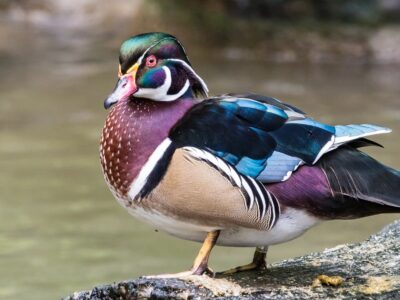
Wood Duck
Adult male wood ducks sport a striking red eye and bill year-round!

Wood Turtle
Temperature determines the sex of turtle eggs

Woodlouse
This animal can roll up into a ball

Woodpecker
There are 200 different species!
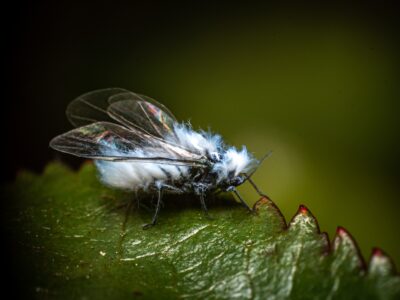
Woolly Aphids
Another name for these fuzzy insects is "boogie-woogie aphids" because of their habit of lifting their posteriors and pulsing them in synchronized motions when threatened.

Worm
Doesn’t have eyes.
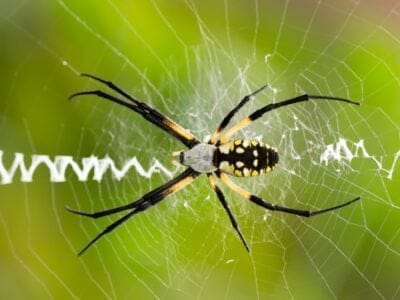
Writing Spider
males pluck webs like strings on a guitar
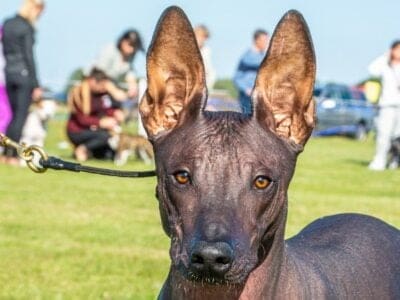
Xoloitzcuintli
The Xoloitzcuintli is the national dog of Mexico
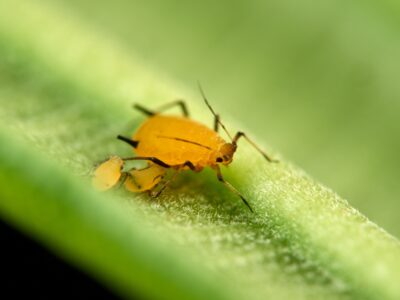
Yellow Aphids
These aphids are primarily wingless; however, once the infestation on their host gets too crowded, they develop wings, allowing them to fly to a new host plant.

Yellow Bellied Sapsucker
The males are responsible for choosing the nesting tree most of the time. Luckily, cavity nests are often reused for multiple breeding seasons (up to 7 years.)

Yellow Spotted Lizard
Gives birth to live young.

Yellow Tanager (Black-and-Yellow Tanager)
They swallow soft fruit whole

Yellowthroat
They forage near the ground, searching leaves for insects

Zebra Tarantula
They can stay hidden in their burrows for months!
Central American Animals List
- Acadian Flycatcher
- Admiral Butterfly
- Africanized bee (killer bee)
- Agouti
- Alligator Gar
- Amazon Parrot
- American Eel
- American Robin
- Anhinga
- Anole Lizard
- Ant
- Anteater
- Apple Head Chihuahua
- Arctodus
- Arizona Bark Scorpion
- Armadillo
- Armyworm
- Asian Lady Beetle
- Axolotl
- Bagworm Moth
- Bagworm Moth Caterpillar
- Baird’s Rat Snake
- Bark Beetle
- Bark Scorpion
- Barn Owl
- Barn Swallow
- Barred Owl
- Basilisk Lizard
- Bat
- Bear
- Bed Bugs
- Bee
- Beetle
- Beewolf wasp
- Belgian Canary
- Belted Kingfisher
- Bighorn Sheep
- Bird
- Biscuit Beetle
- Black and White Warbler
- Black Widow Spider
- Black Witch Moth
- Blackburnian Warbler
- Blacknose Shark
- Blind Snake
- Blue Belly Lizard
- Blue Catfish
- Blue Dragon Sea Slug
- Blue Gray Gnatcatcher
- Blue grosbeak
- Blue Iguana
- Blue Tanager (Blue-Grey Tanager)
- Blue Tang
- Bluegill
- Boas
- Bobcat
- Booby
- Bowfin
- Box Turtle
- Brahminy Blindsnake
- Brazilian Treehopper
- Brown Dog Tick
- Brown Headed Cowbird
- Buffalo Fish
- Bullfrog
- Bullsnake
- Burrowing Owl
- Bush Dog
- Bushmaster Snake
- Butterfly
- Cactus Wren
- Caecilian
- Caiman
- California Condor
- California Kingsnake
- Camel Cricket
- Camel Spider
- Cantil
- Capuchin
- Carpenter Ant
- Carpet Beetle
- Carrion Beetle
- Cascabel
- Cat
- Cat-Eyed Snake
- Caterpillar
- Catfish
- Cedar Waxwing
- Centipede
- Checkered Garter Snake
- Chestnut-Sided Warbler
- Chickadee
- Chicken
- Chicken Snake
- Chigger
- Chihuahua
- Cichlid
- Cigarette Beetle
- Click Beetle
- Clothes Moth
- Coachwhip Snake
- Coati
- Cockroach
- Coconut Crab
- Codling Moth
- Collared Peccary
- Common Furniture Beetle
- Common Grackle
- Common House Spider
- Common Raven
- Common Yellowthroat
- Congo Snake
- Conure
- Cooper’s Hawk
- Copperhead
- Coral Snake
- Corella
- Cormorant
- Cow
- Coyote
- Crab
- Crab Spider
- Crayfish
- Cricket
- Crocodile
- Crocodylomorph
- Crow
- Cuban Boa
- Cuban Cockroach
- Cuckoo
- Curly Hair Tarantula
- Damselfish
- Dark-Eyed Junco
- Darkling Beetle
- De Kay’s Brown Snake
- Death’s Head Cockroach
- Deer Head Chihuahua
- Deer Mouse
- Desert Tortoise
- Dickcissel
- Dire Wolf
- Dog
- Dog Tick
- Donkey
- Dragonfly
- Dubia Cockroach
- Duck
- Dung Beetle
- Dusky Shark
- Dwarf Boa
- Eagle
- Earthworm
- Earwig
- Eastern Bluebird
- Eastern Fence Lizard
- Eastern Kingbird
- Eastern Meadowlark
- Eastern Phoebe
- Eastern Racer
- Eel
- Egret
- Elegant Tern
- Elephant Beetle
- Emerald Toucanet
- Eurasian Collared Dove
- European Starling
- Eyelash Viper
- Falcon
- False Widow Spider
- Fancy Mouse
- Fer-de-lance Snake
- Ferruginous Hawk
- Fiddler Crab
- Firefly
- Flamingo
- Flathead Catfish
- Flea
- Flea Beetle
- Flour Beetle
- Fly
- Flying Squirrel
- Fox Squirrel
- Freshwater Drum
- Freshwater Jellyfish
- Frog
- Fruit Fly
- Fulvous Whistling Duck
- Galapagos Shark
- Gar
- Garter Snake
- Gecko
- Geoffroys Tamarin
- German Cockroach
- Giant Desert Centipede
- Giant Leopard Moth
- Glass Frog
- Glowworm
- Gnat
- Golden-Crowned Kinglet
- Golden Tortoise Beetle
- Gopher
- Gopher Snake
- Goshawk
- Grass Snake
- Grass Spider
- Grasshopper
- Grasshopper Mouse
- Gray Catbird
- Gray Fox
- Great Blue Heron
- Great Crested Flycatcher
- Great Kiskadee
- Great Plains Rat Snake
- Great Potoo Bird
- Grebe
- Green Heron
- Green Snake
- Ground Snake
- Grouper
- Guppy
- Gypsy Moth
- Hairy Woodpecker
- Hamburg Chicken
- Hammond’s flycatcher
- Hamster
- Hare
- Harlequin Coral Snake
- Harpy Eagle
- Harris’s Hawk
- Havanese
- Hawk Moth Caterpillar
- Hepatic Tanager (Red Tanager)
- Hercules Beetle
- Heron
- Herring Gull
- Hobo Spider
- Hogfish
- Hognose snake
- Honduran White Bat
- Honey Bee
- Hooded Oriole
- Horned Beetle
- Horned Lizard
- Horse
- Horsefly
- Horseshoe Crab
- House Finch
- House Sparrow (English Sparrow)
- House wren
- Housefly
- Howler Monkey
- Human
- Hummingbird
- Huntsman Spider
- Ibis
- Iguana
- Imperial Moth
- Indigo Snake
- Insect
- Insects
- Ivory-billed woodpecker
- Jabiru
- Jacana
- Jack Crevalle
- Jackrabbit
- Jaguar
- Jaguarundi Cat
- Jamaican Boa
- Jamaican Iguana
- Japanese Bantam Chicken
- Jumping Spider
- Kangaroo Rat
- Katydid
- Keel-Billed Toucan
- Kentucky Warbler
- Keyhole Cichlid
- Killdeer
- Killifish
- King Vulture
- Kingfisher
- Kinkajou
- Kissing Bugs
- Kit Fox
- Kitefin Shark
- Knifefish
- Knight Anole
- Ladybug
- Larder Beetle
- Leafcutter Ant
- Leafcutter Bee
- Least Flycatcher
- Leatherback Sea Turtle
- Leech
- Leopard Frog
- Leopard Lizard
- Lesser Scaup
- Lizard
- Lizardfish
- Locust
- Lone Star Tick
- Macaw
- MacGillivray’s Warbler
- Maggot
- Magnolia Warbler
- Mahi Mahi (Dolphin Fish)
- Mallard
- Margay
- Marine Toad
- Marmoset
- Mason Bee
- Massasauga
- Mayan Cichlid
- Mayfly
- Mealybug
- Mexican Alligator Lizard
- Mexican Eagle (Northern crested caracara)
- Mexican Free-Tailed Bat
- Mexican Mole Lizard
- Milk Snake
- Millipede
- Mockingbird
- Mojarra
- Mojave Rattlesnake
- Mole
- Mole Cricket
- Mollusk
- Molly
- Monarch Butterfly
- Mongrel
- Monkey
- Monte Iberia Eleuth
- Moonglow Boa
- Moorhen
- Morpho Butterfly
- Mosquito
- Moth
- Mountain Bluebird
- Mountain Lion
- Mourning Dove
- Mourning Gecko
- Mourning Warbler
- Mouse
- Mule
- Mullet Fish
- Muscovy Duck
- Muskrat
- Mussurana Snake
- Naegleria
- Needlefish
- Nematode
- Nightjar
- No See Ums
- Northern Bobwhite
- Northern Cardinal
- Northern Flicker
- Northern Harrier
- Northern Jacana
- Northern Parula
- Northern Pintail
- Northern Potoo
- Norway Rat
- Nuthatch
- Ocellated Turkey
- Ocelot
- Orange-Crowned Warbler
- Orb Weaver
- Orchard Oriole
- Osprey
- Otter
- Ovenbird
- Owl
- Owl Butterfly
- Owlfly (Ascalaphidae)
- Ox
- Pacific Coast Tick
- Painted Bunting
- Panther
- Parrot
- Parrot Snake
- Parrotlet
- Pelagornithidae
- Peregrine Falcon
- Pheasant
- Phoenix Chicken
- Pigeon
- Pine Beetle
- Pine Siskin
- Pipe Snake
- Pit Viper
- Plains Hognose Snake
- Poison Dart Frog
- Polyphemus Moth
- Pompano Fish
- Porcupine
- Potoo
- Powderpost Beetle
- Prairie Dog
- Prairie Rattlesnake
- Praying Mantis
- Pronghorn
- Puma
- Purple Gallinule
- Purussaurus
- Quahog Clam
- Quail
- Quetzal
- Quetzalcoatlus northropi
- Raccoon
- Racer Snake
- Rainbow Boa
- Rat
- Rat Snakes
- Rattlesnake
- Red Diamondback Rattlesnake
- Red-Eared Slider
- Red-Eyed Tree Frog
- Red Finch
- Red-Footed Tortoise
- Red Knee Tarantula
- Red Racer Snake
- Red-Shouldered Hawk
- Red Tail Boa (common boa)
- Red-winged blackbird
- Rhino Beetle
- Ribbon Snake
- Ring-billed Gull
- River Turtle
- Roadrunner
- Robber Flies
- Robin
- Rodents
- Rooster
- Root Aphids
- Rose-Breasted Grosbeak
- Roseate Spoonbill
- Rosy Boa
- Rove Beetle
- Ruby-Throated Hummingbird
- Ruddy Duck
- Saber-Toothed Tiger
- Sable Ferret
- Saddleback Caterpillar
- Sailfish
- Salamander
- Sand Crab
- Sand Dollar
- Sandhill Crane
- Sandpiper
- Saturniidae Moth
- Sauropoda
- Savannah Sparrow
- Scale-Crested Pygmy Tyrant
- Scarlet Macaw
- Scissor-tailed Flycatcher
- Scorpion
- Sea Eagle
- Seagull
- Seahorse
- Senepol Cattle
- Sharp-Shinned Hawk
- Sheep
- Short-Eared Owl
- Short-Faced Bear
- Shrew
- Shrimp
- Sidewinder
- Skink Lizard
- Sloth
- Slug
- Smallmouth Bass
- Smokybrown Cockroach
- Smooth Green Snake
- Snail
- Snake
- Snook Fish
- Snowflake Eel
- Soldier Beetle
- Song Sparrow
- Southern Black Racer
- Southern House Spider
- Southern Pacific Rattlesnake
- Spanish Goat
- Sparrow
- Spider
- Spider Beetle
- Spider Monkey
- Spider Wasp
- Spotted Gar
- Spotted Skunk
- Squash Bee
- Squirrel
- Squirrel Monkey
- Stick Insect
- Stork
- Summer Tanager
- Superworm
- Surgeonfish
- Swainson’s Hawk
- Swallow
- Swallowtail Butterfly
- Swallowtail Caterpillar
- Swan
- Tamarin
- Tarantula
- Tarantula Hawk
- Termite
- Texas Blind Snake
- Texas Coral Snake
- Texas Indigo Snake
- Texas Spiny Lizard
- Thrush
- Tick
- Tiger Beetle
- Tiger Rattlesnake
- Tomato Hornworm
- Tortoise
- Toucan
- Tree Cricket
- Tree Frog
- Tree swallow
- Triggerfish
- Tufted Coquette
- Turkey
- Turkey Vulture
- Turtles
- Tussock Moth
- Tussock Moth Caterpillar
- Umbrellabird
- Upland Sandpiper
- Vampire Bat
- Veery
- Vermilion Flycatcher
- Vine Snake
- Vinegaroon
- Vulture
- Wasp
- Water Beetle
- Water Bug
- Wattled Jacana
- Welsh Black Cattle
- Welsh Springer Spaniel
- Western Blind Snake
- Western Diamondback Rattlesnake
- Western Kingbird
- Western Tanager
- Whiptail Lizard
- White Catfish
- White-Crowned Sparrow
- White-Eyed Vireo
- White-Faced Capuchin
- White Ferret / Albino Ferrets
- White-shouldered House Moth
- White-tail deer
- Whitetail Deer
- Willow Flycatcher
- Wolf
- Wolf Spider
- Wood Duck
- Wood Turtle
- Woodlouse
- Woodpecker
- Woolly Aphids
- Worm
- Writing Spider
- Xoloitzcuintli
- Yellow Aphids
- Yellow Bellied Sapsucker
- Yellow-faced Bee
- Yellow Spotted Lizard
- Yellow Tanager (Black-and-Yellow Tanager)
- Yellowthroat
- Zebra Tarantula
Central America FAQs (Frequently Asked Questions)
What Kinds of Animals Live in Central America?
In Central America, you are likely to see many exotic rainforest animals like parrots, toucans, monkeys, sloths, iguanas, crocodiles, and jaguars. Unique birds include macaws, parrots, and toucans, but you will also find owls and hawks in the forests.
Central America is home to several species of big cats, including panthers, jaguars, margays, ocelots, and jaguarundi.
The waters of these countries support many important coral reef systems. For instance, the Belize Barrier Reef is the second largest barrier reef system in the world. These waters are important nesting grounds for sea turtles, manatees, water birds, and many endangered species. Central America contains many UNESCO World Heritage Sites that recognize the unique importance of their flora and fauna.
Each country in Central America has its own unique species. These countries have taken steps to protect their precious natural resources by establishing national parks and marine reserves.
What Exotic Animals Are in Central America?
- Baird’s tapir: The tapir, known locally as the mountain cow, looks like a cross between a cow and a wild pig. This unusual animal almost became extinct, but it is now beloved for its gentle personality and amusing behavior. Tapirs now enjoy protected status in most of Central America.
- White-faced capuchin monkey: This small, beautiful monkey is exceptionally smart. Central America has many unique monkey species, including howler monkeys, which are the loudest animal on earth.
- Quetzal: This brilliantly colored bird is remarkable for its extremely long tail feathers. Although the quetzal is the national bird of Guatemala, it is critically endangered. Cloud forest preserves are important sanctuaries for quetzals and other tropical birds.
- Jaguar: The largest wild cat of the Northern hemisphere, the mysterious, elusive jaguar is an important cultural symbol to Central Americans. Although jaguars are endangered, their populations are recovering.
- Iguana: There are several types of iguanas, and you can find them all in Central America. You can find marine iguanas, green iguanas and blue iguanas. Although iguanas seem to be everywhere when you’re in Central America, they are threatened by habitat loss and introduced species, including cats and dogs, that prey on them.
How Many Mammal Species Are Found in Central America?
Central America has more than 350 native mammal species.
What Animals Live in the Central American Rainforest?
- Tropical birds: You will see many vivid, loud tropical birds in the rainforest, including scarlet macaws, keel-billed toucans, and orange-winged parrots. Hummingbirds are prevalent in the rainforests and surrounding areas.
- Big cats: Jaguars, ocelots, panthers, and margays all live in the tropical rainforests and the mountain cloud forests.
- Kinkajou: This small, nocturnal mammal spends its life in the rainforest trees. This adorable, big-eared creature has a long tongue and loves to forage for fruit.
- Marsupials: Central America is home to much-loved marsupials like the sloth. Central America is home to pygmy sloths, Hoffman’s two-toed sloths, and brown-throated sloths.
- Marine life: Dolphins, manatees, and sea turtles all live in the warm waters around Central America.
- Insects: The lanternfly, rhinoceros beetle, black butterfly, mosquito, and praying mantis are all native to the rainforest.



